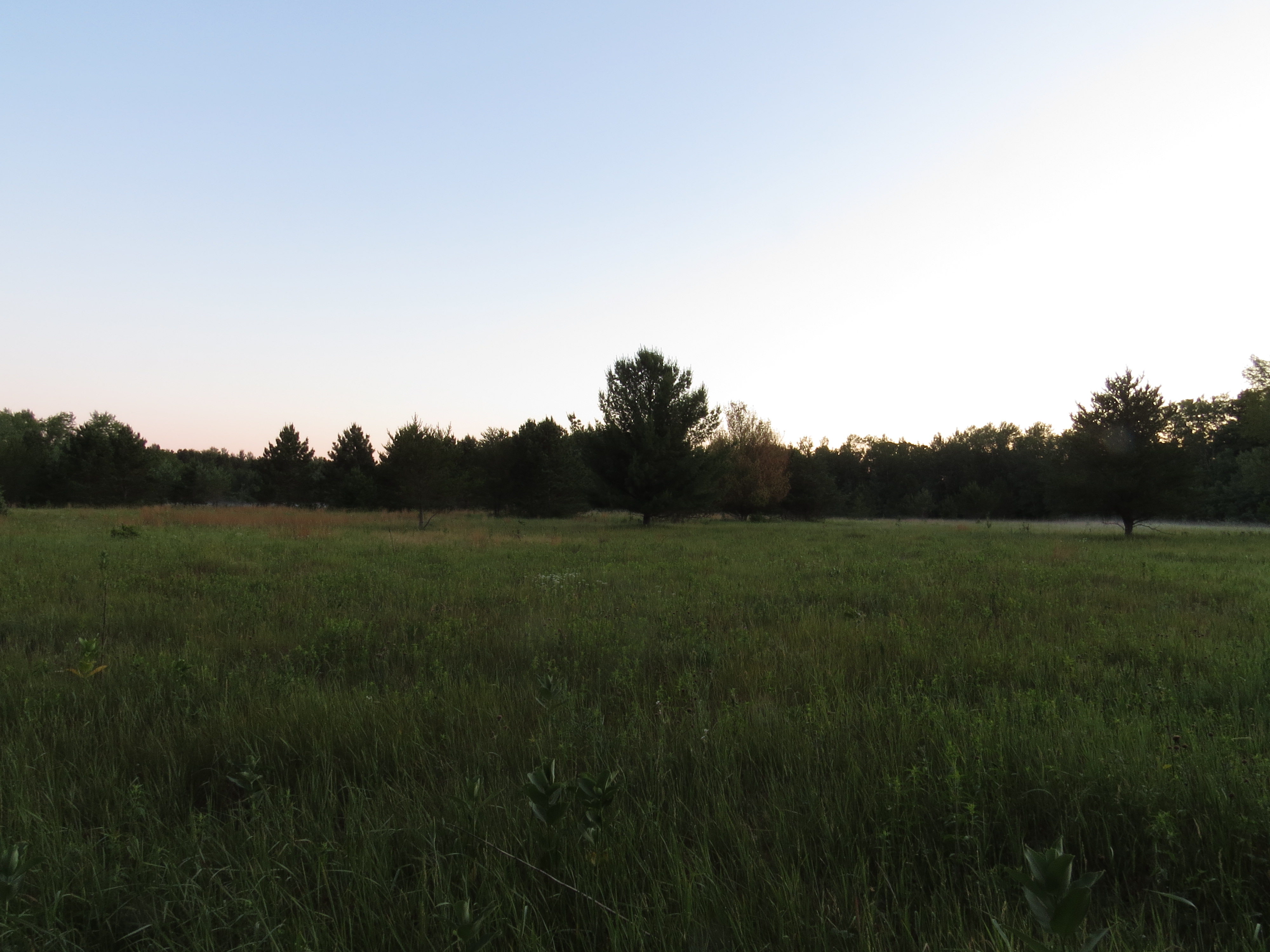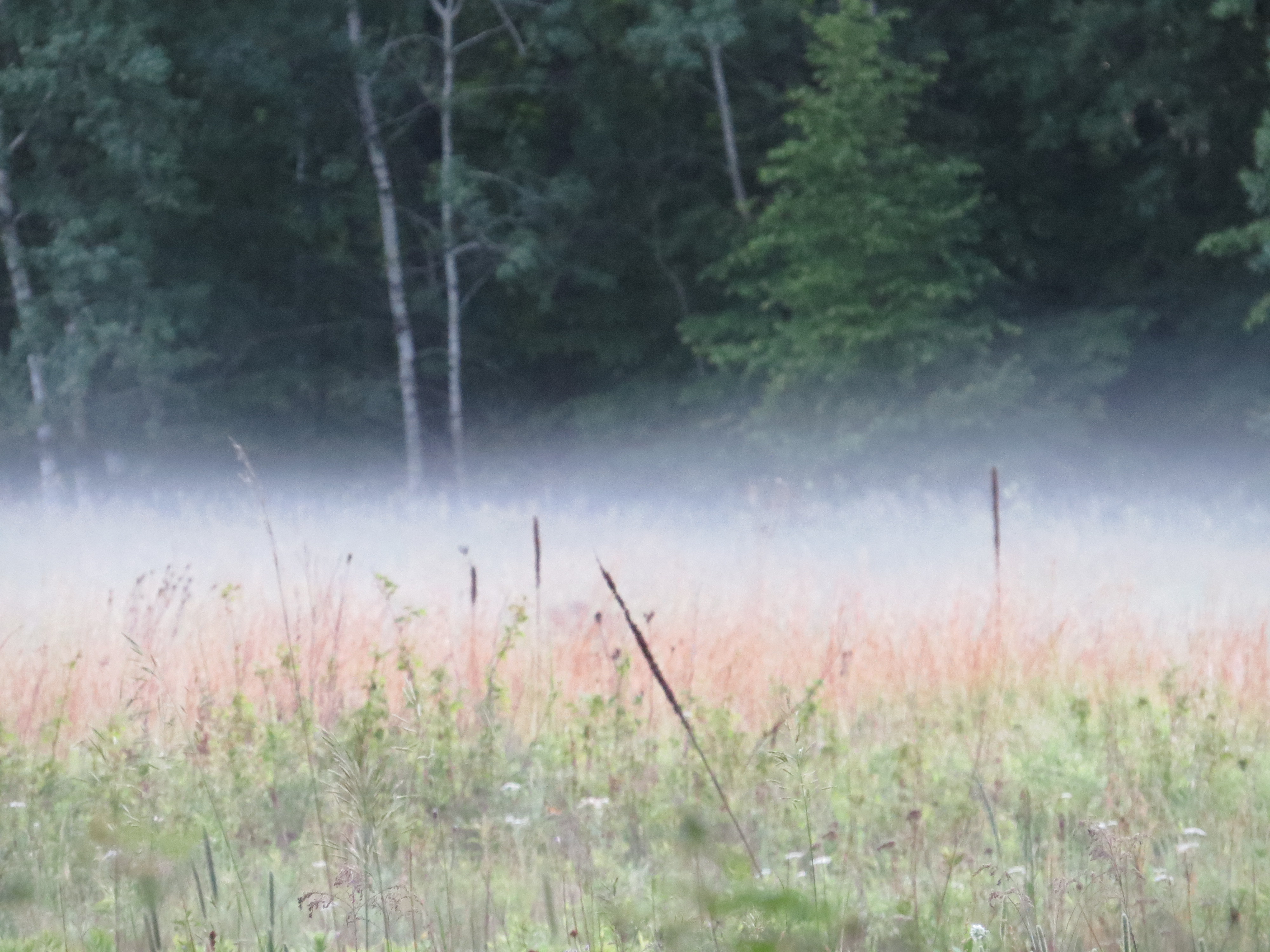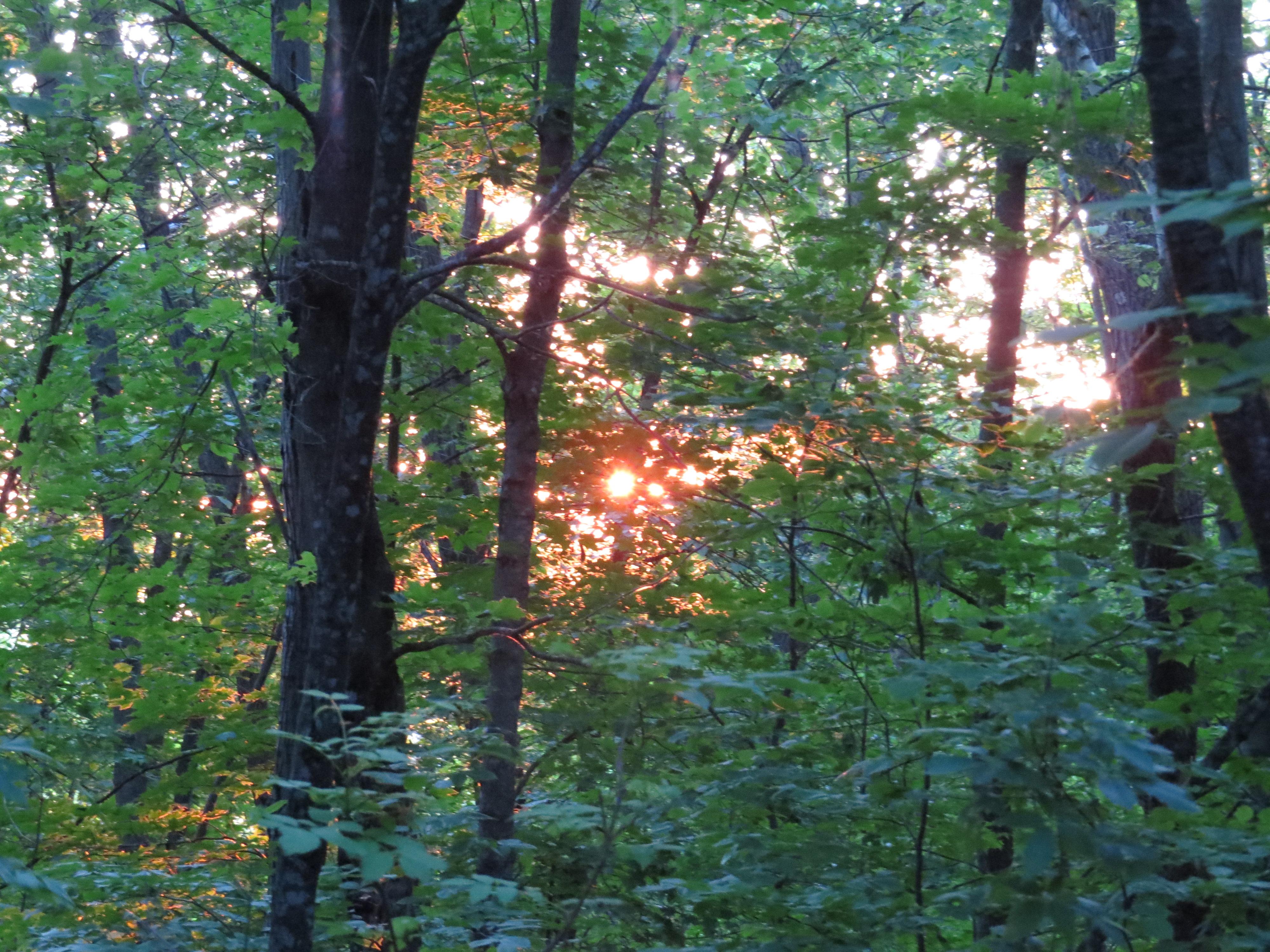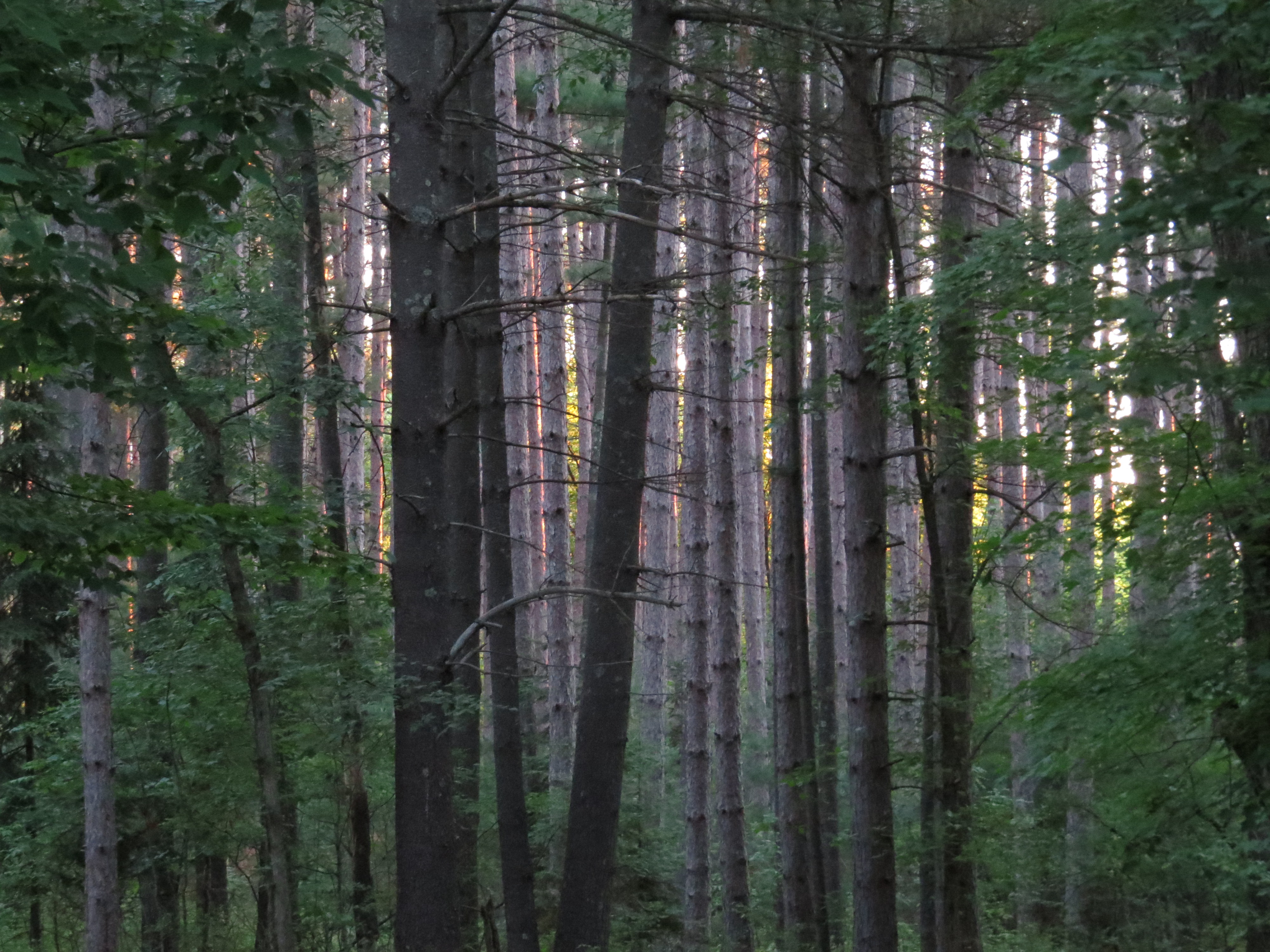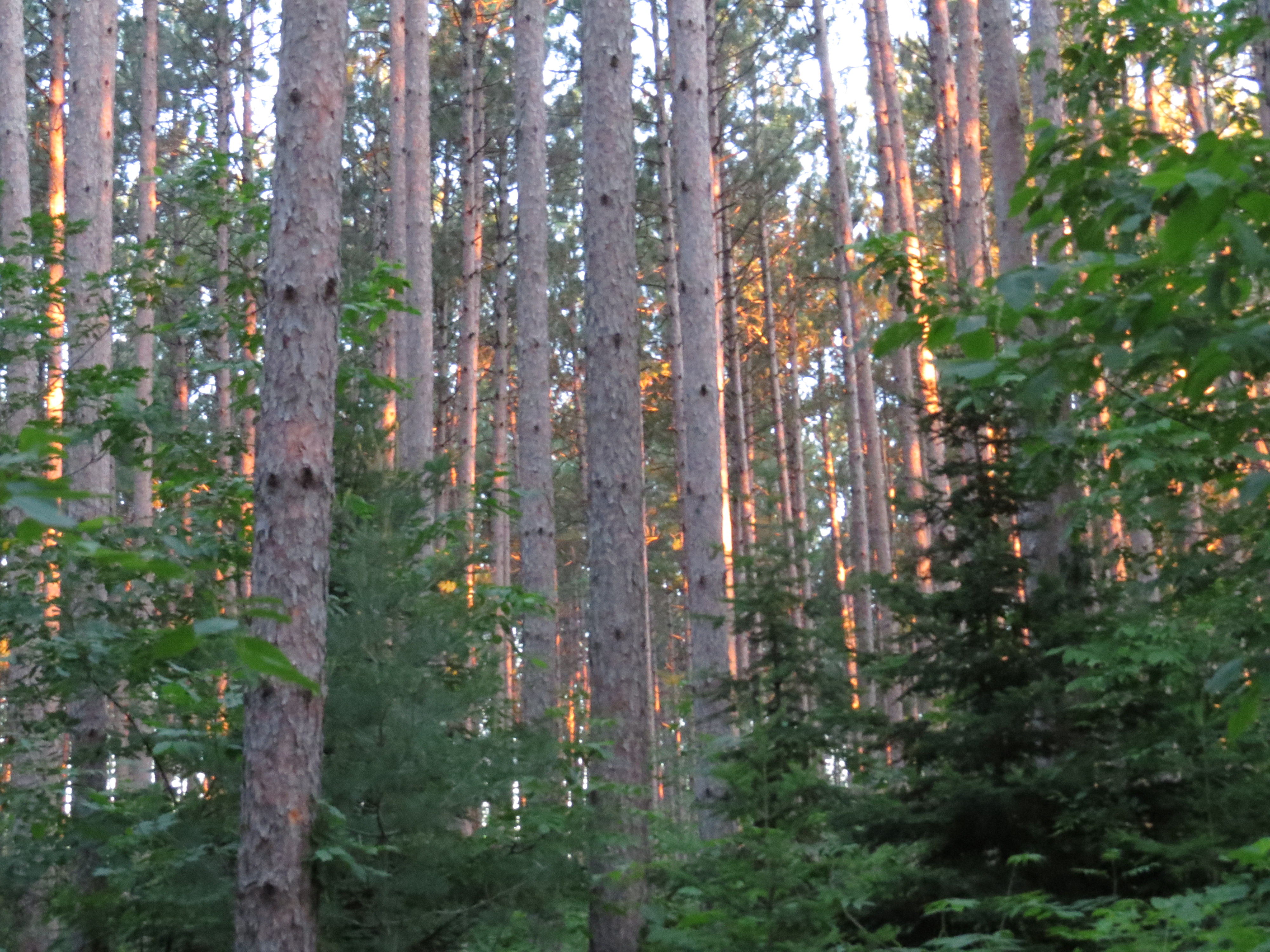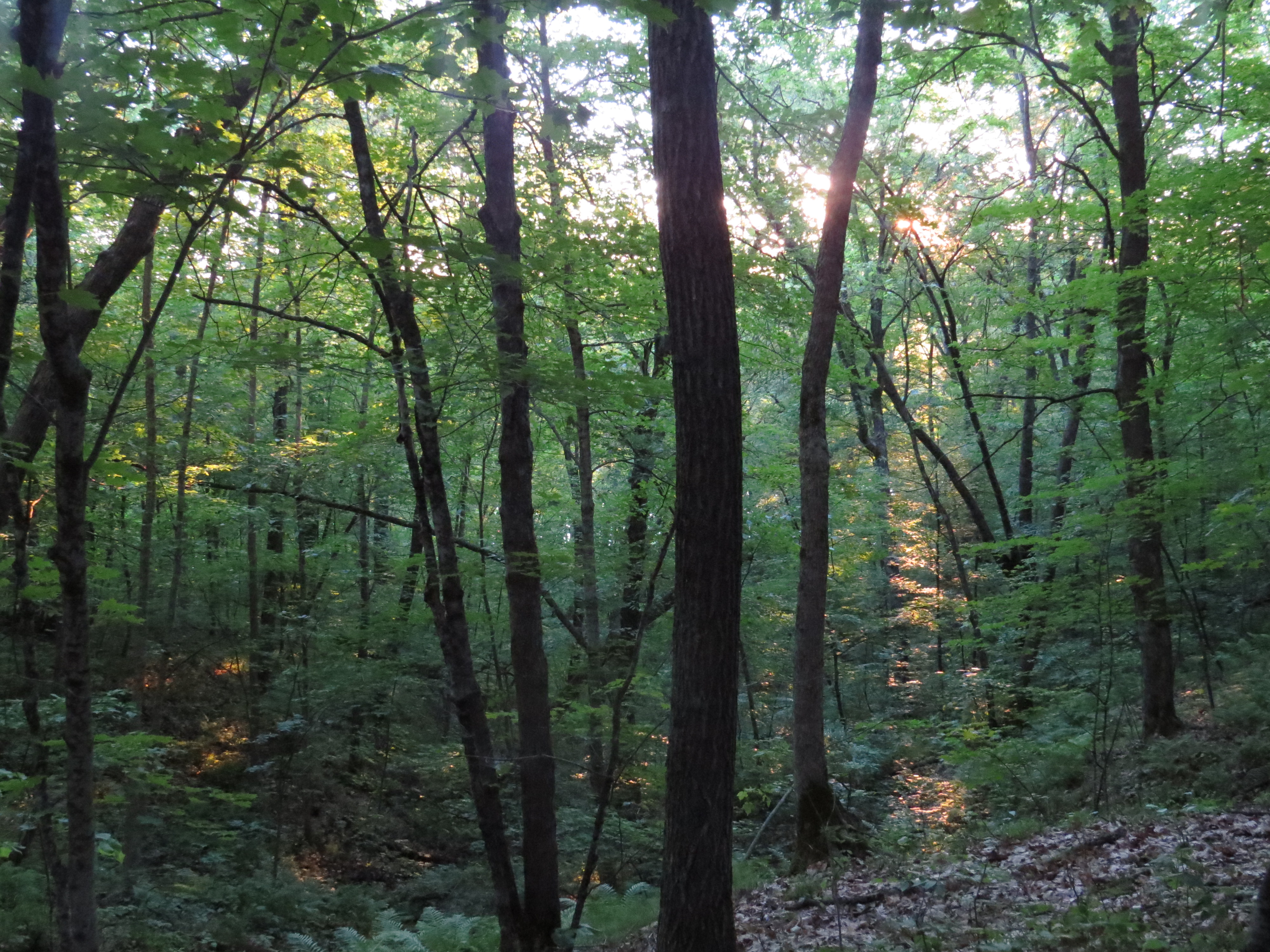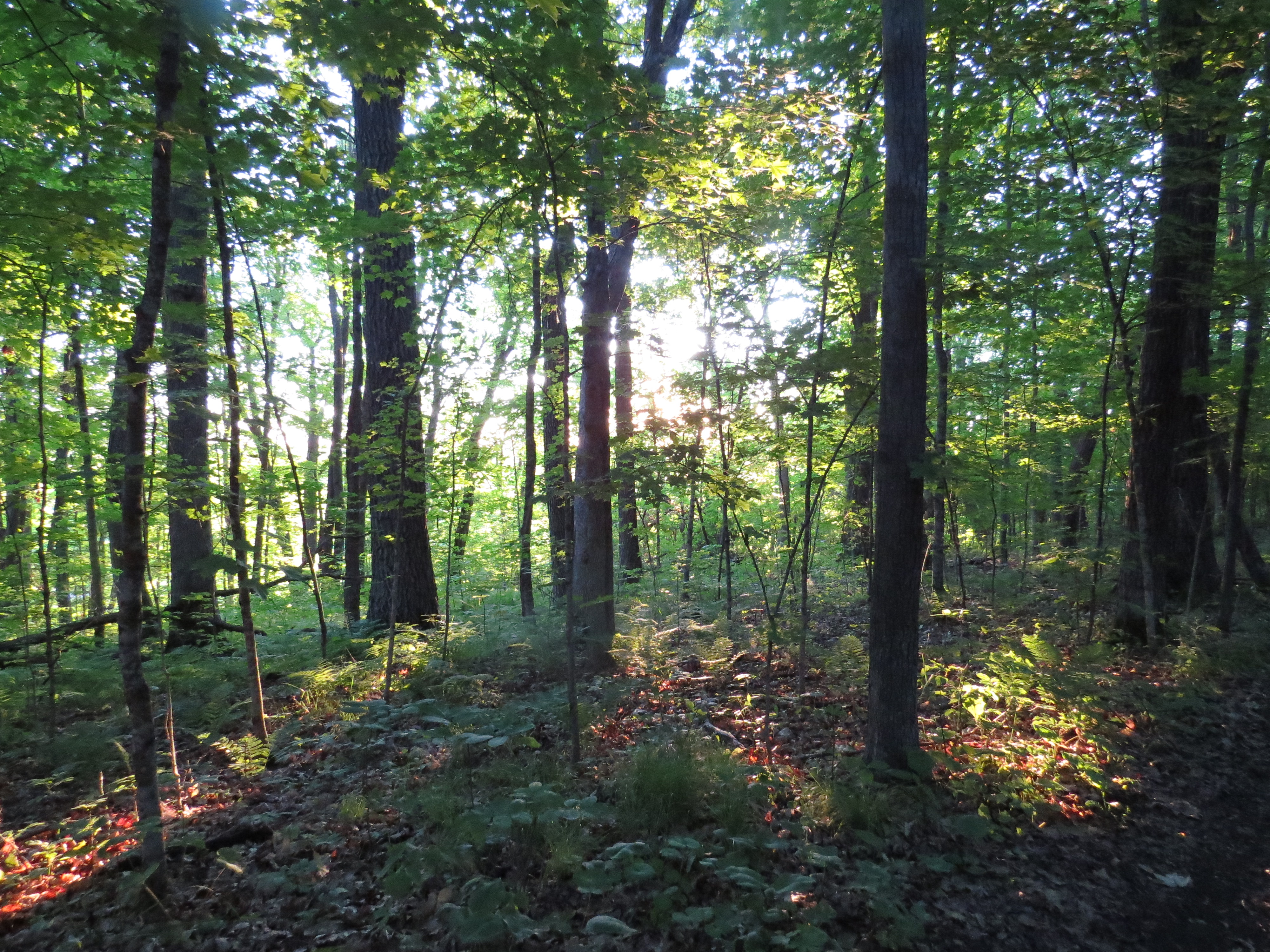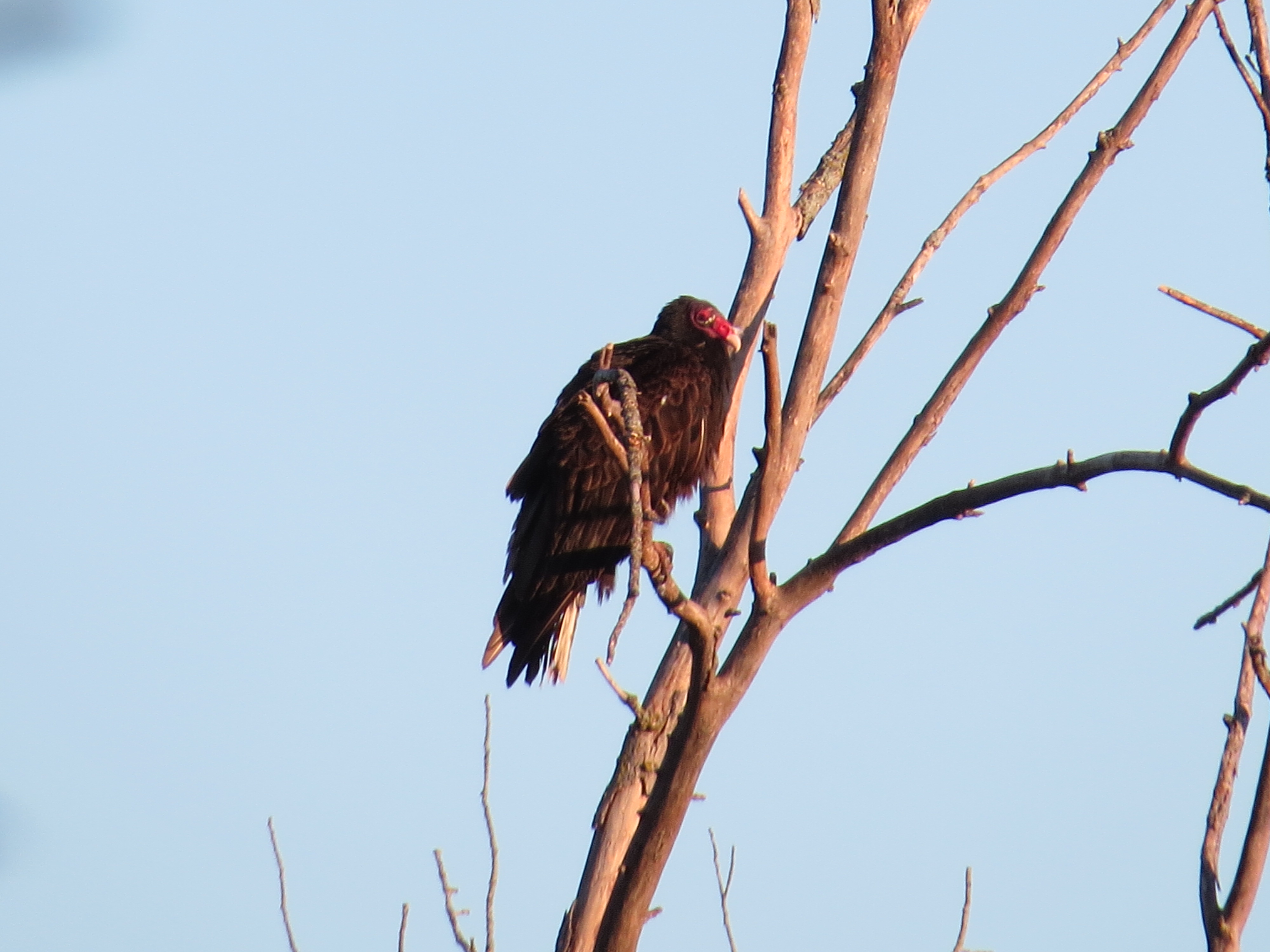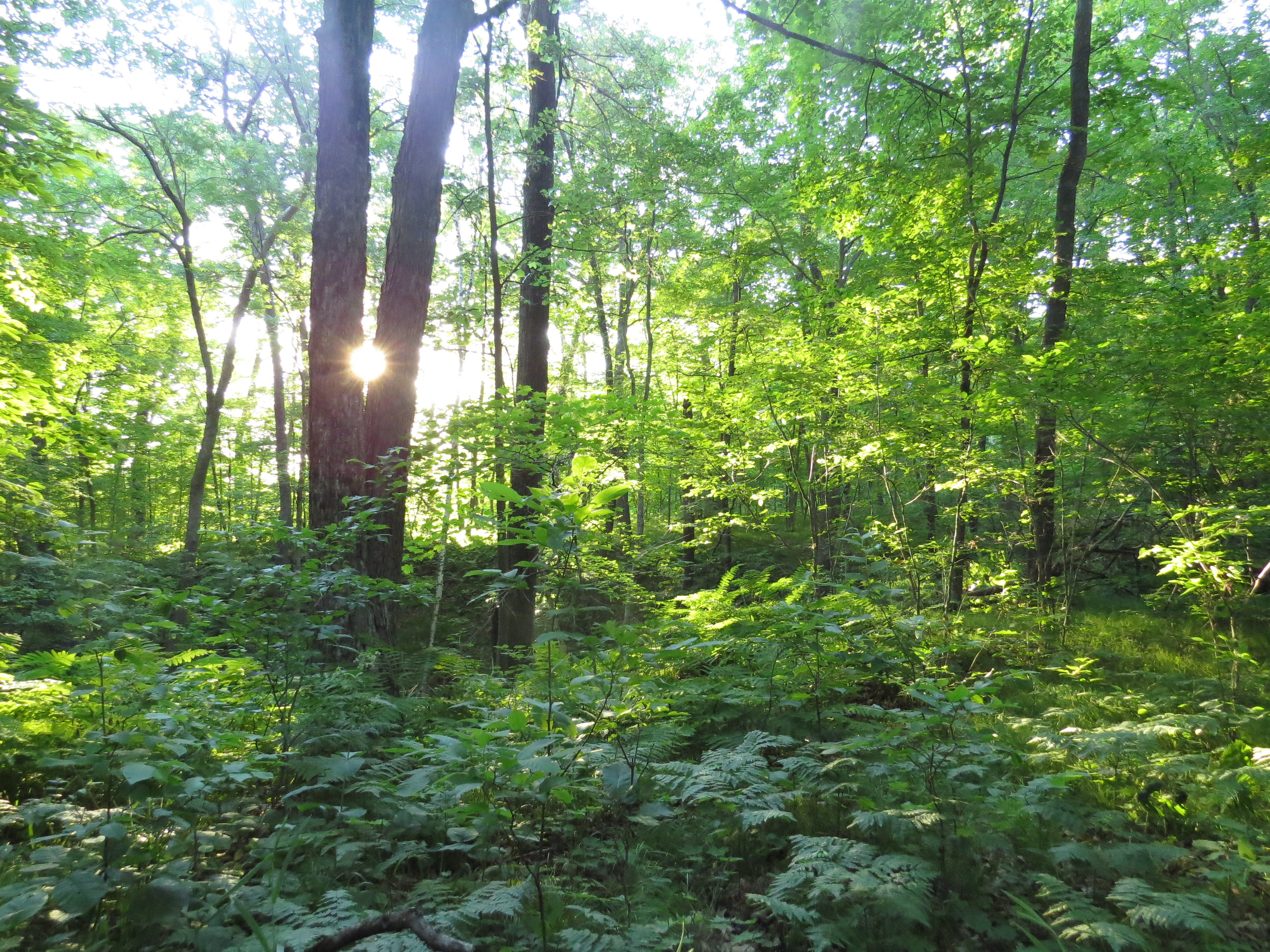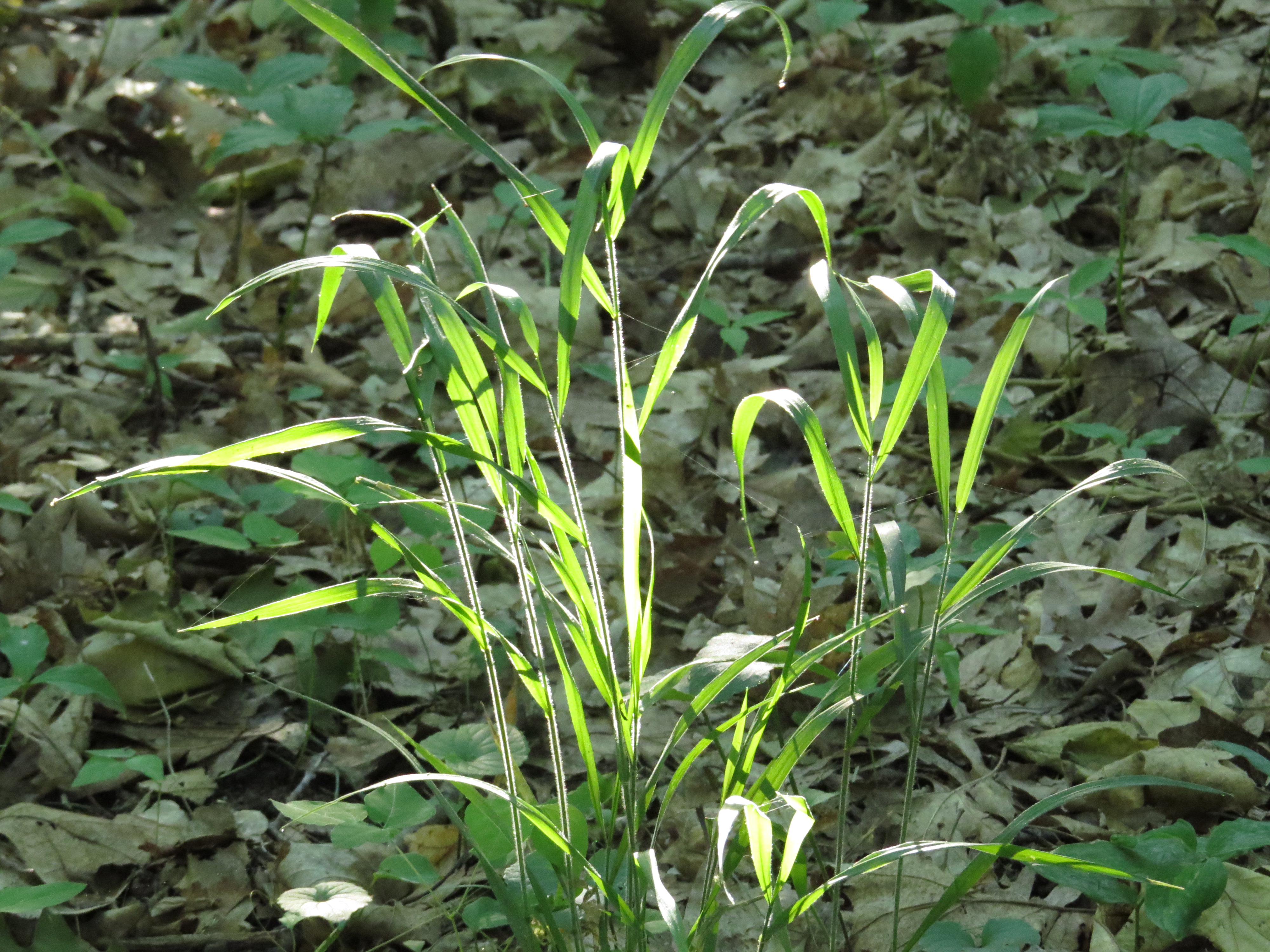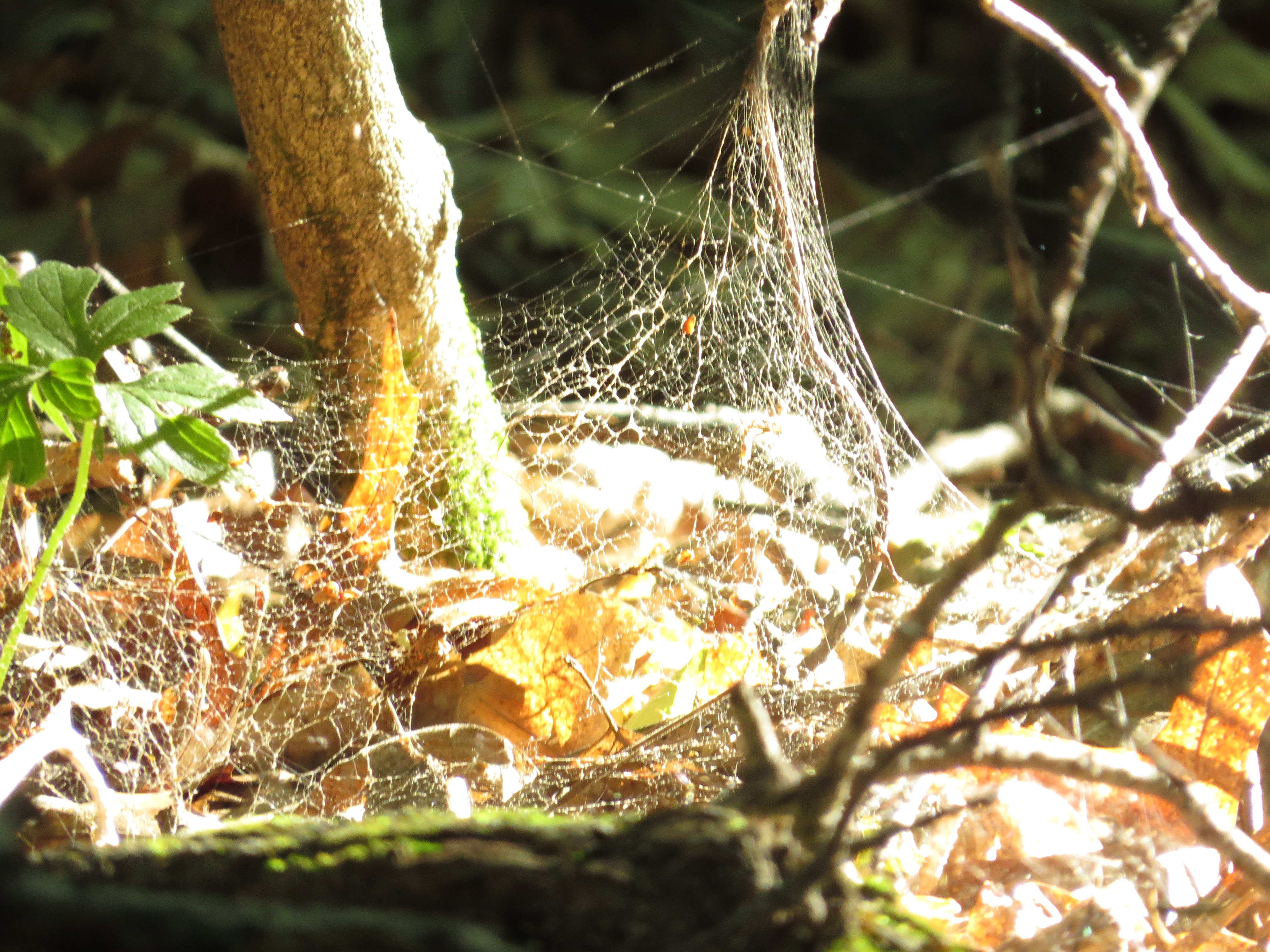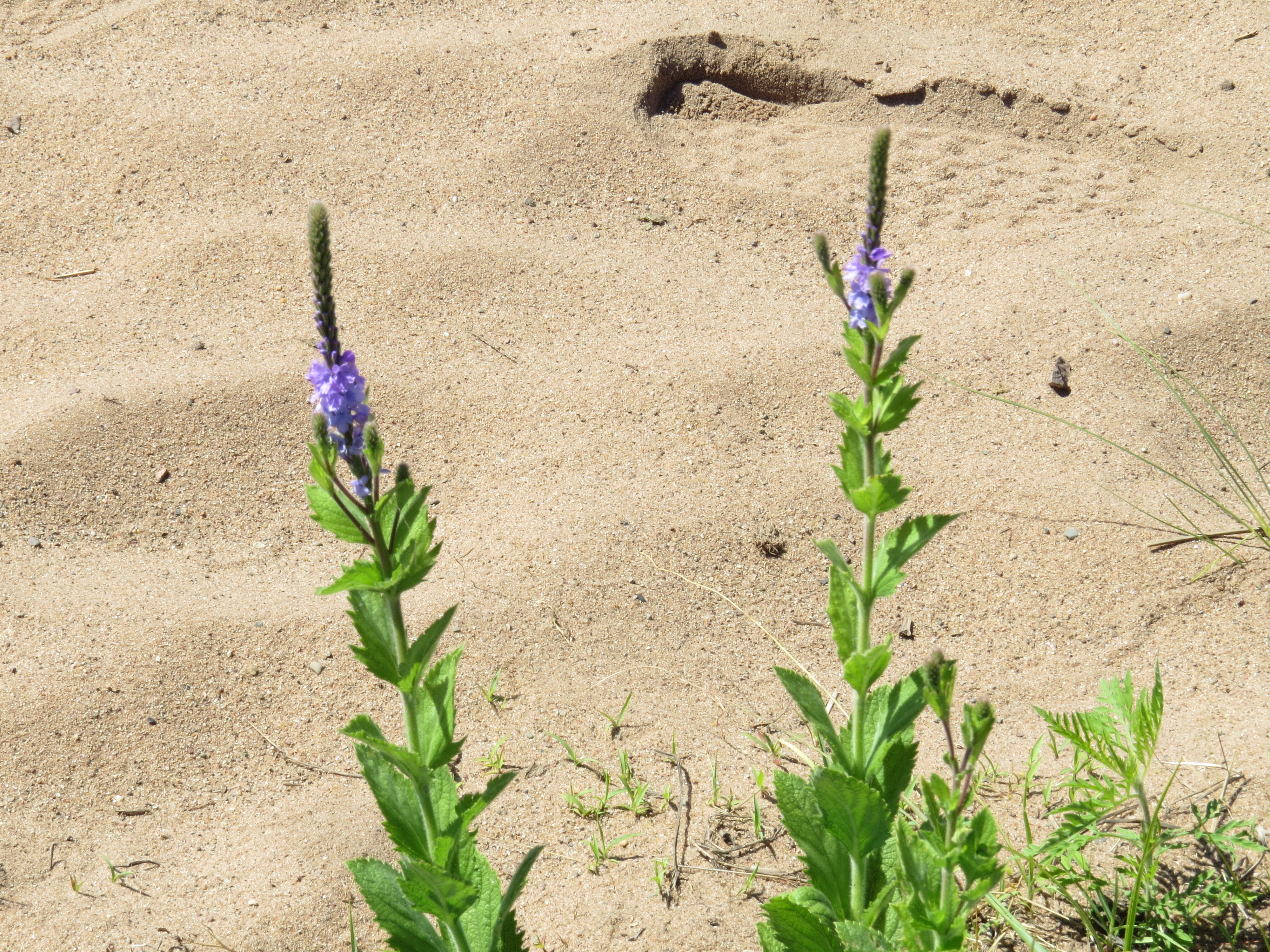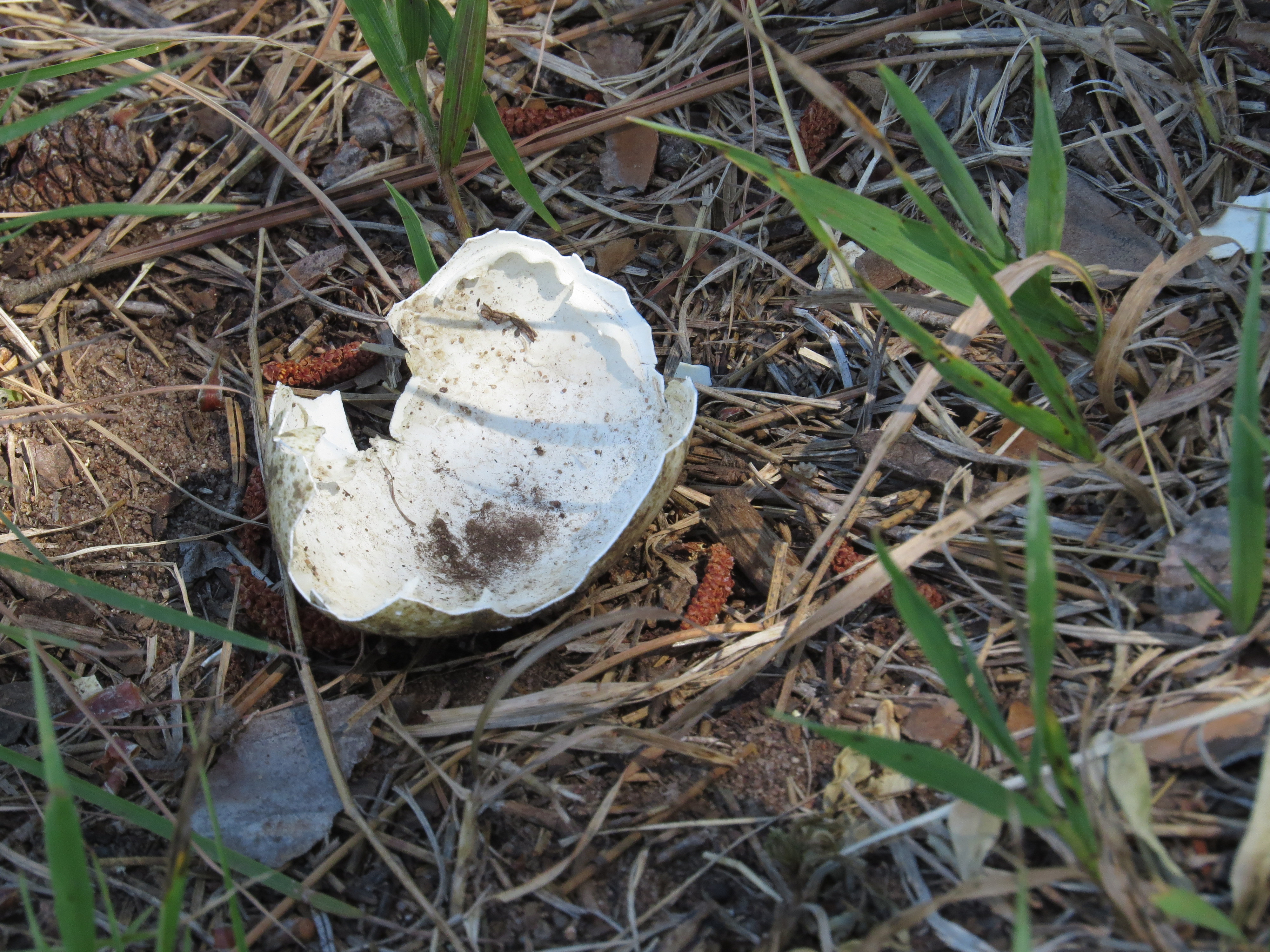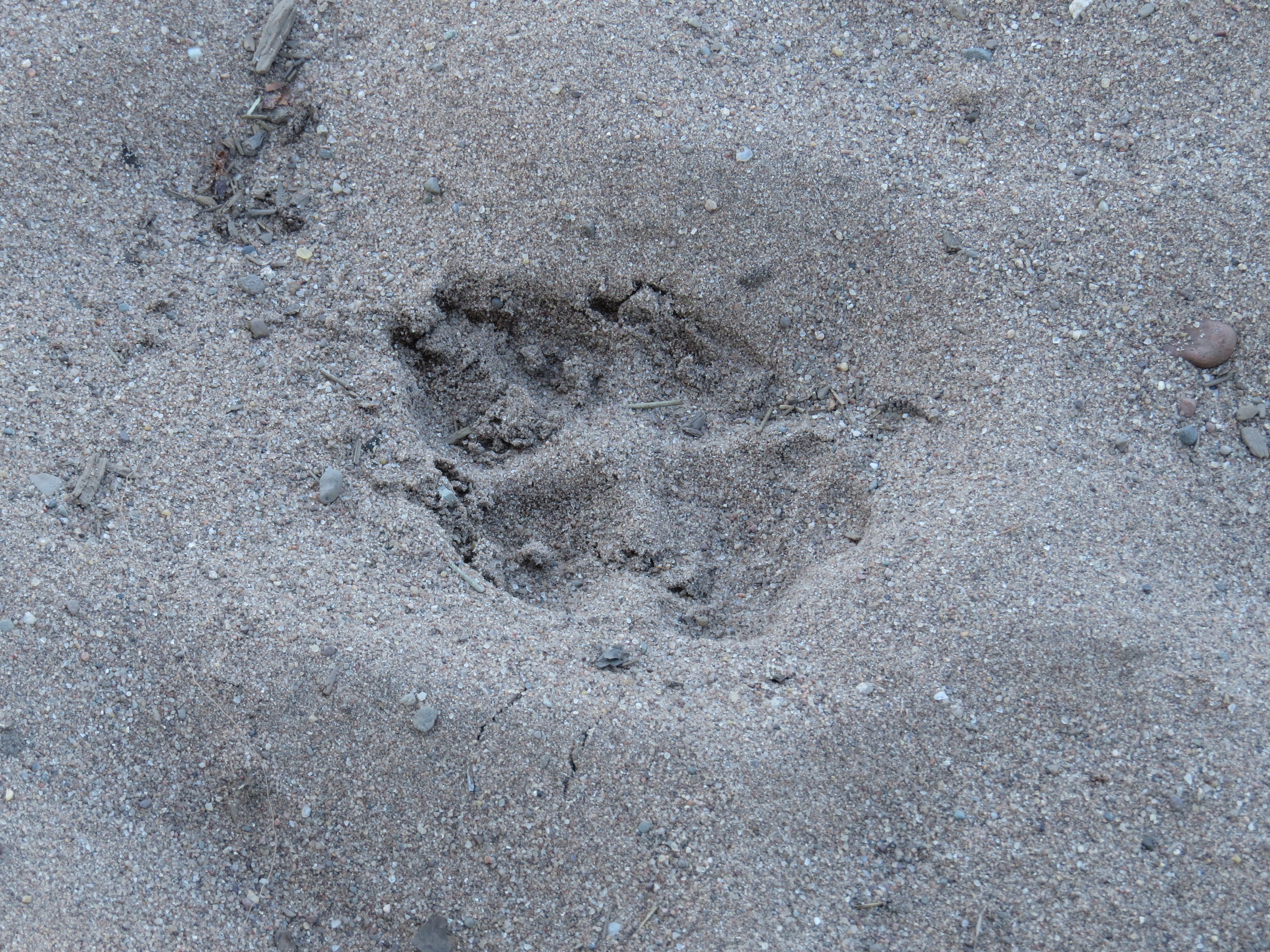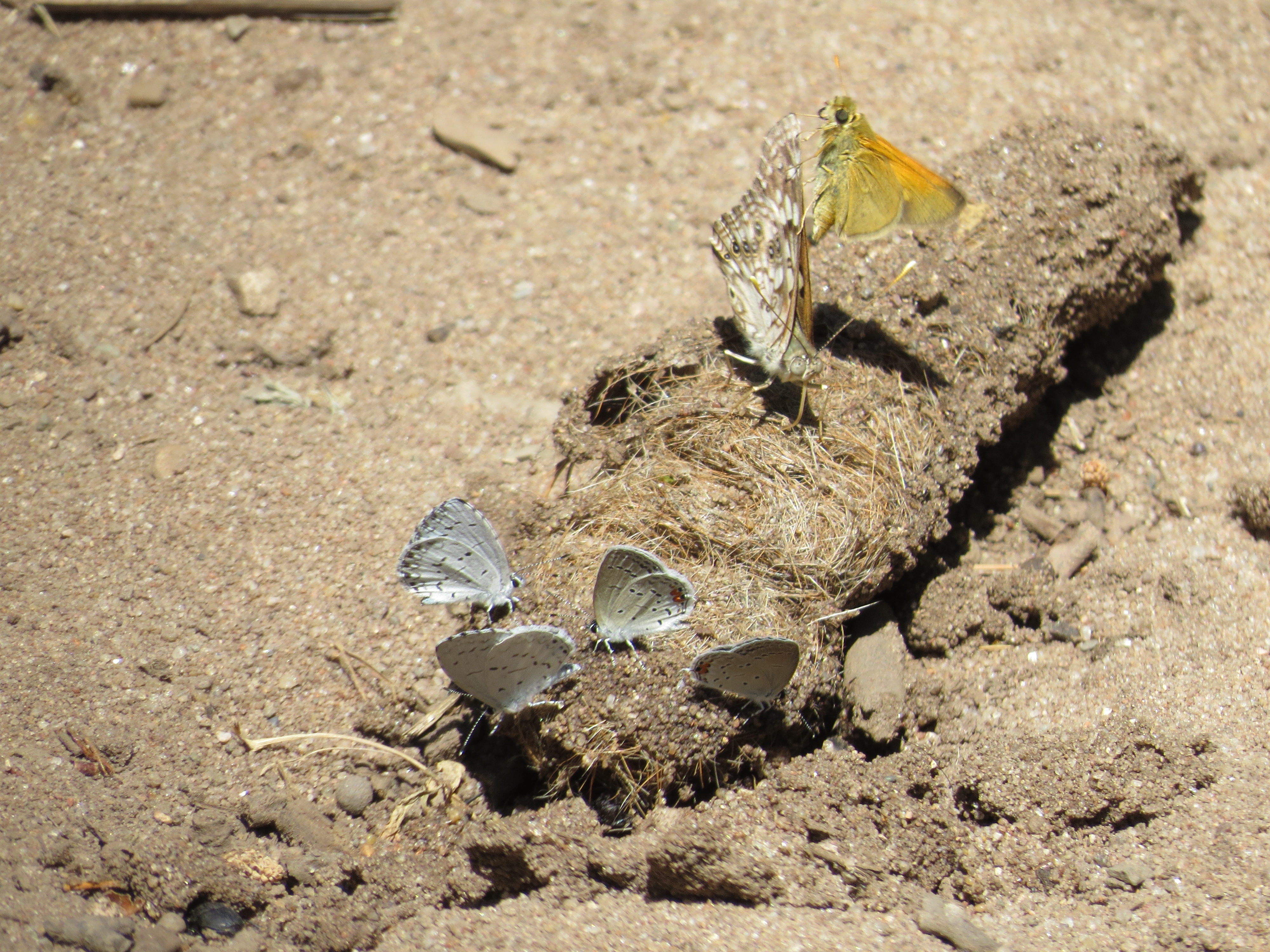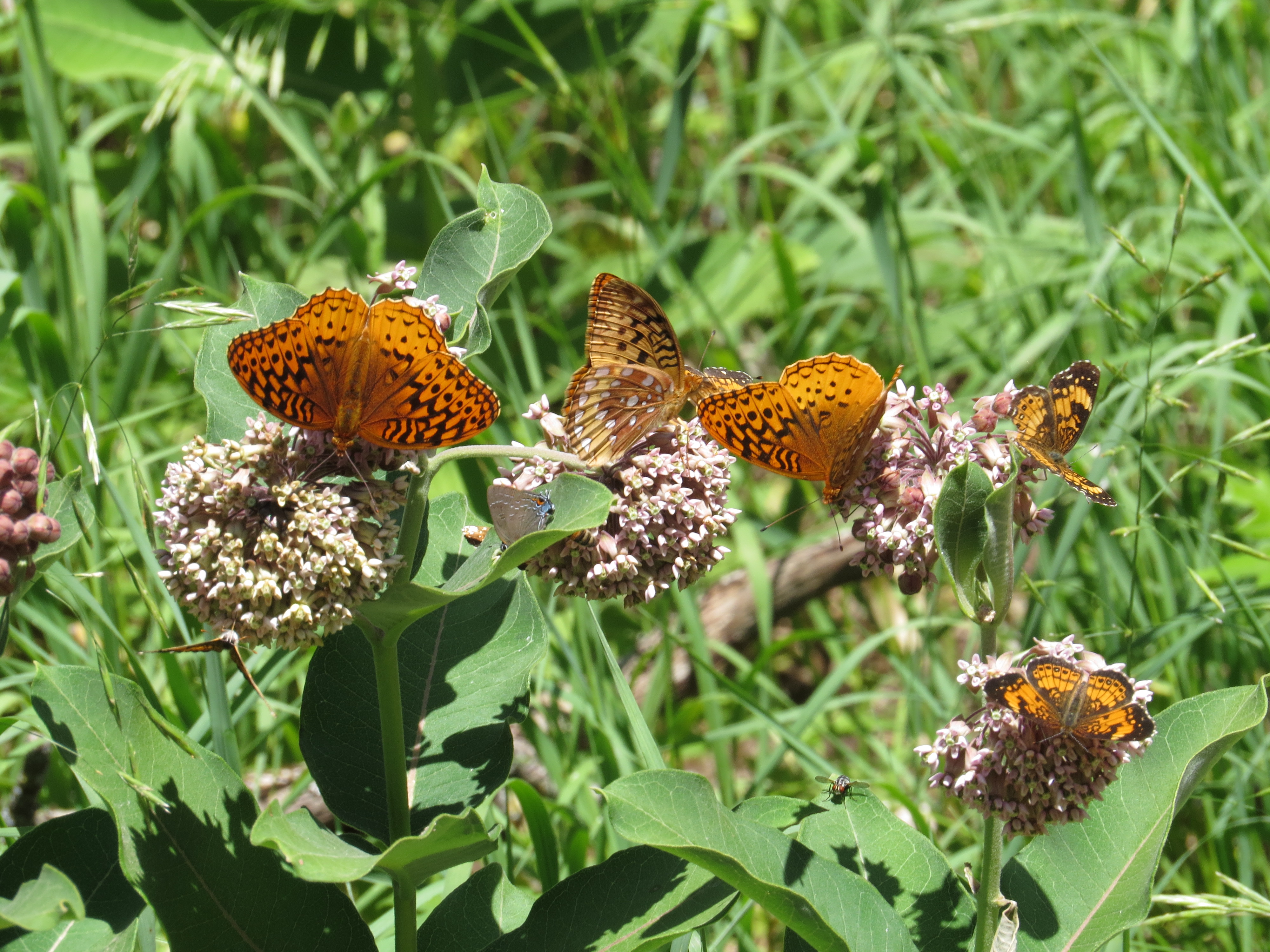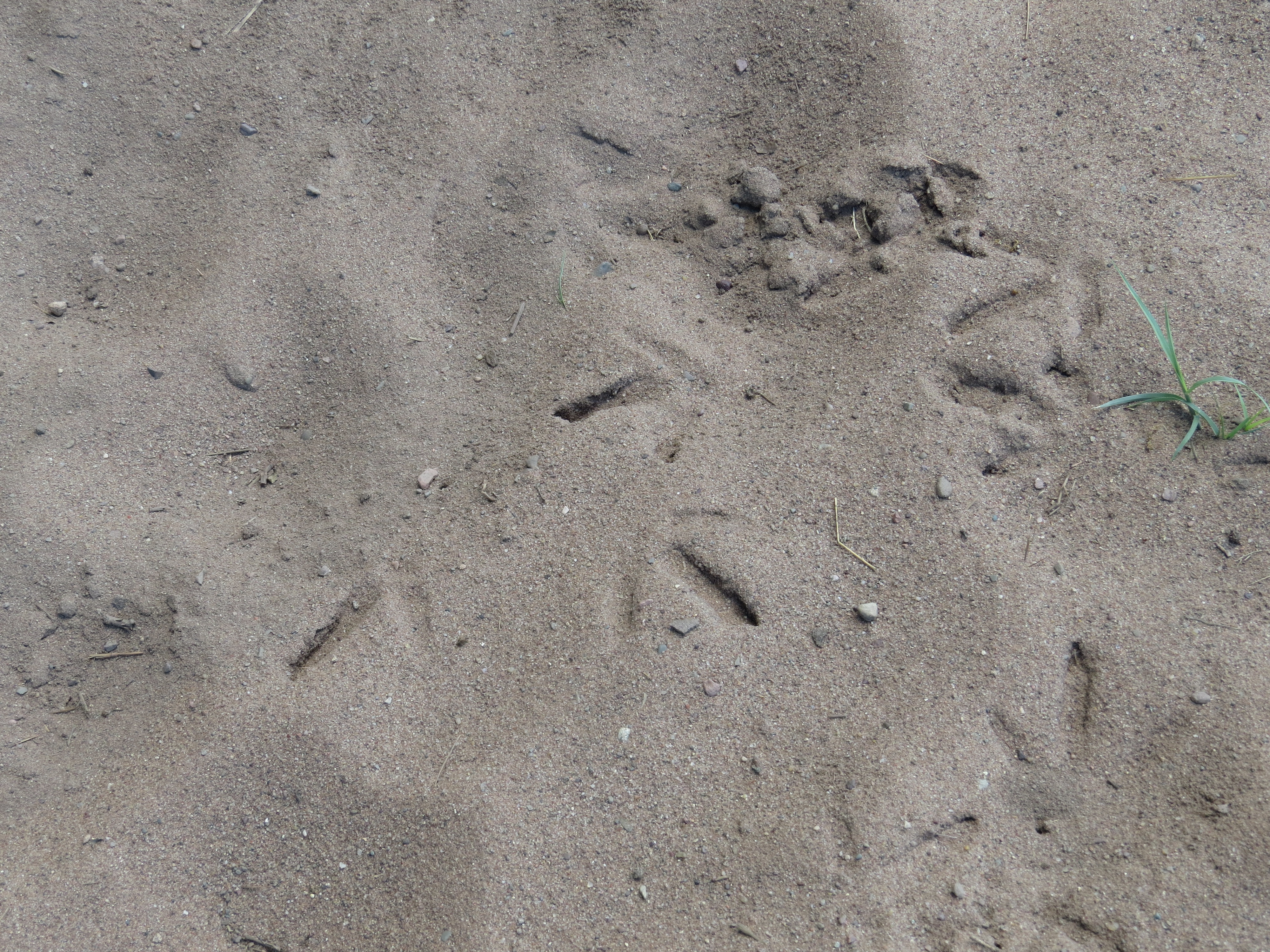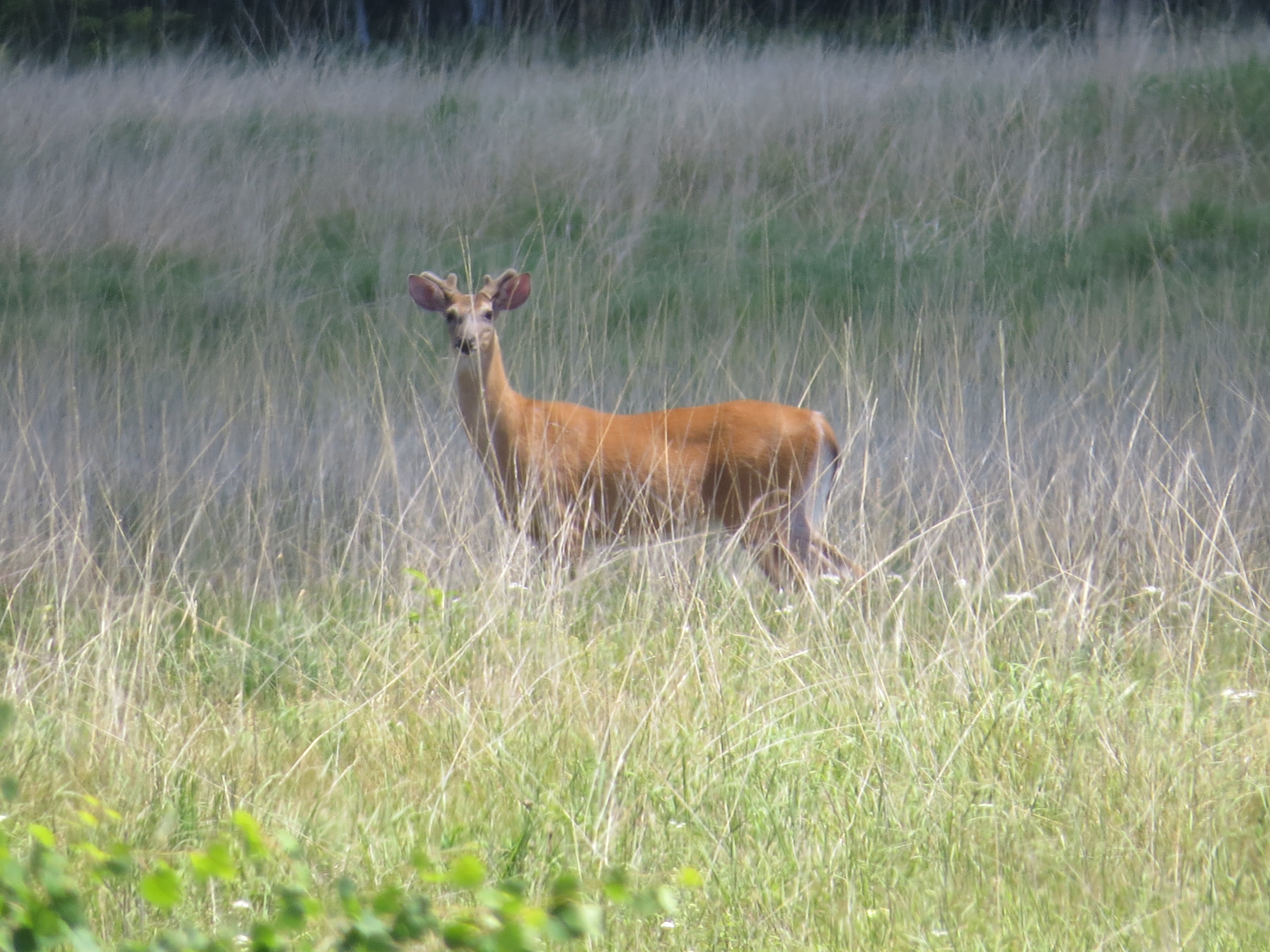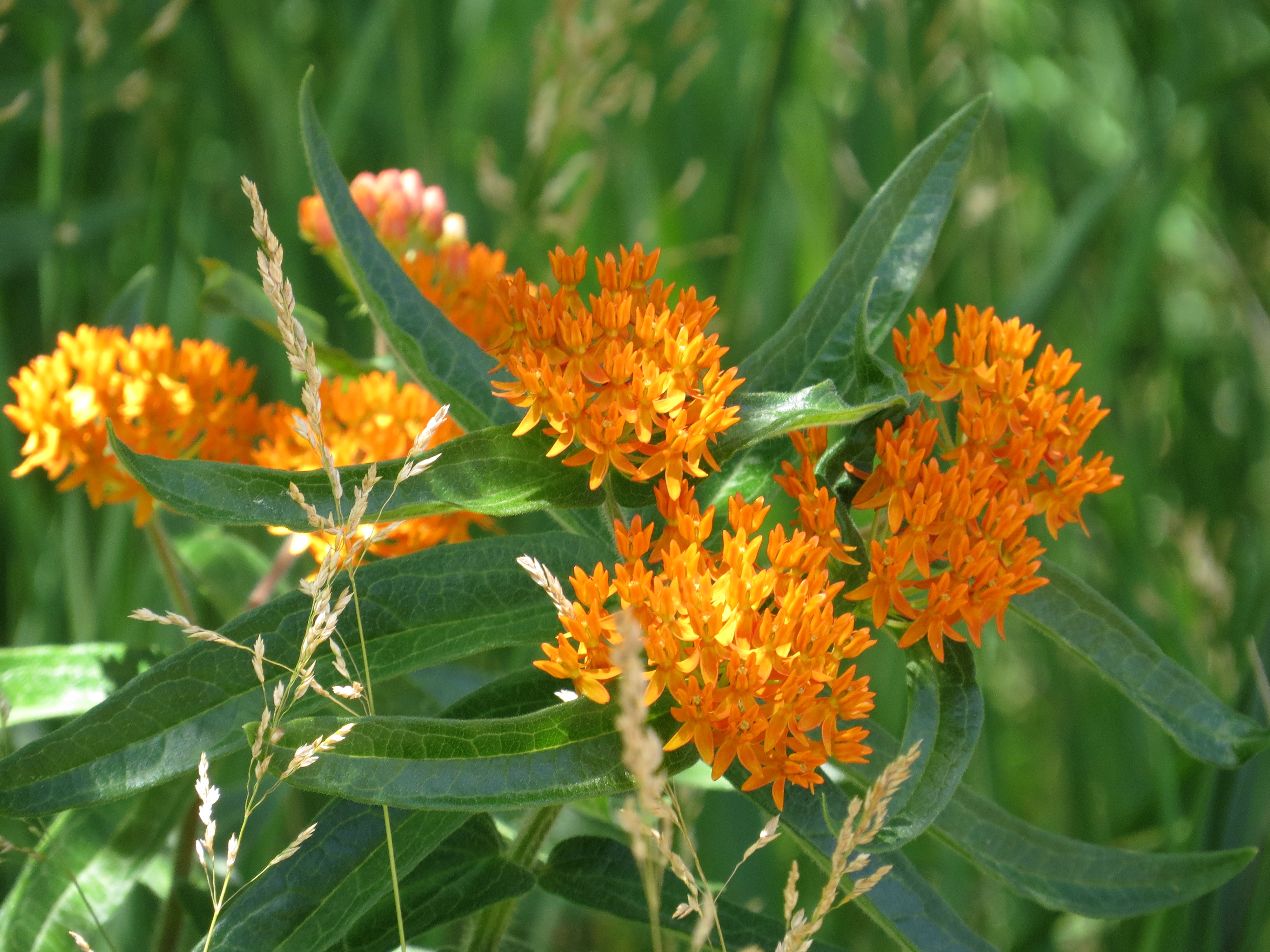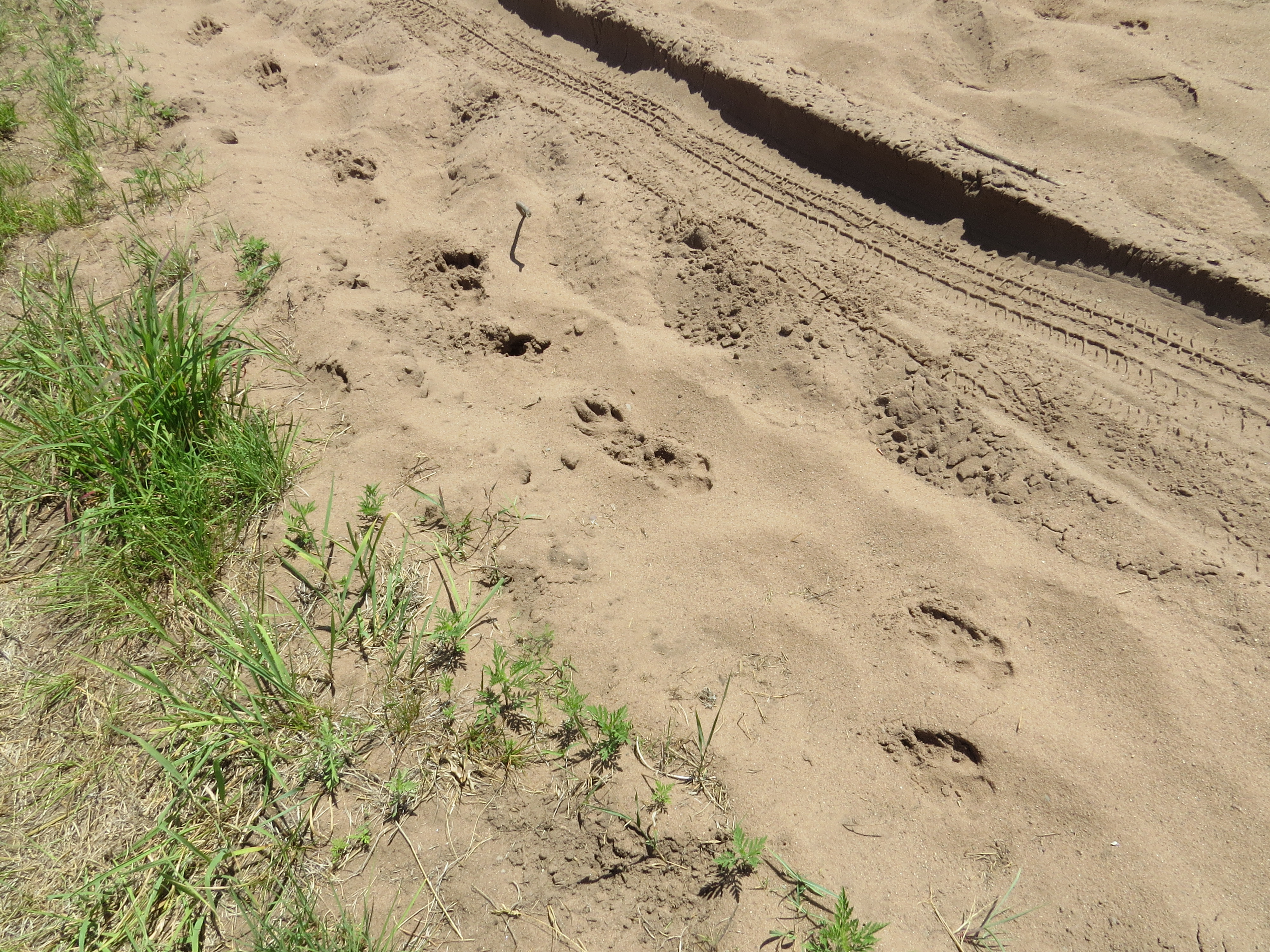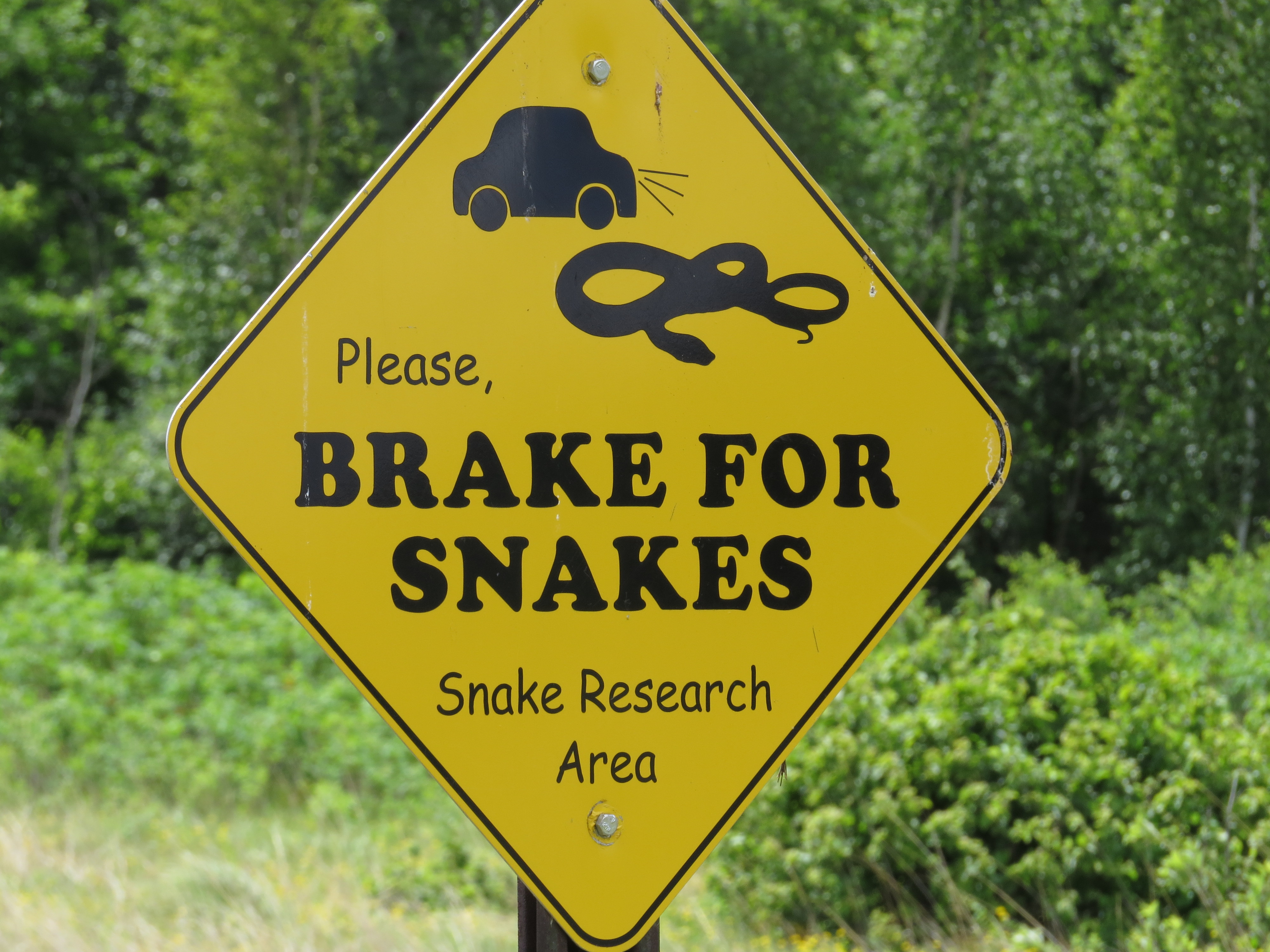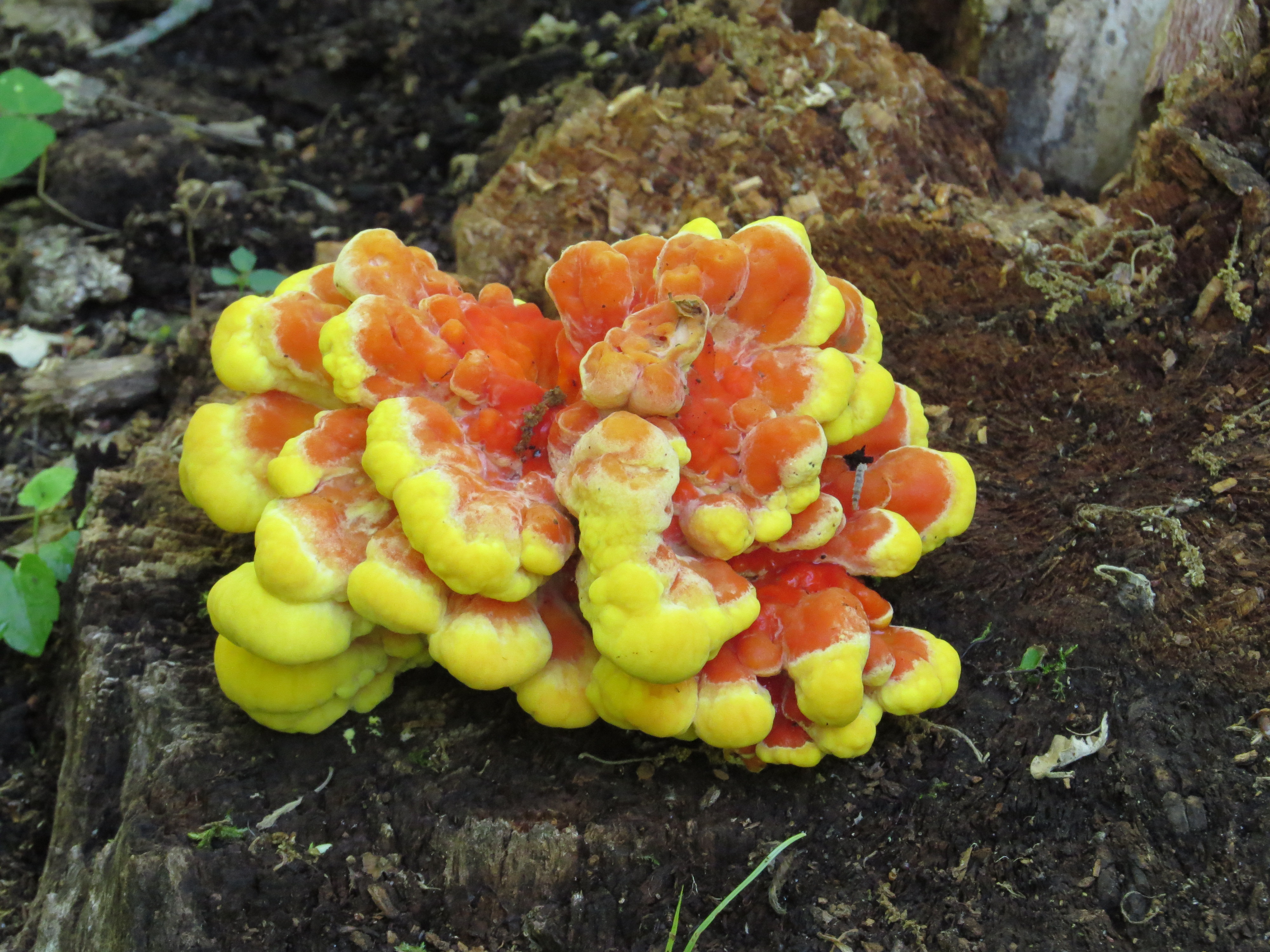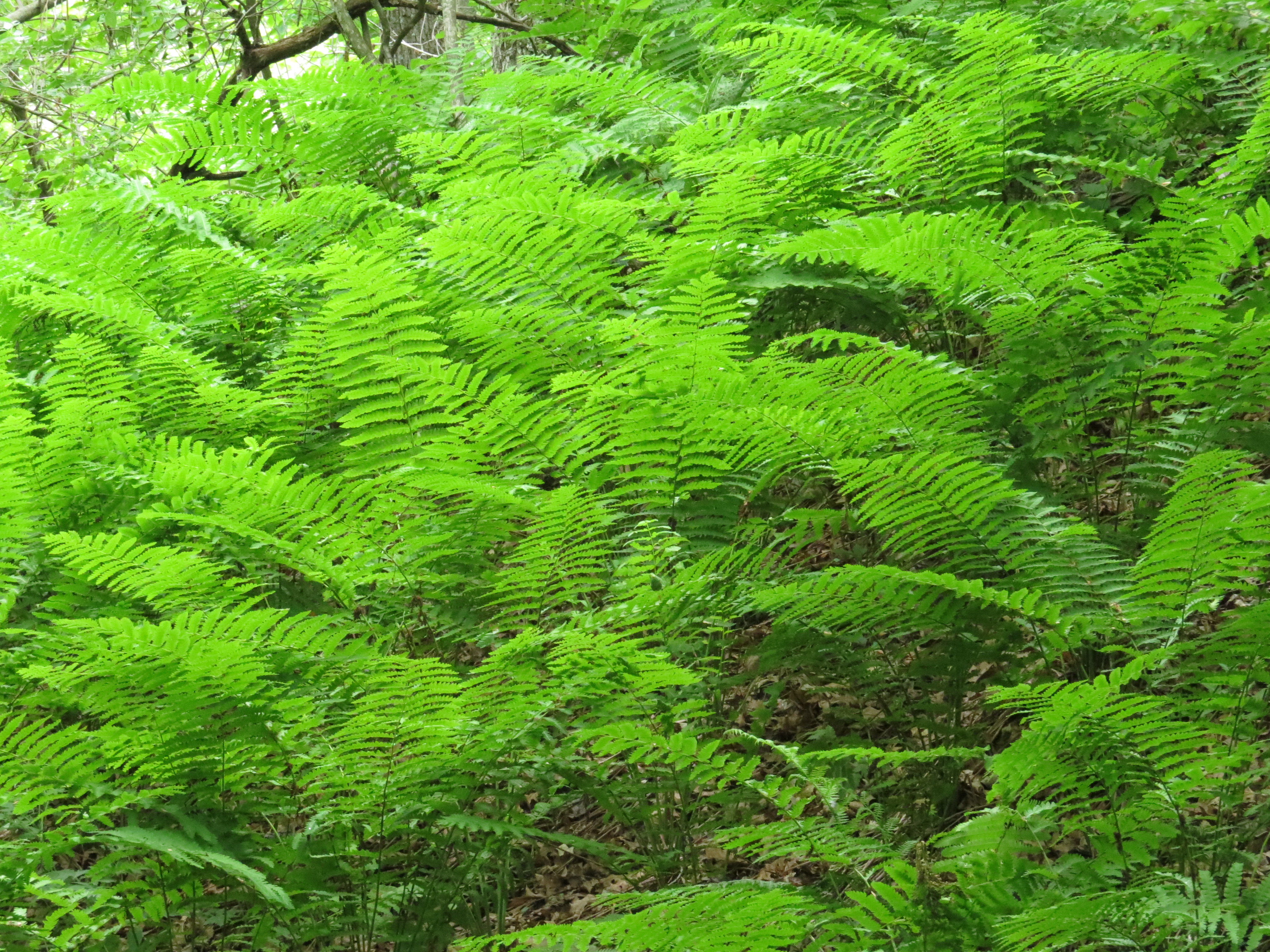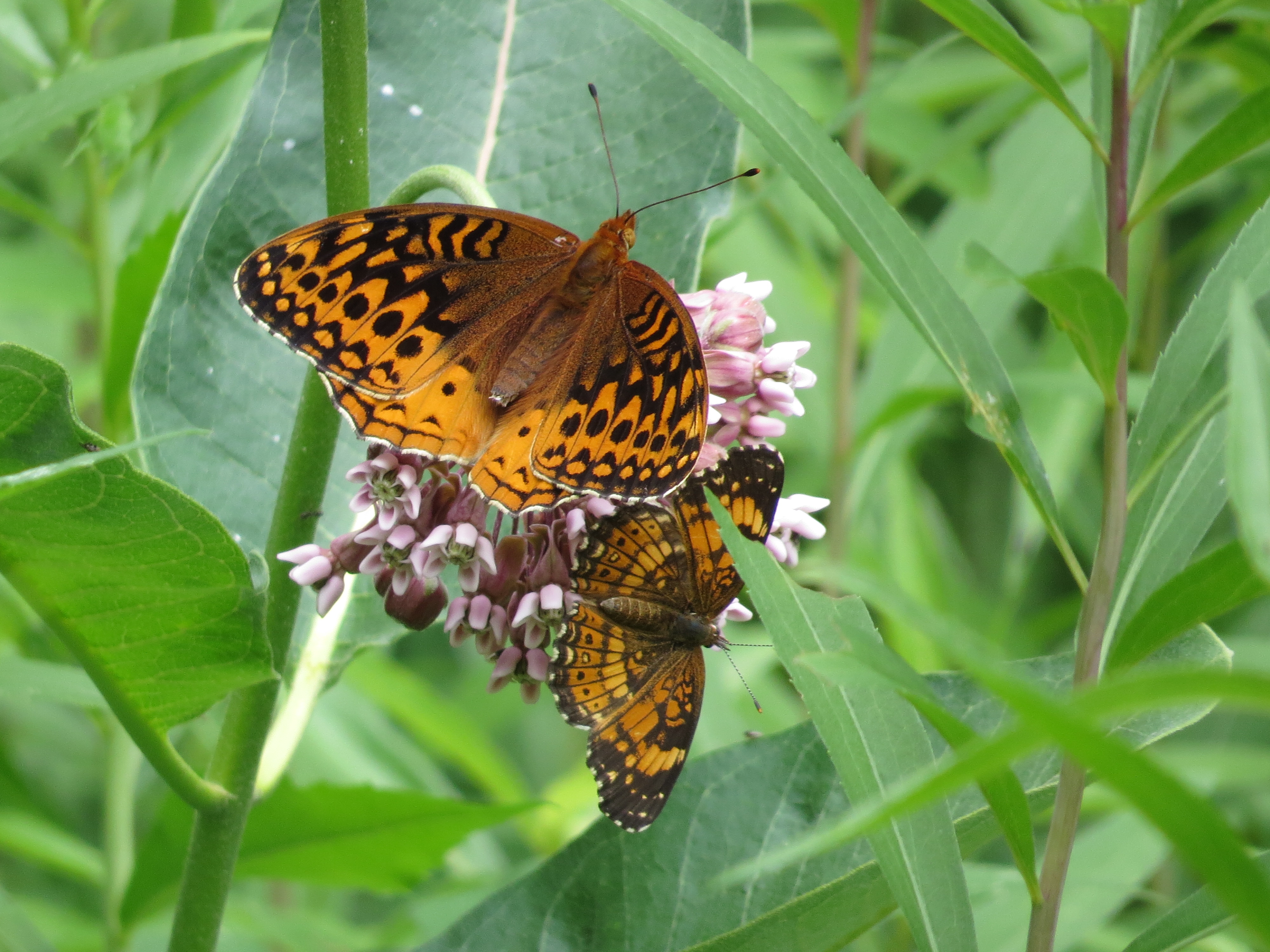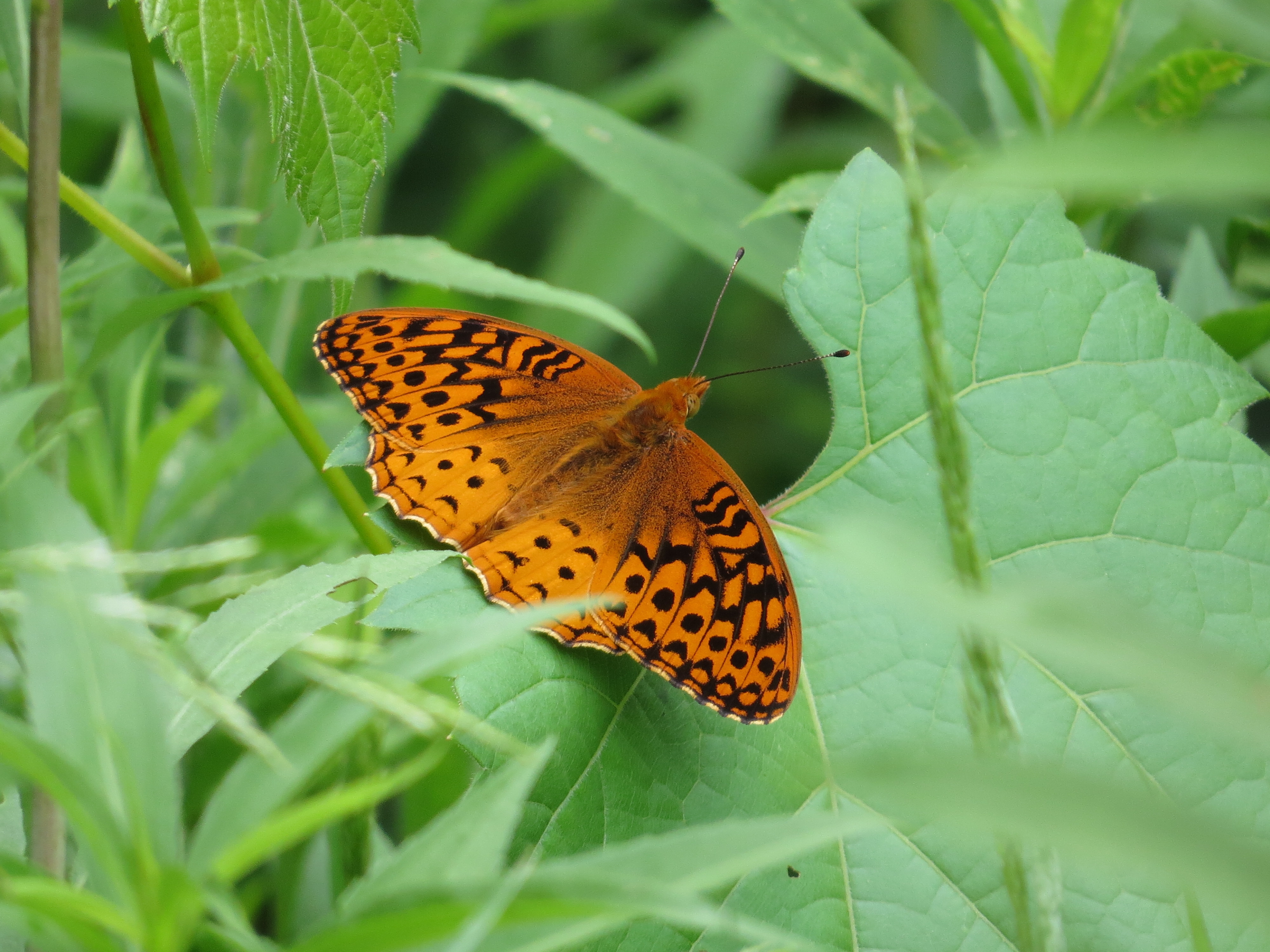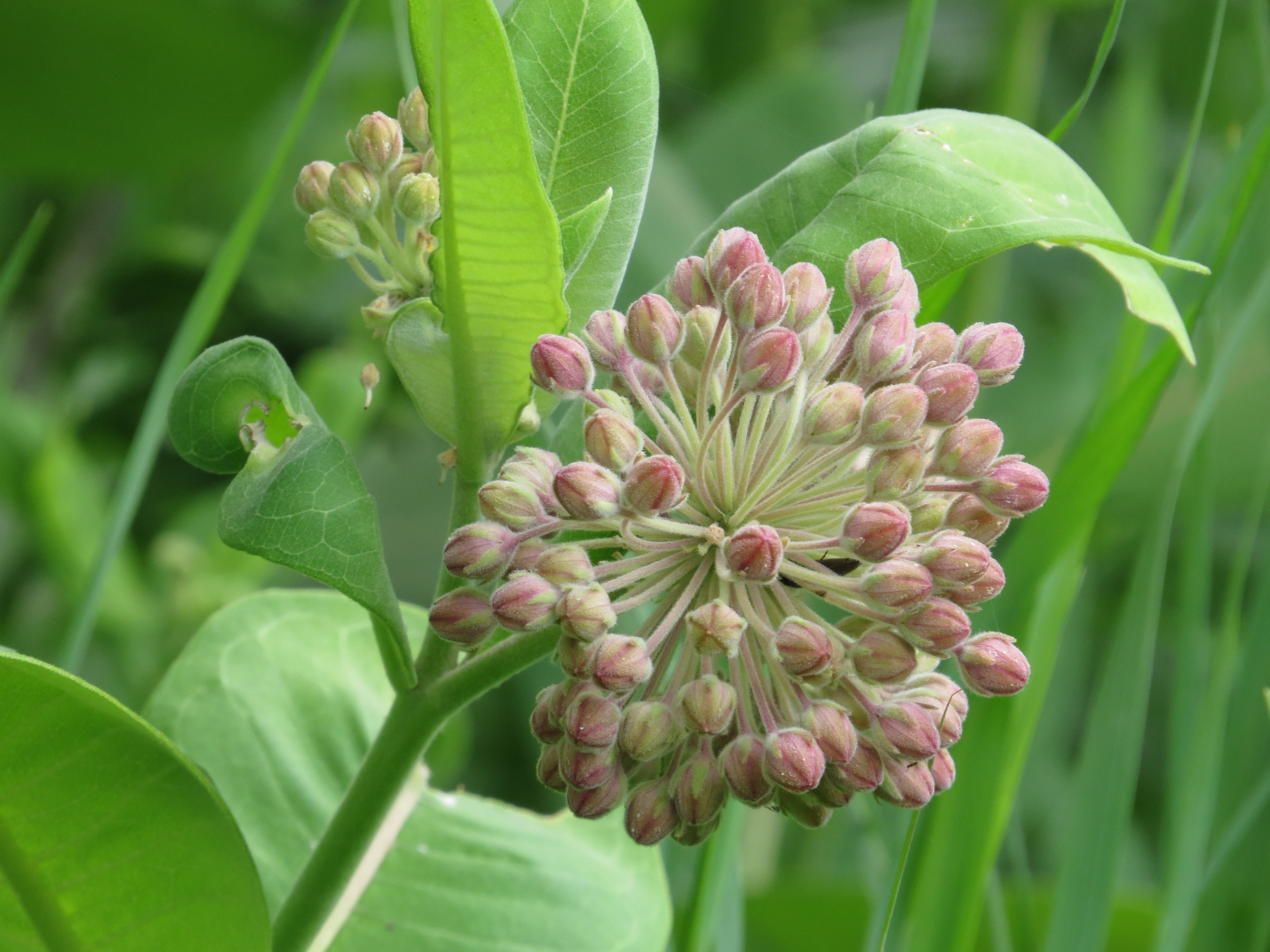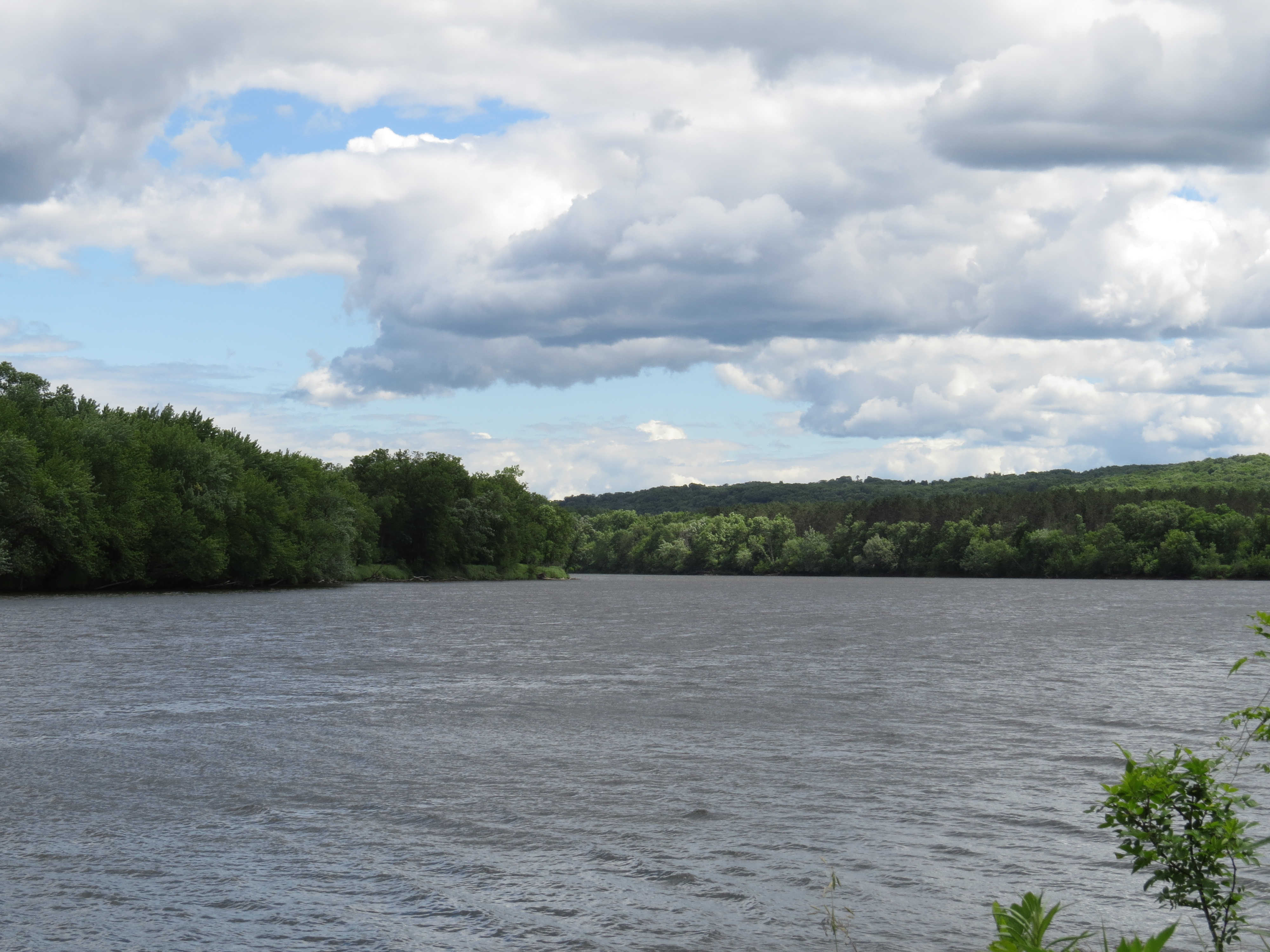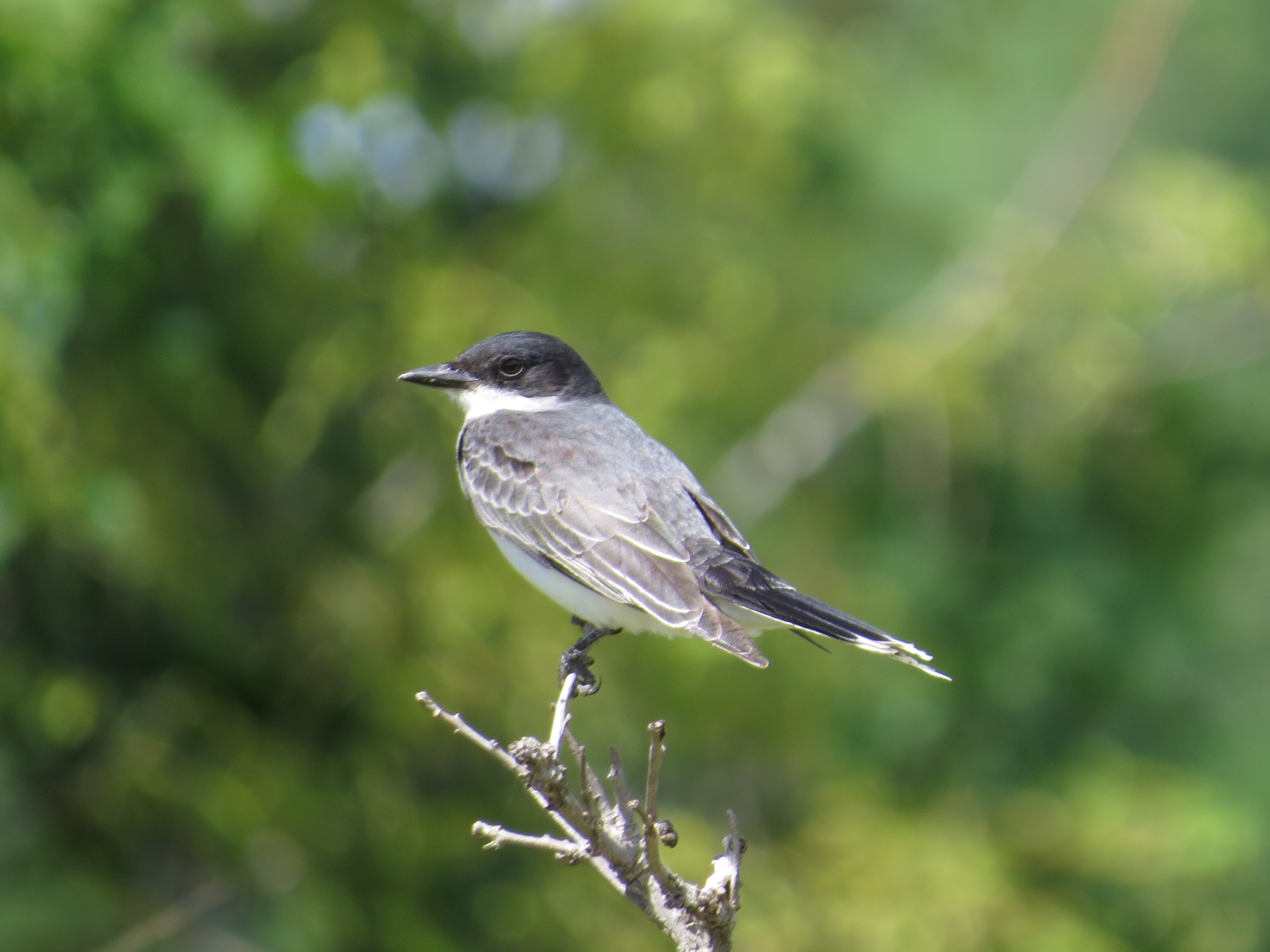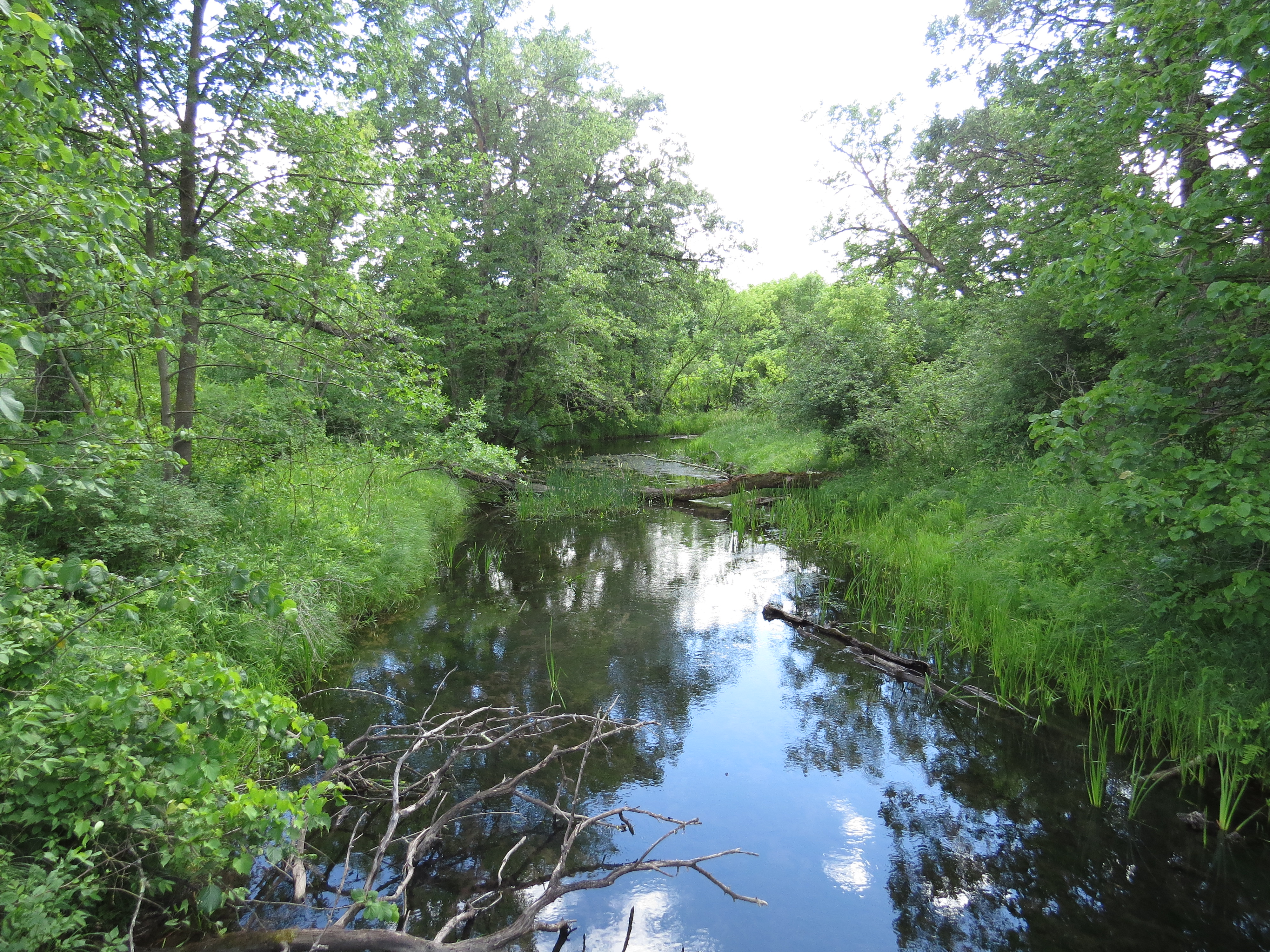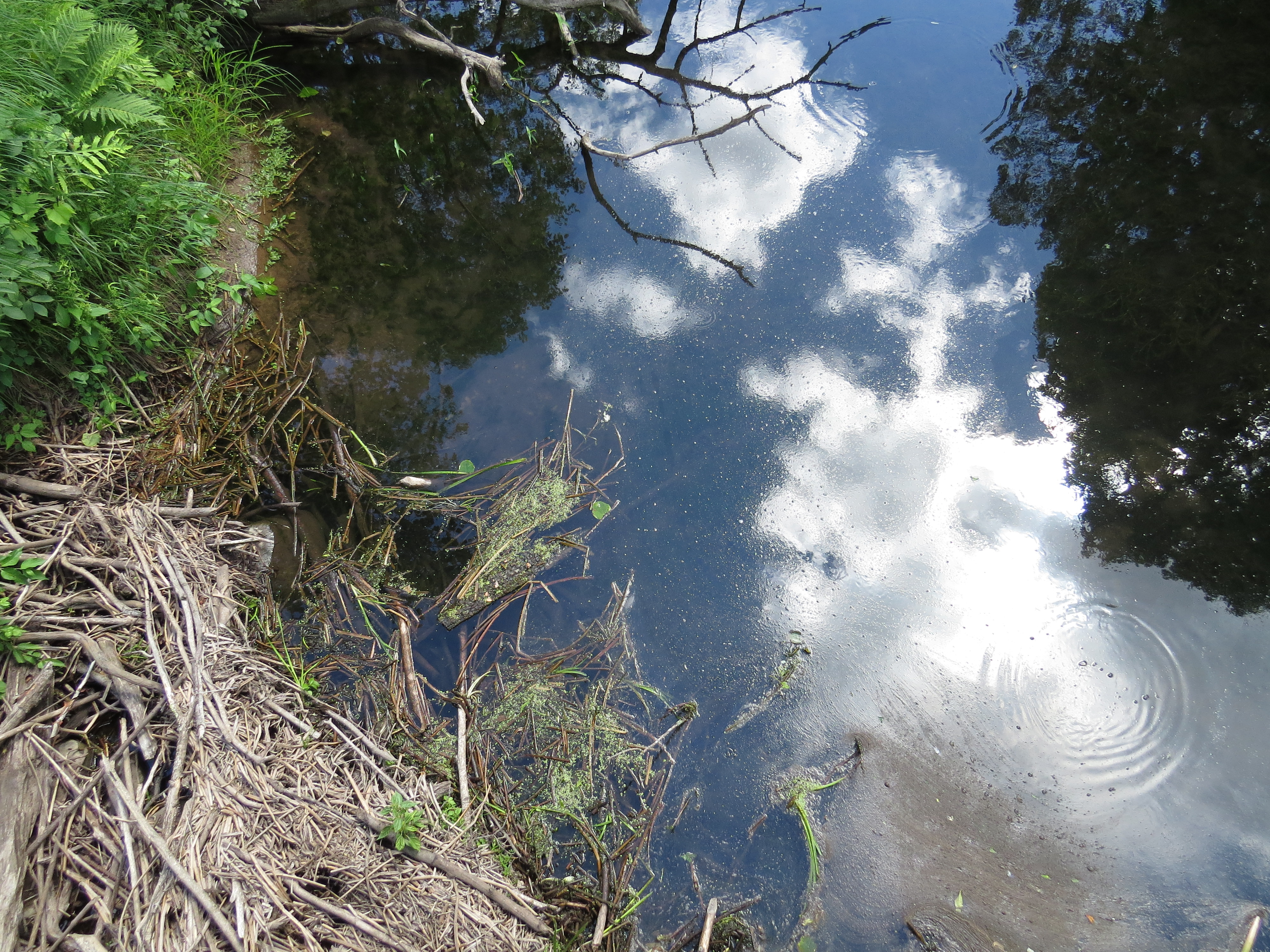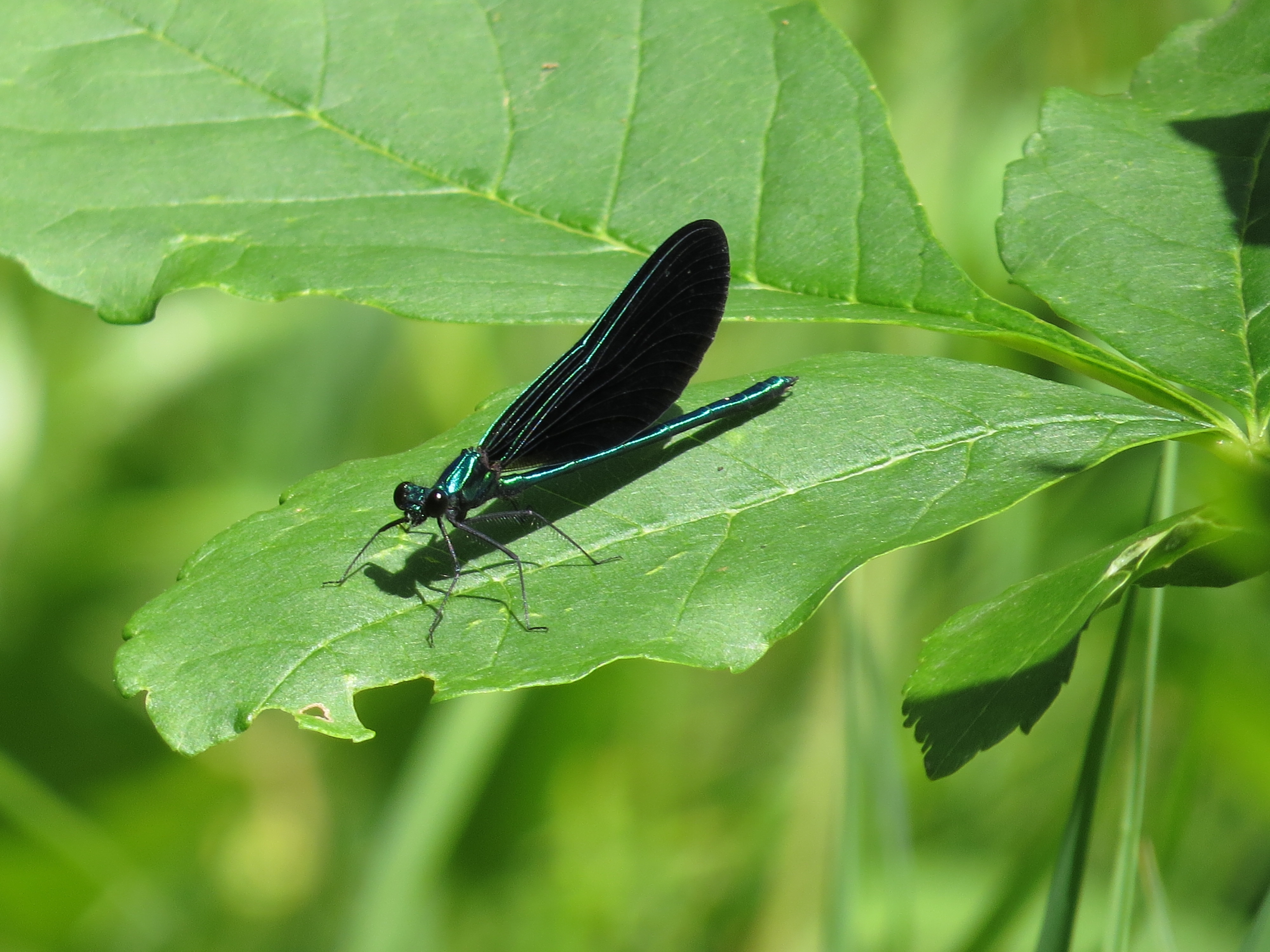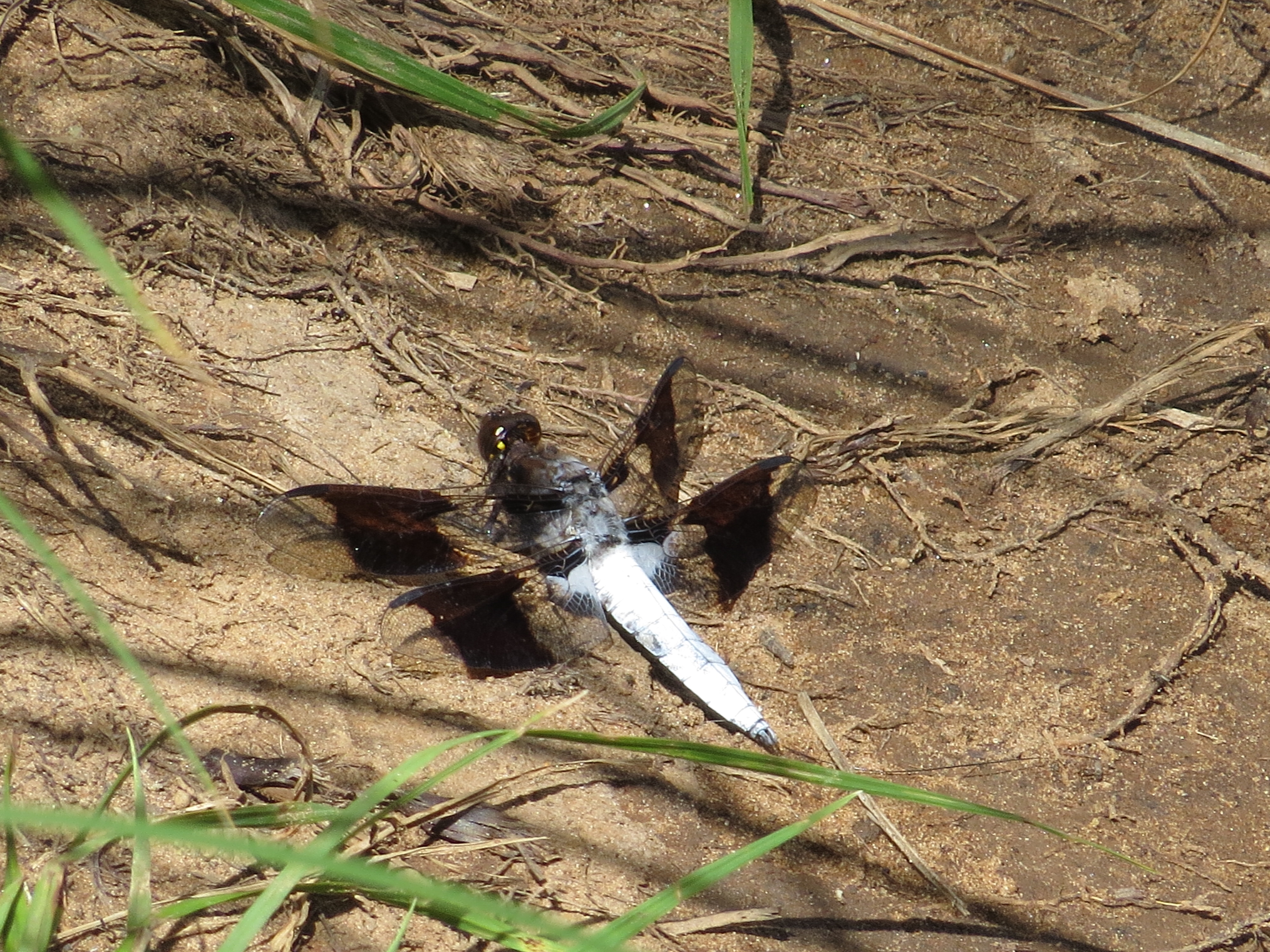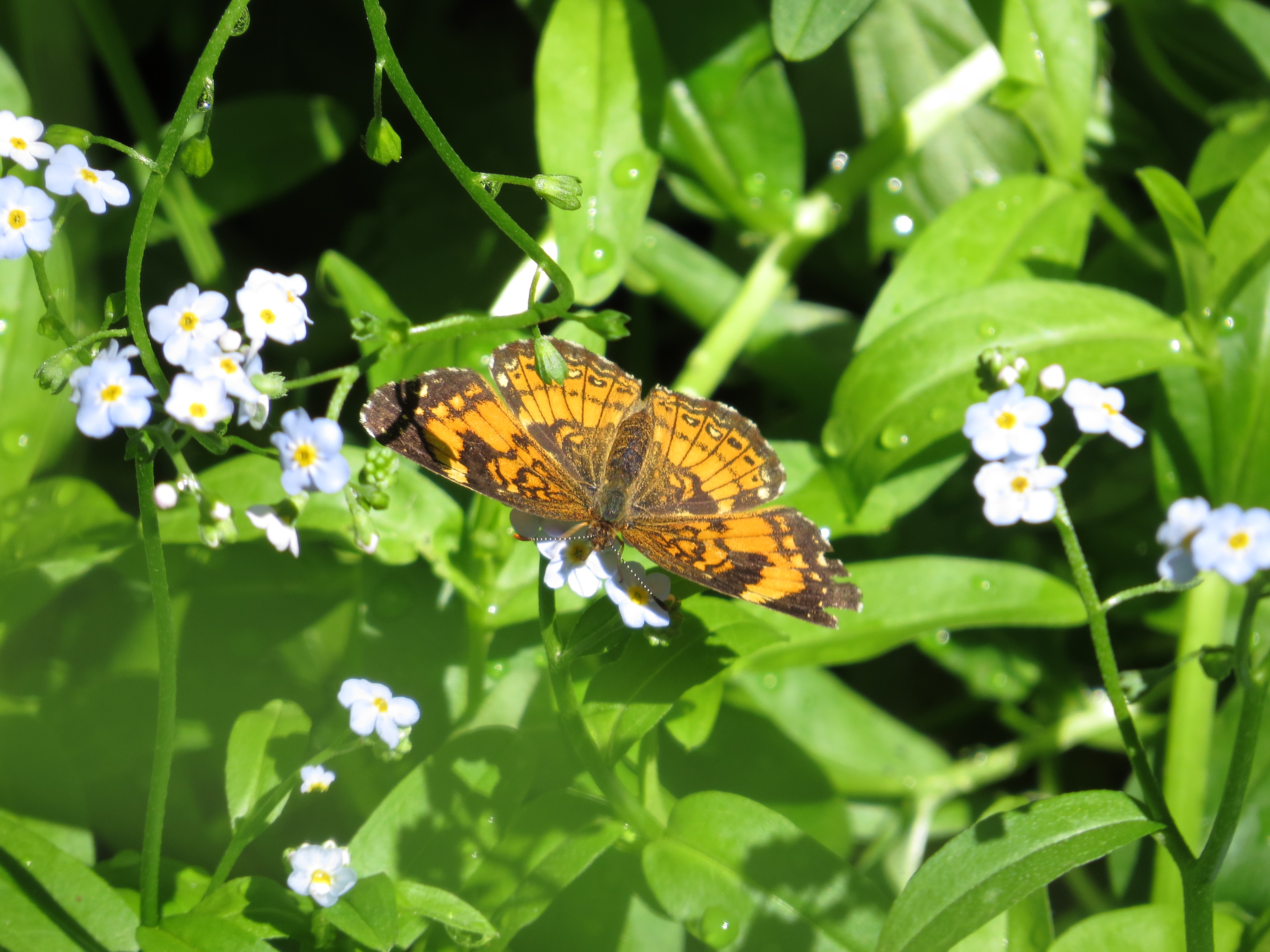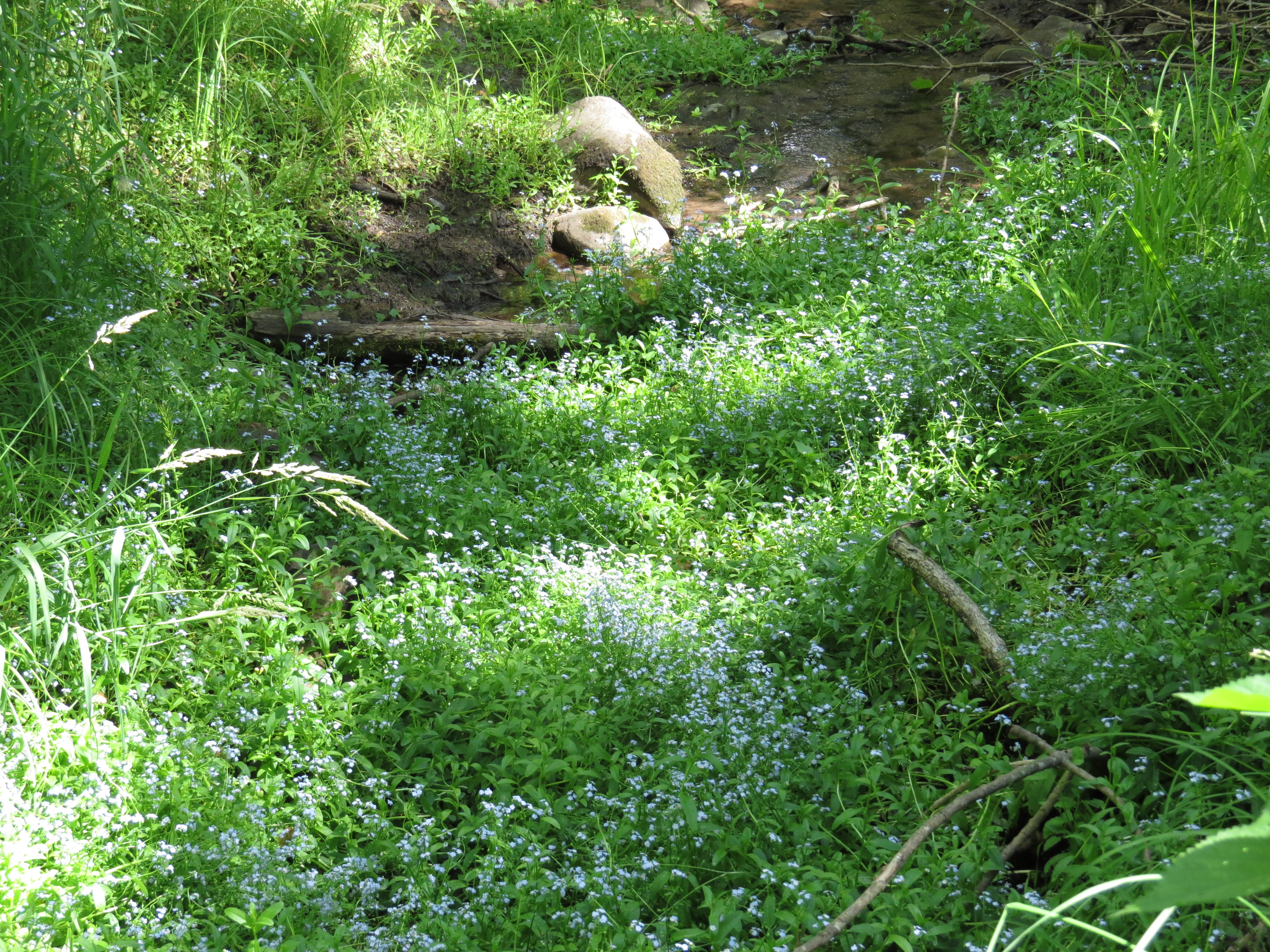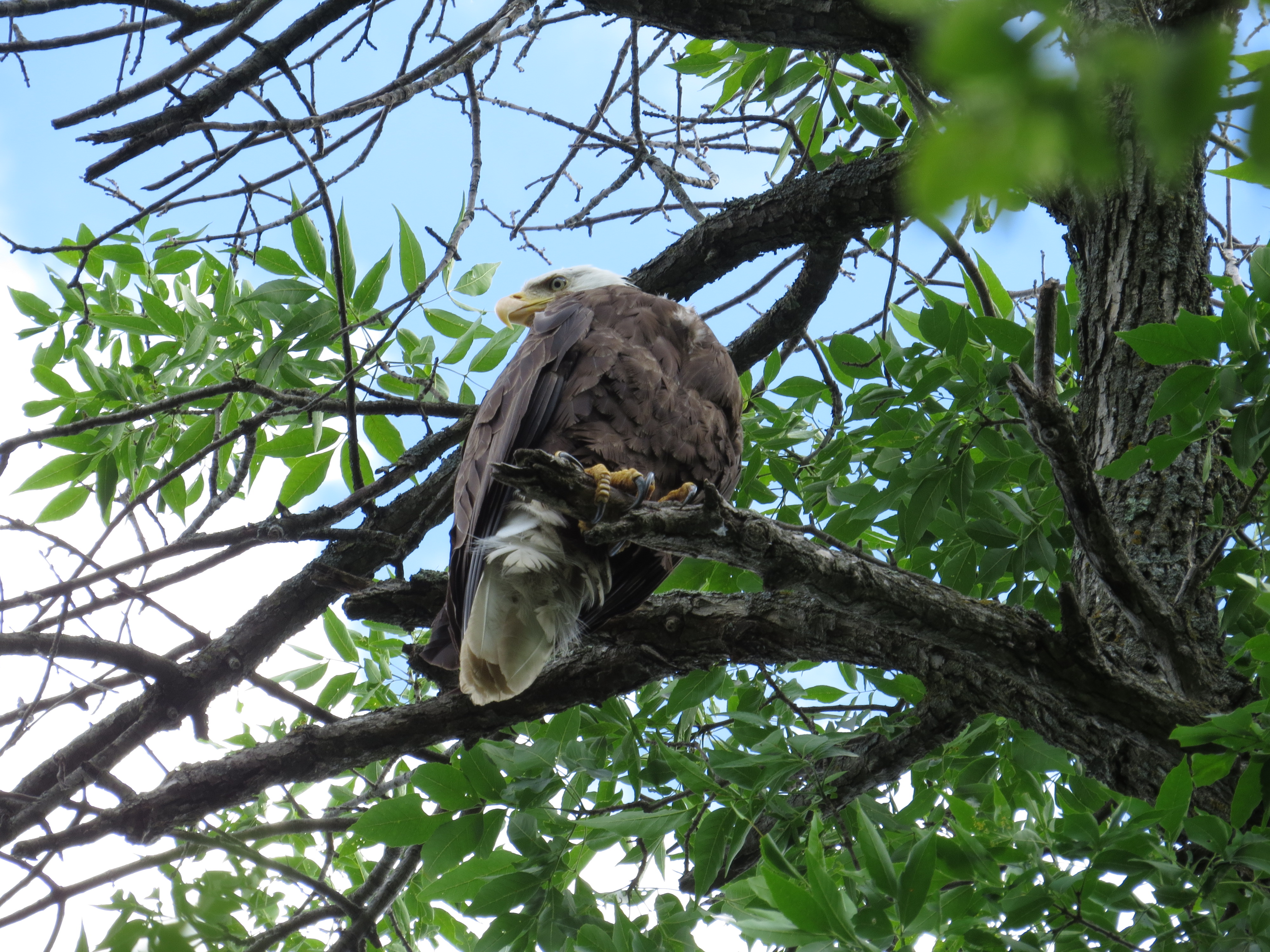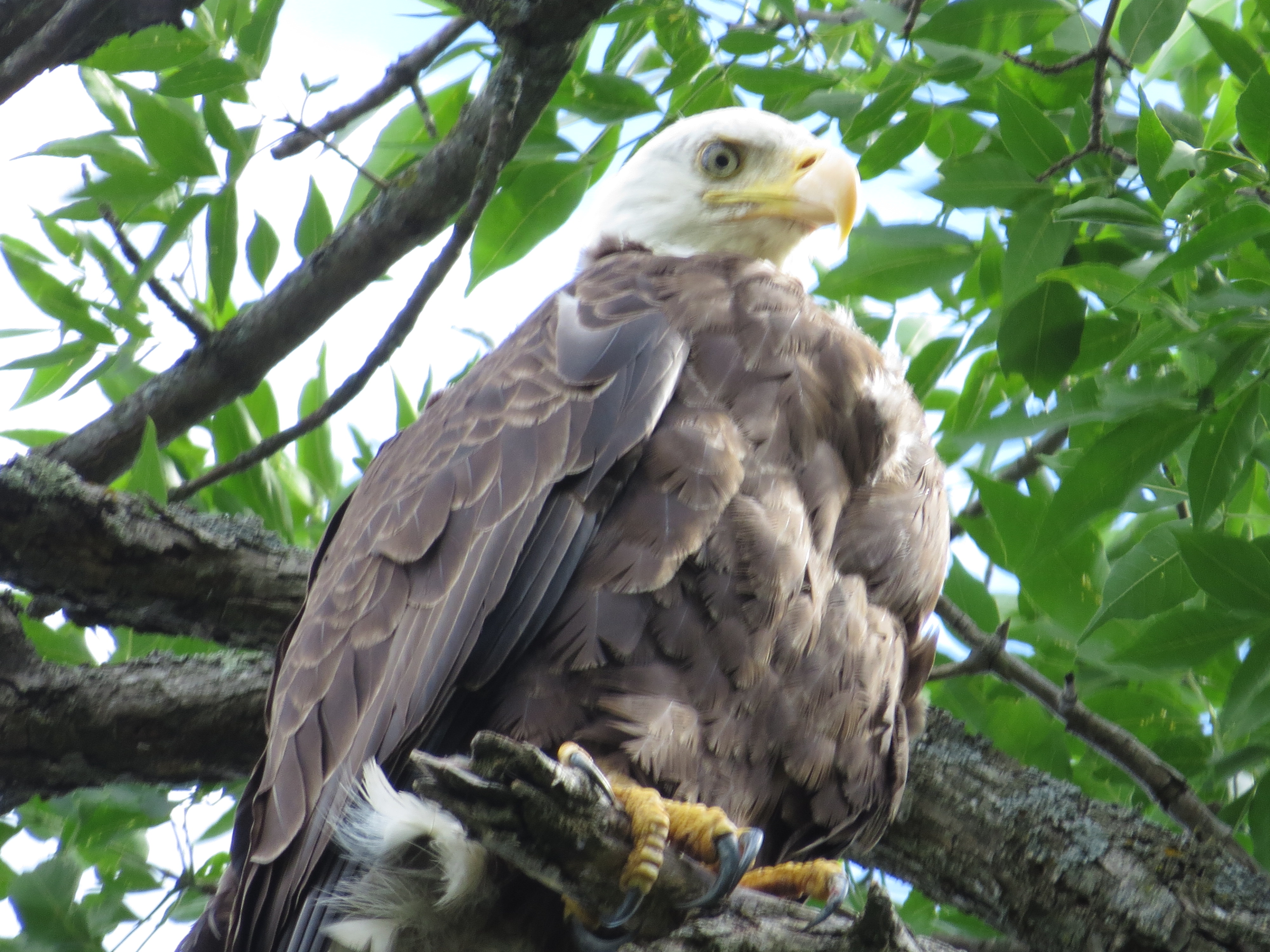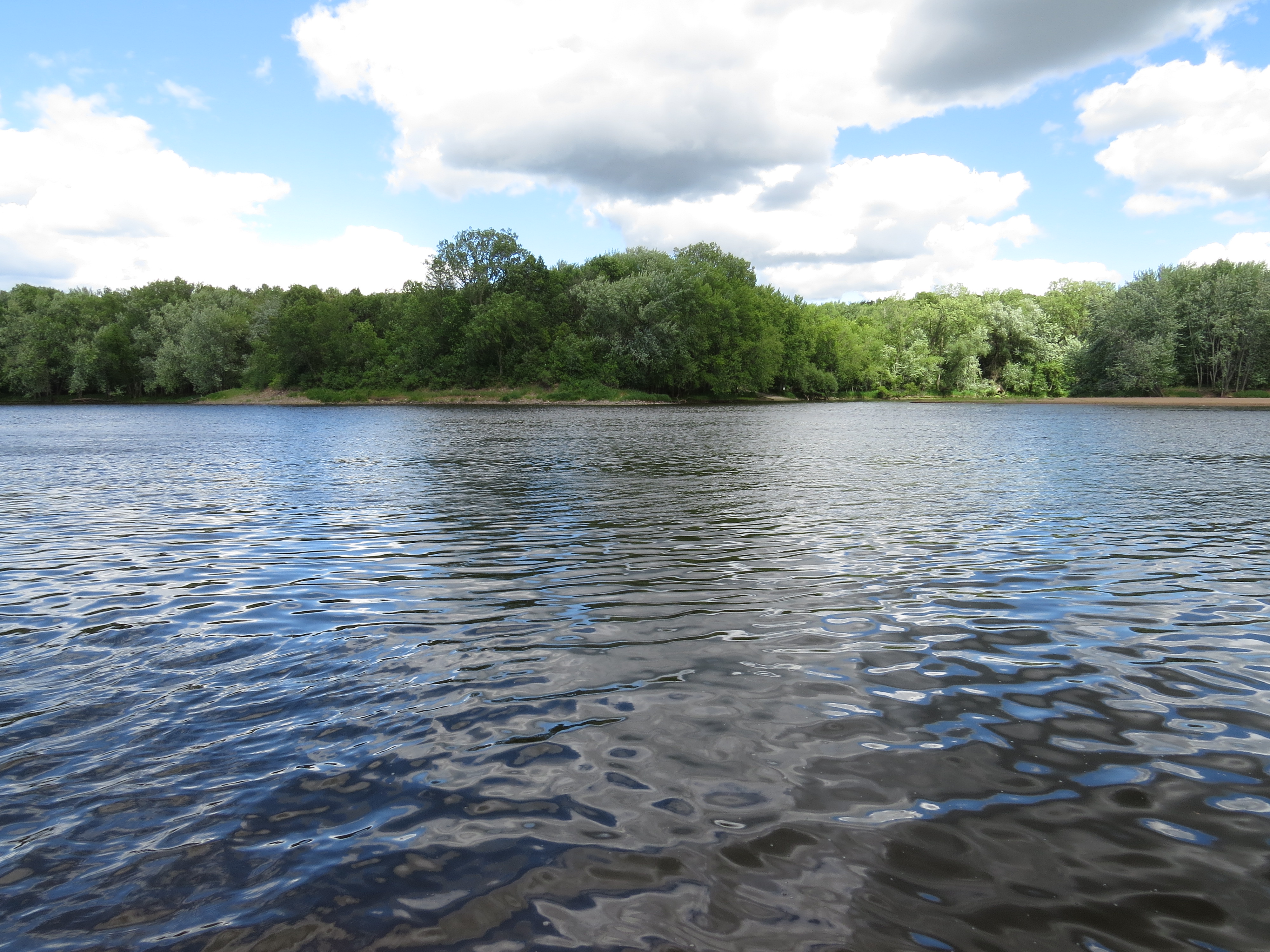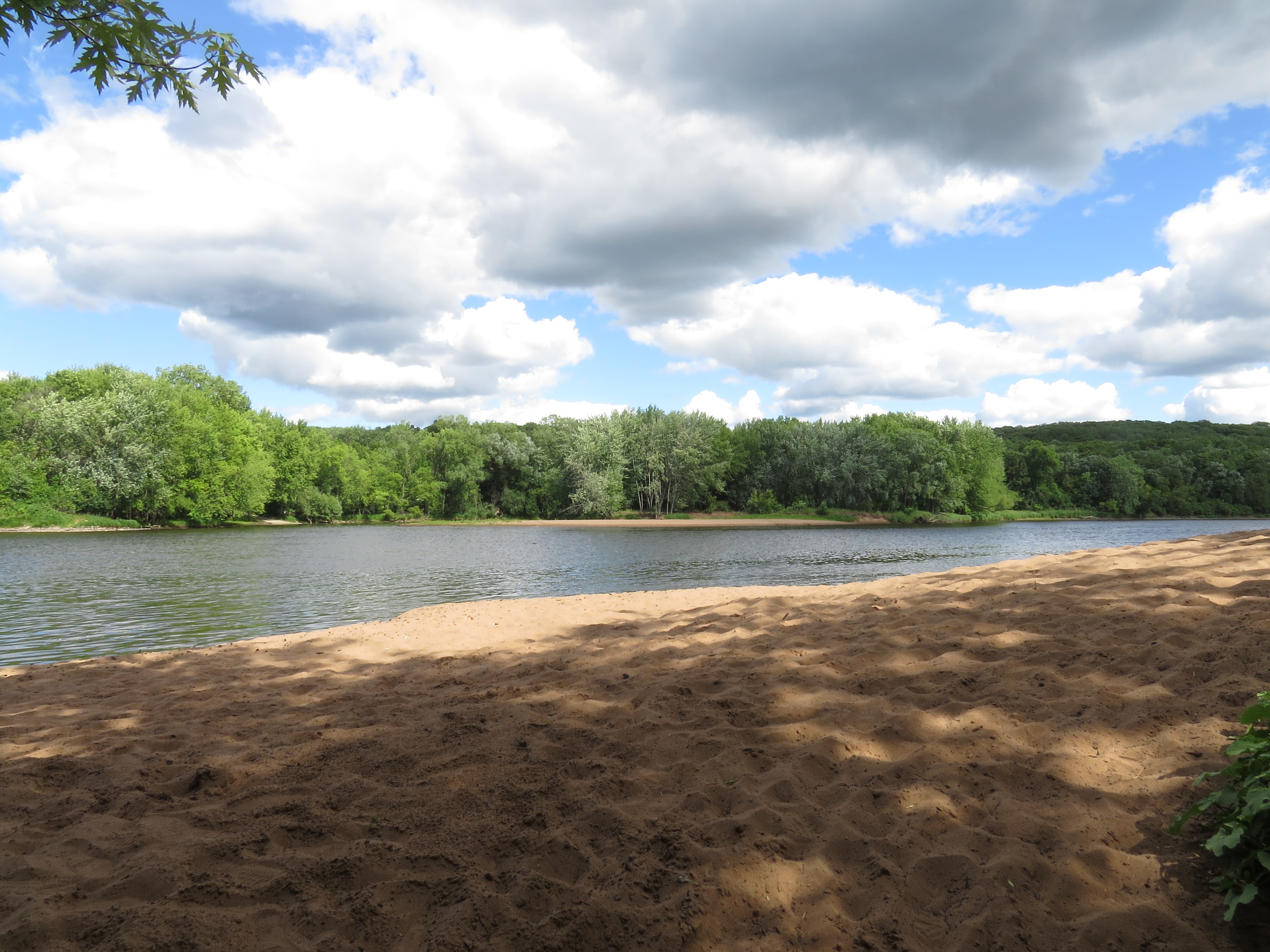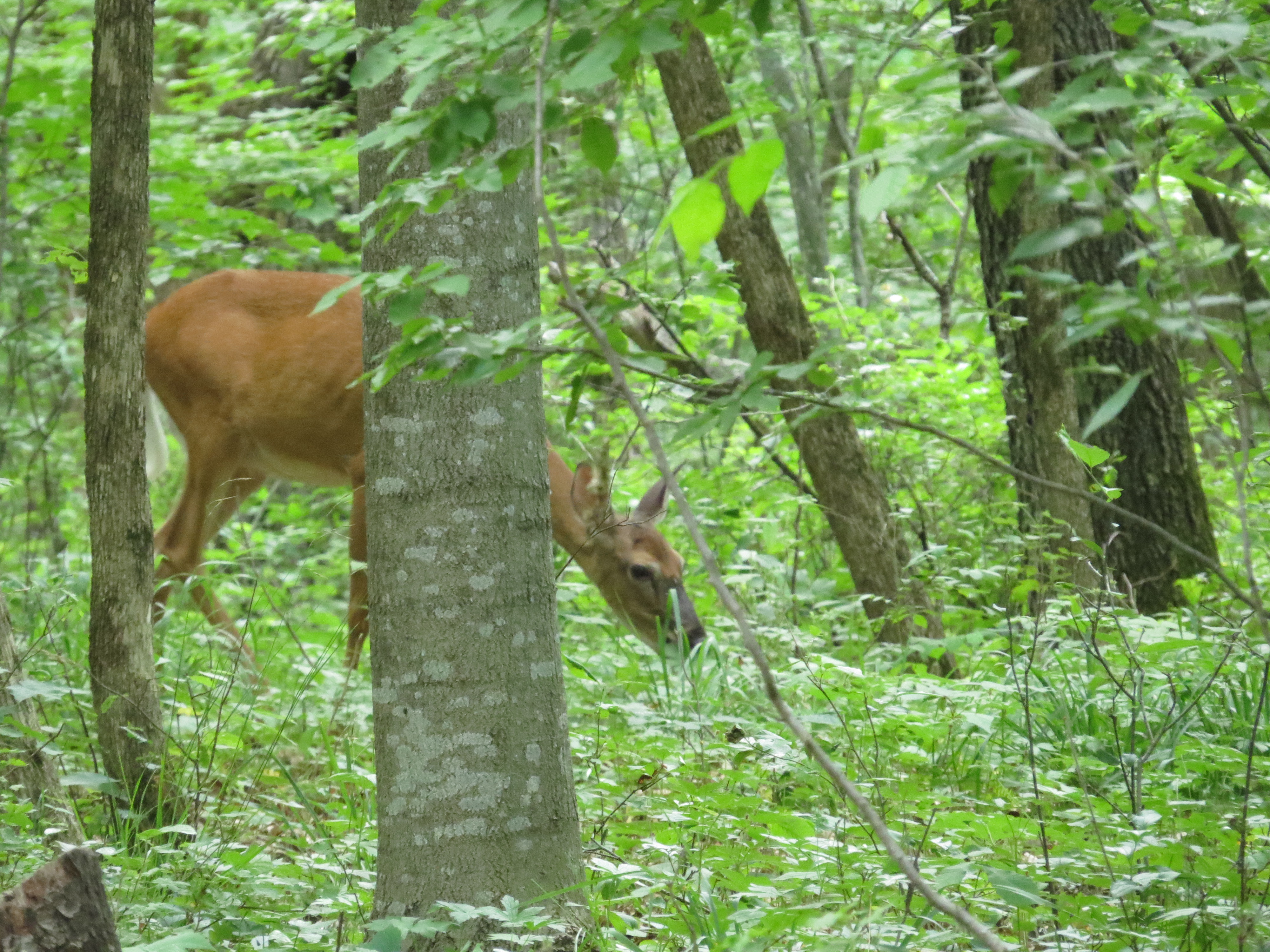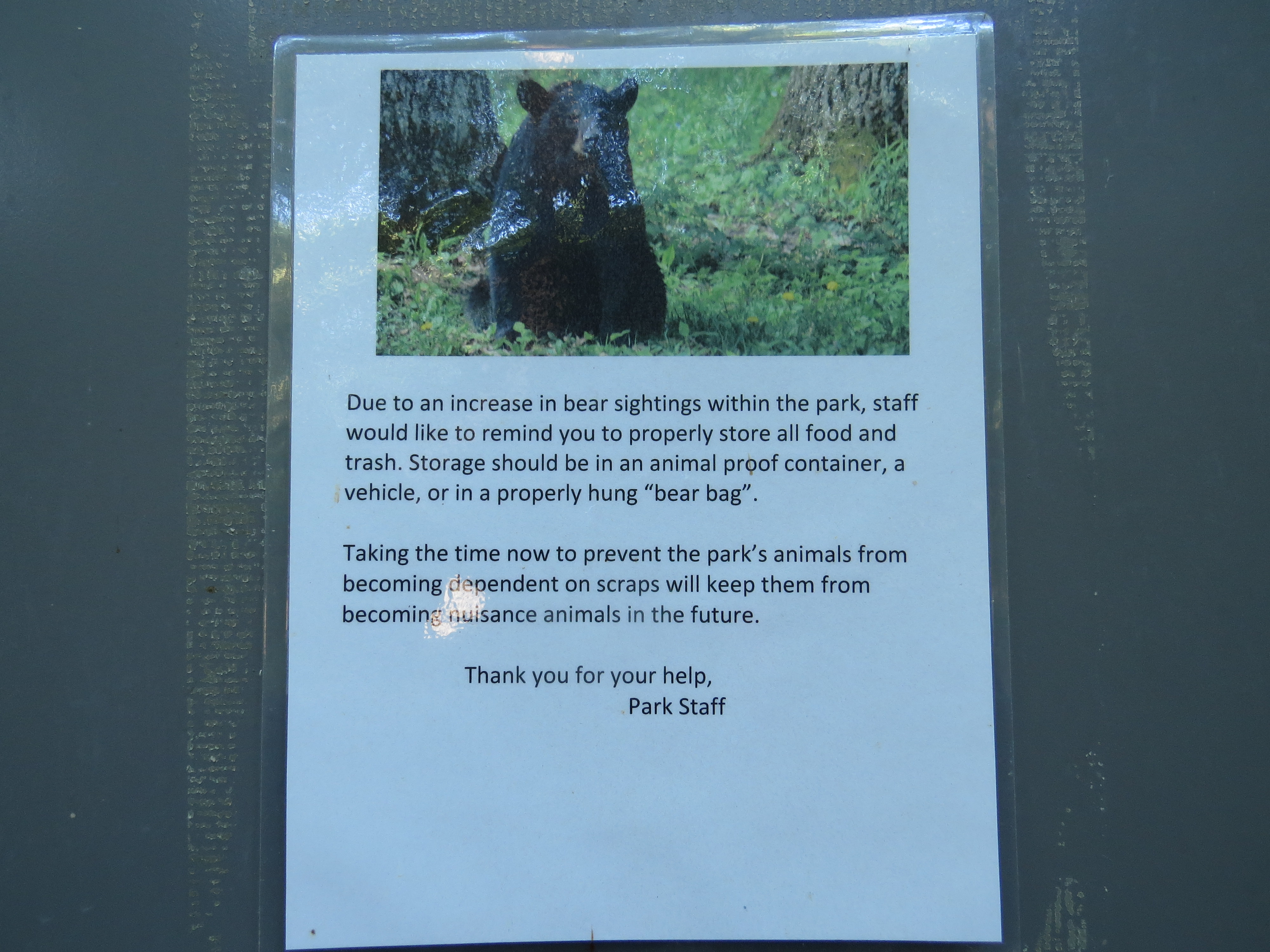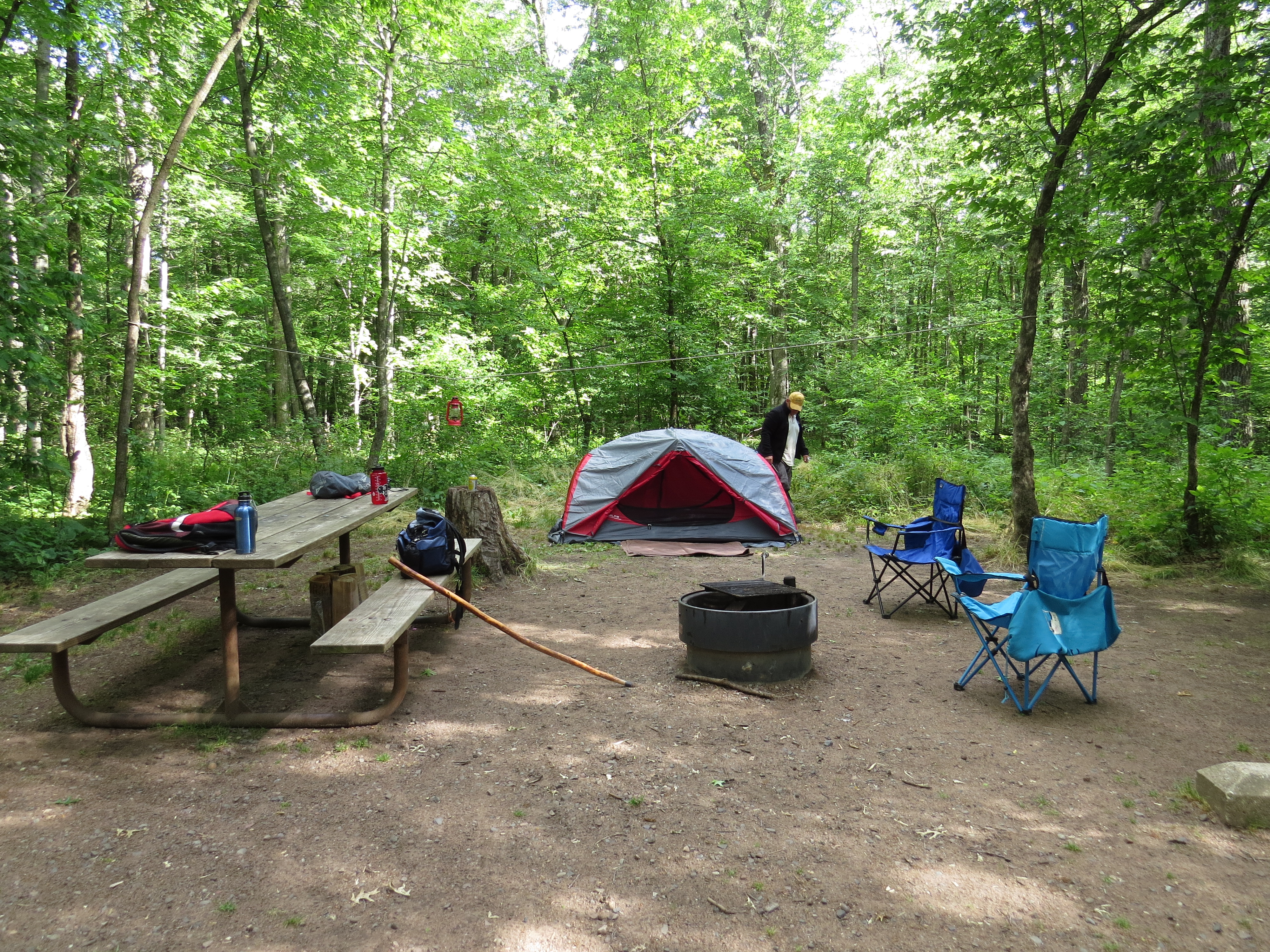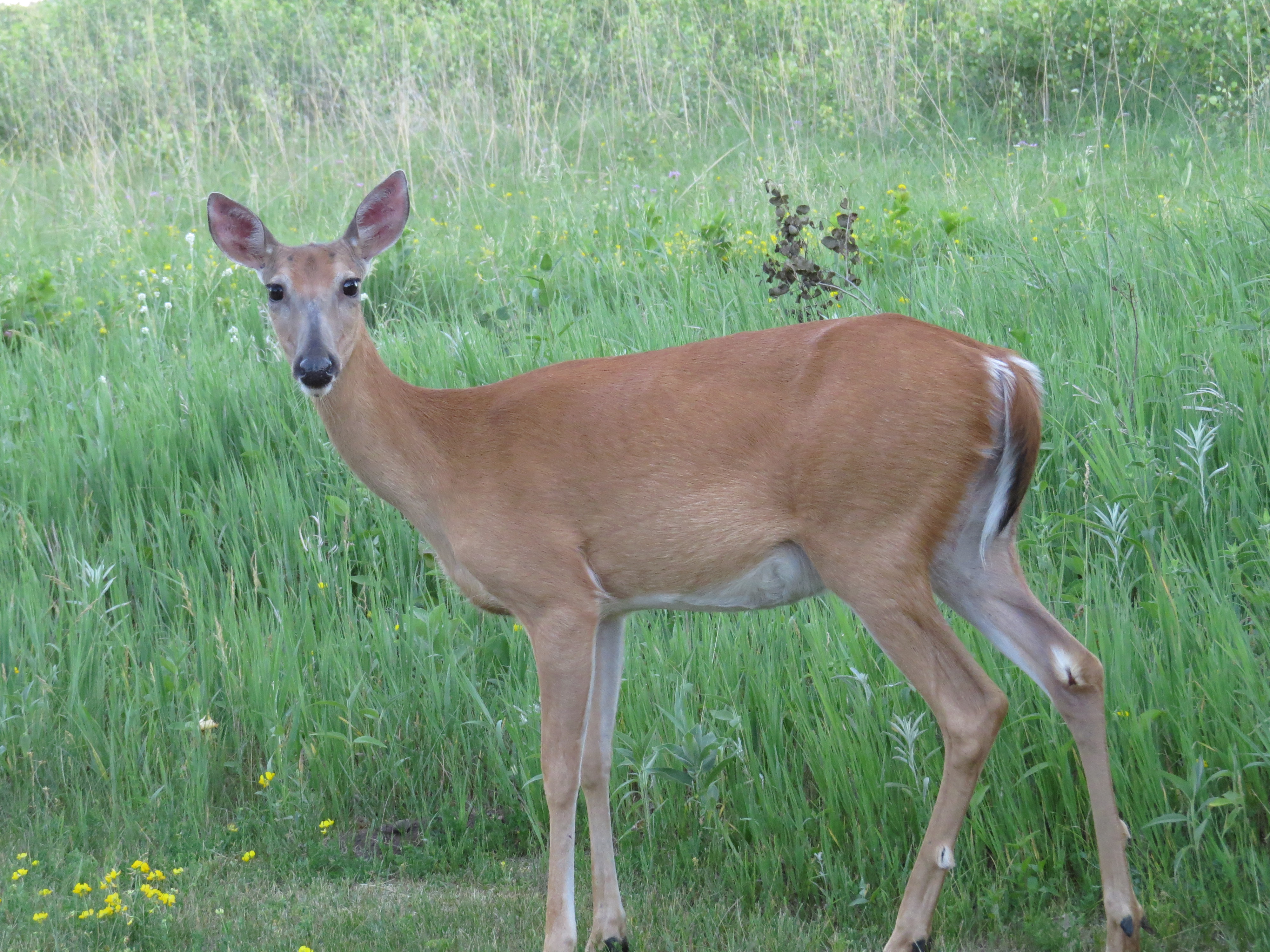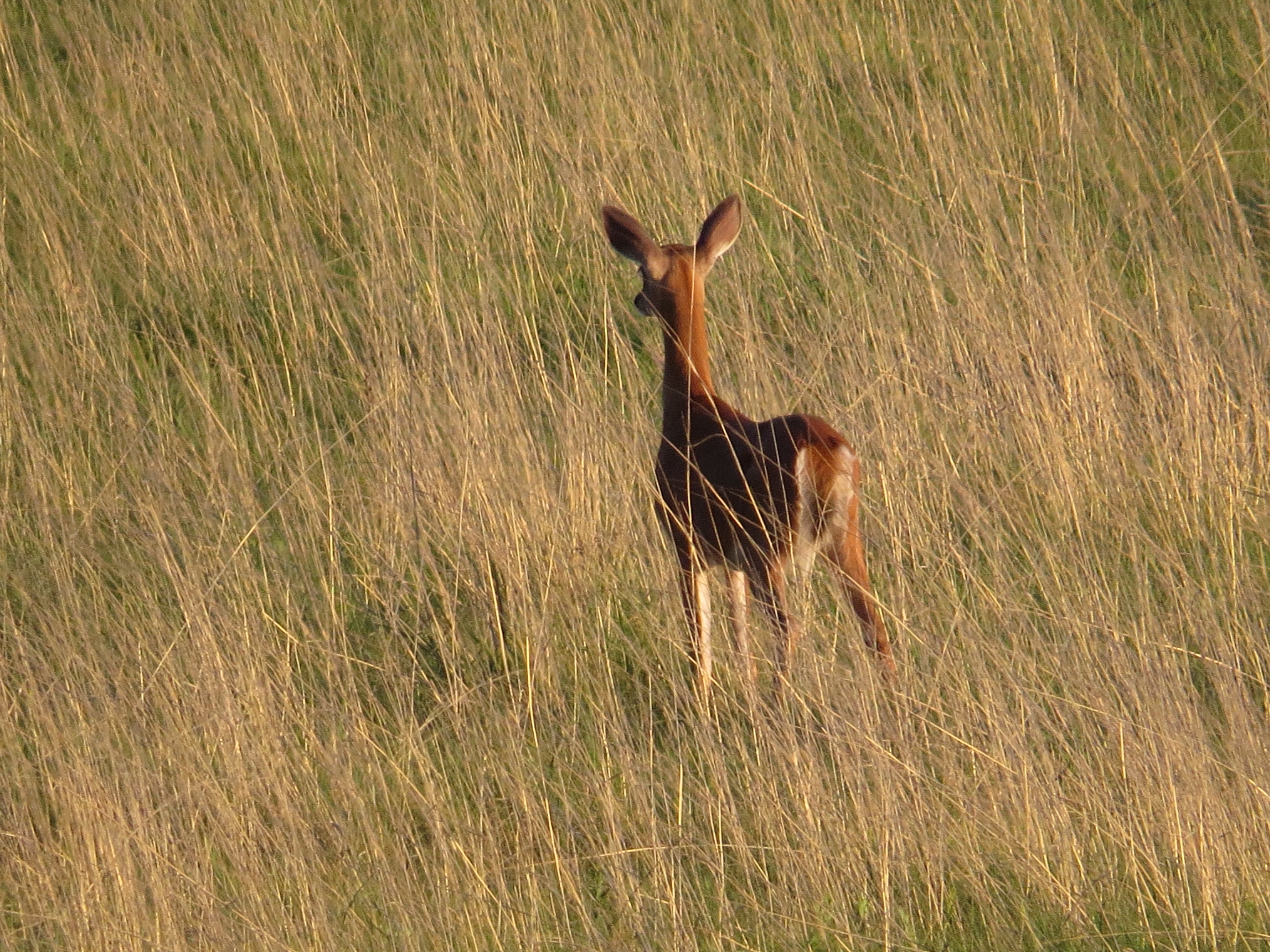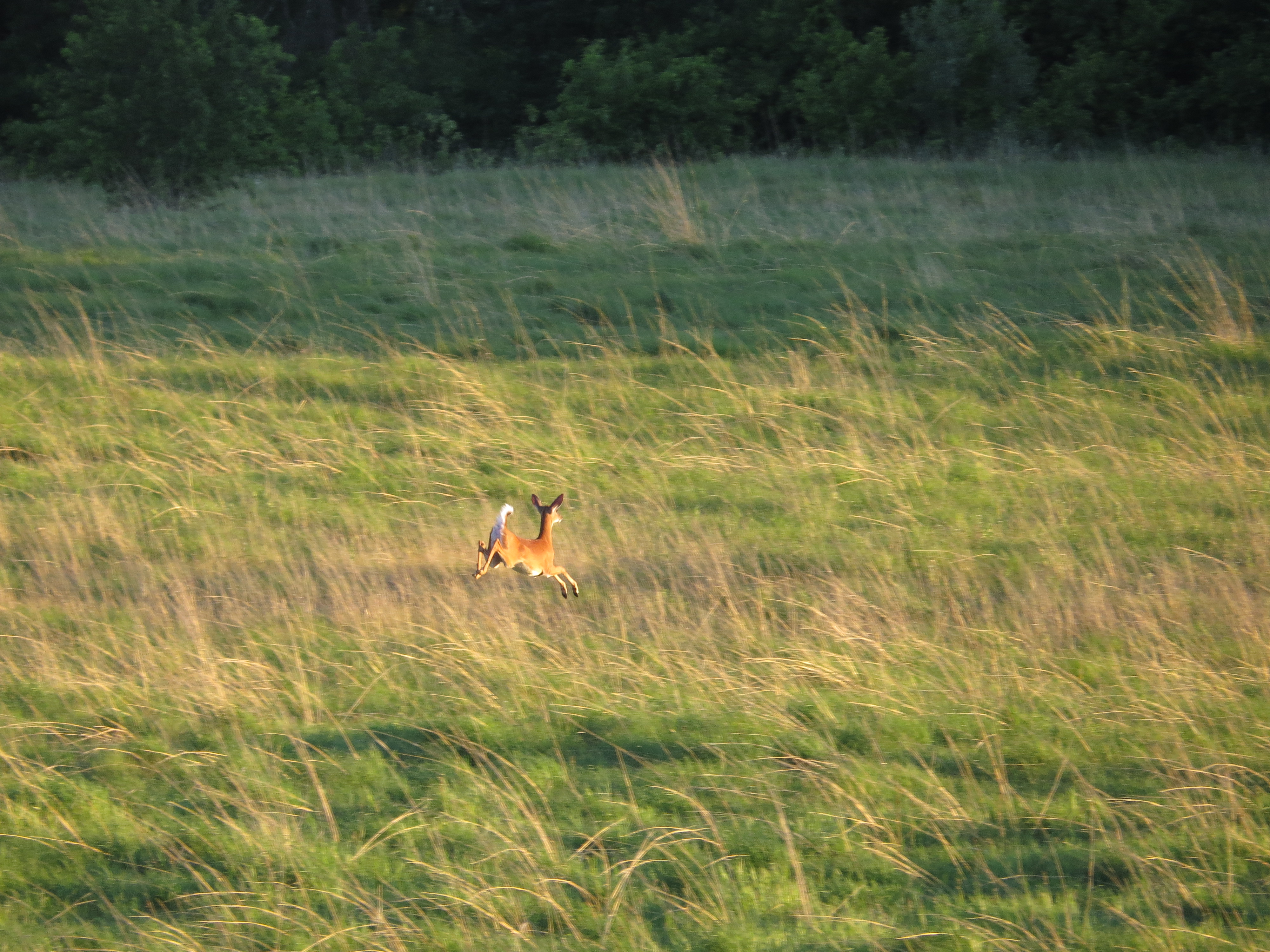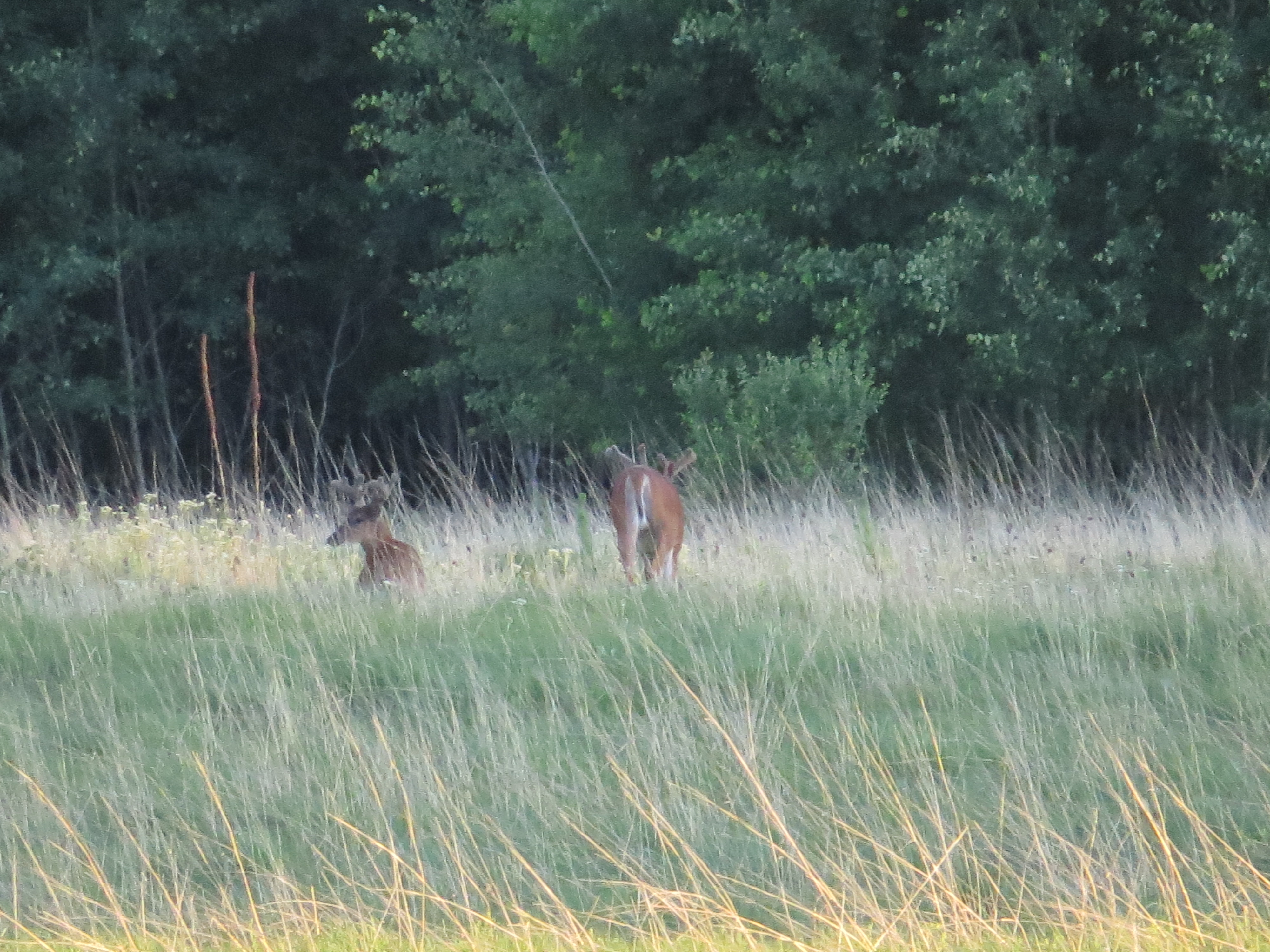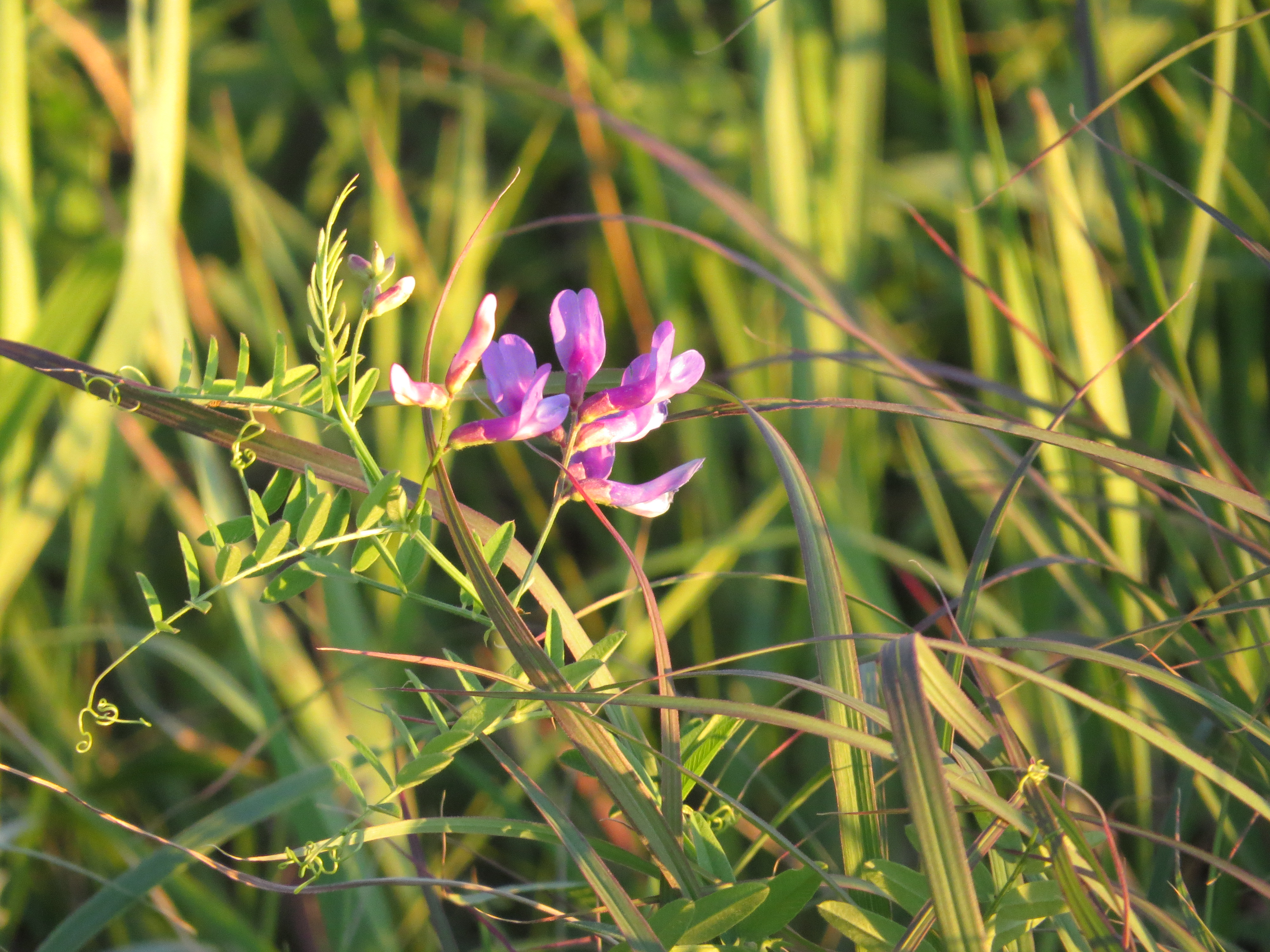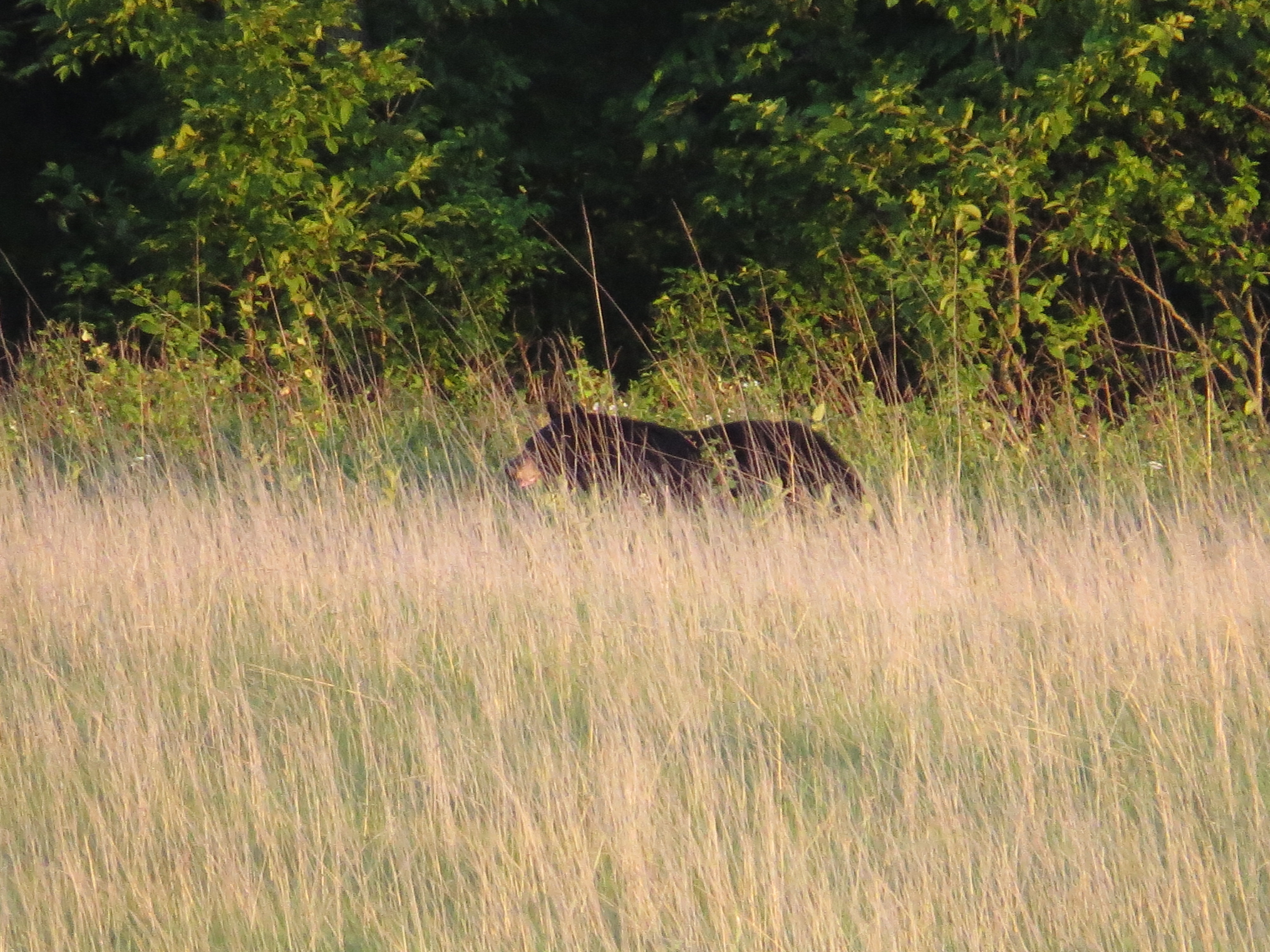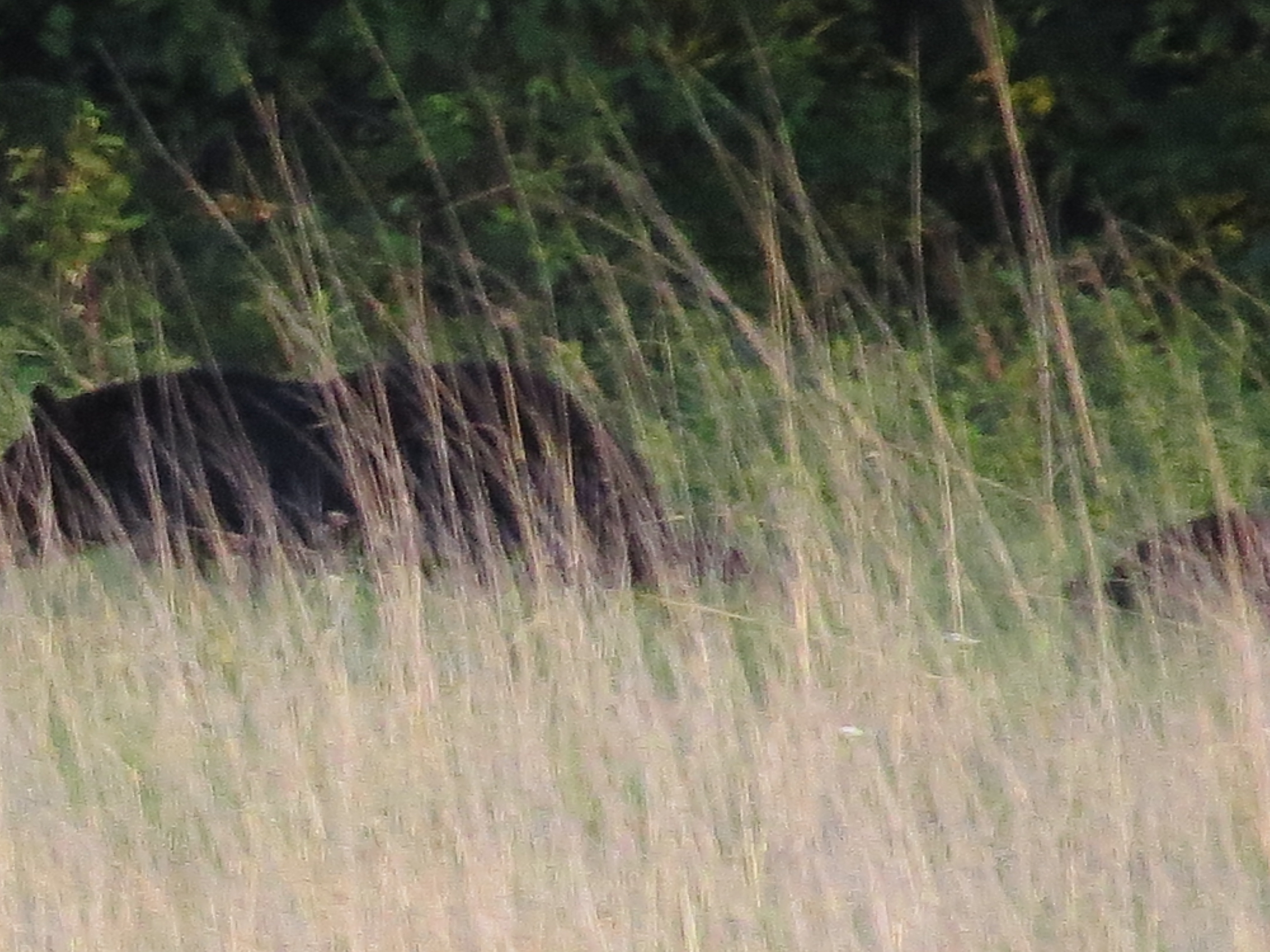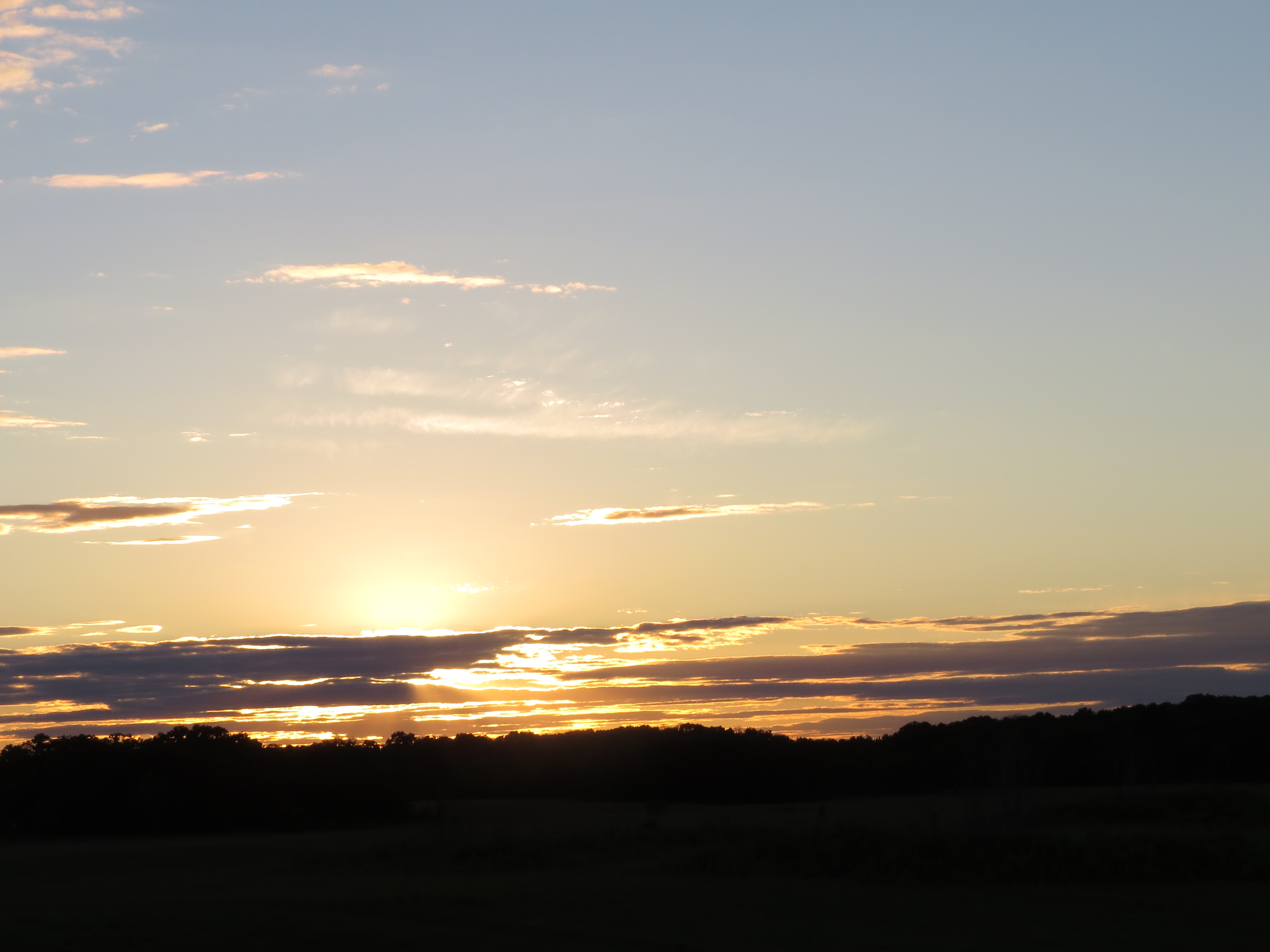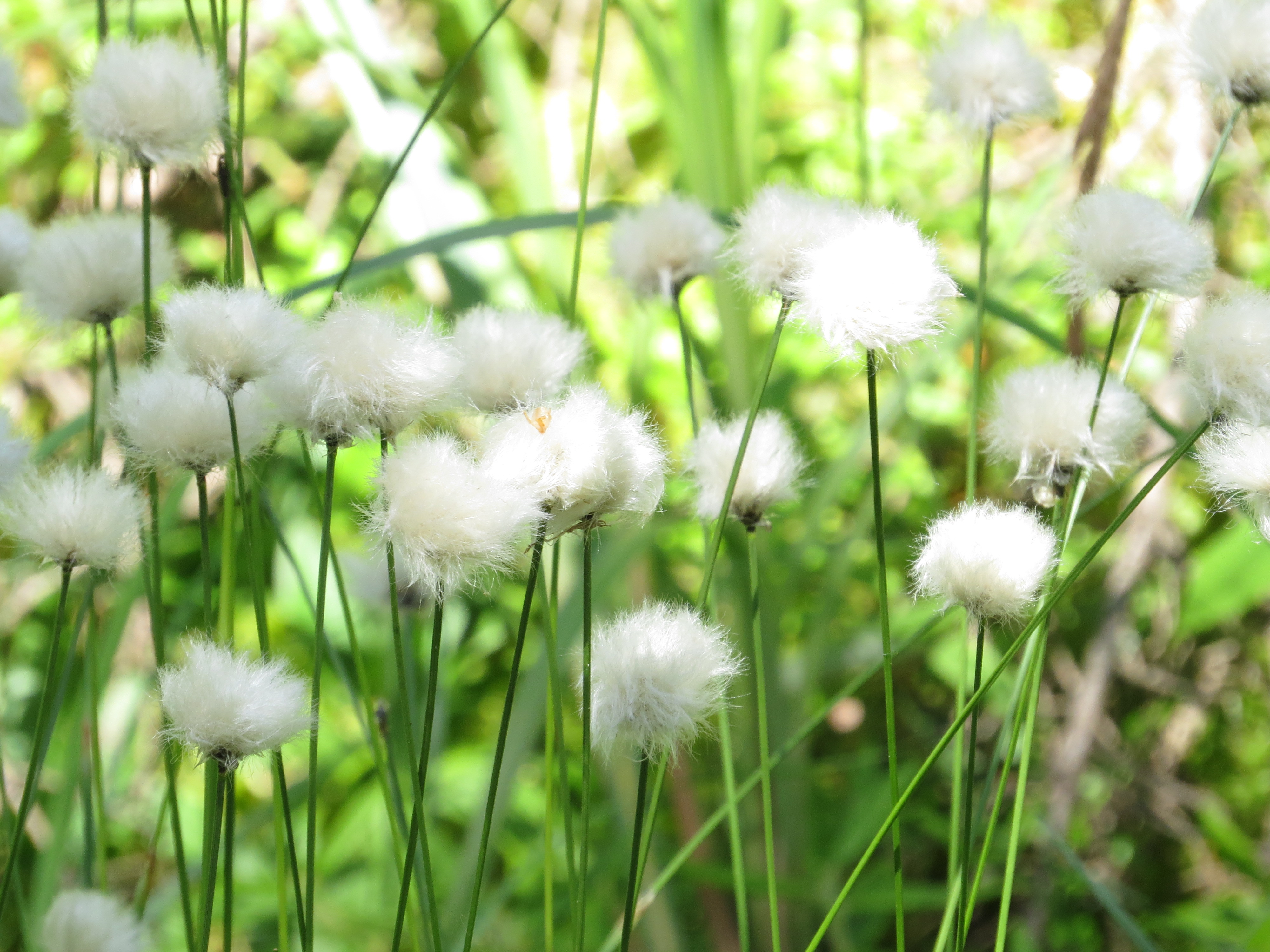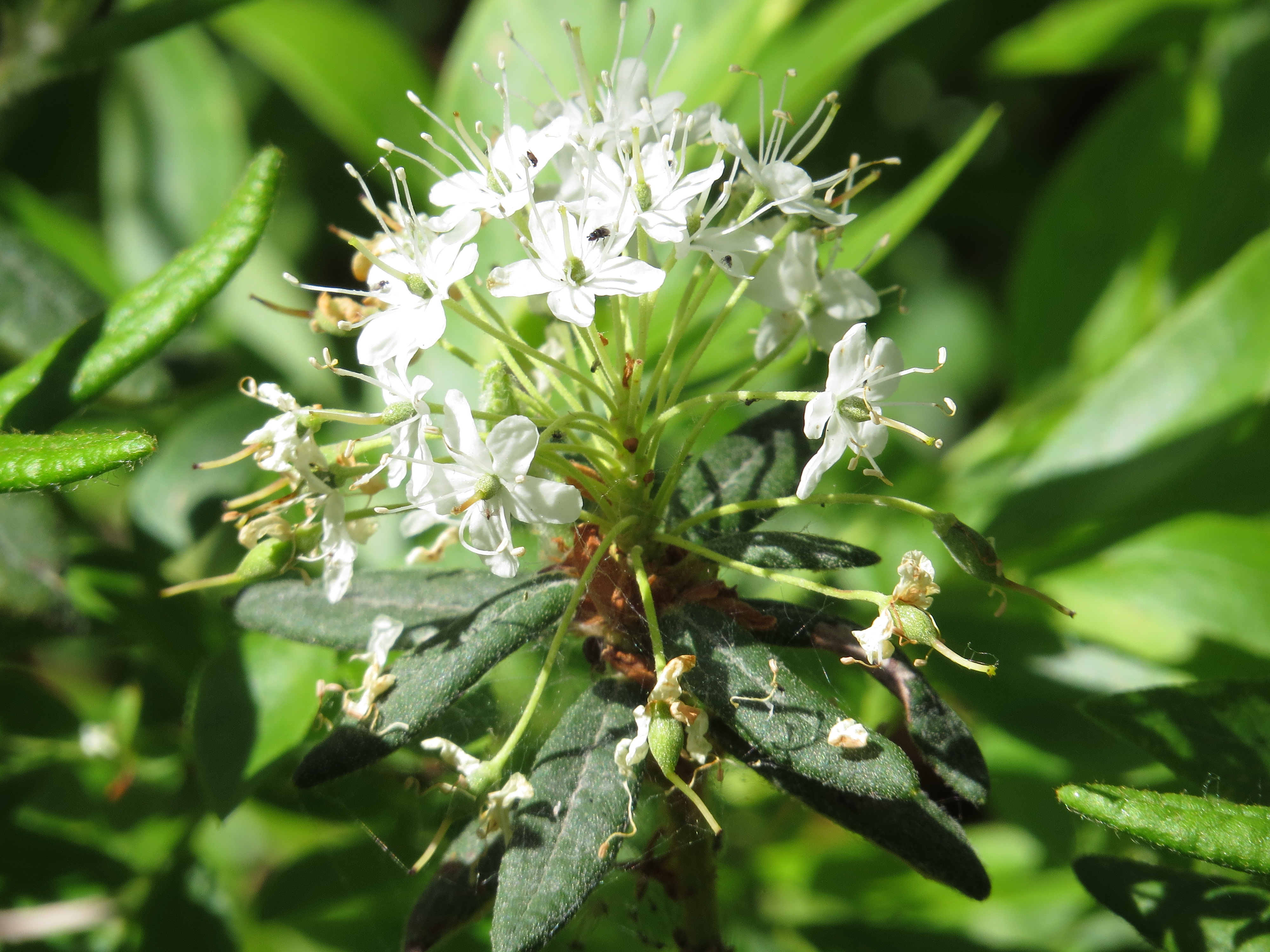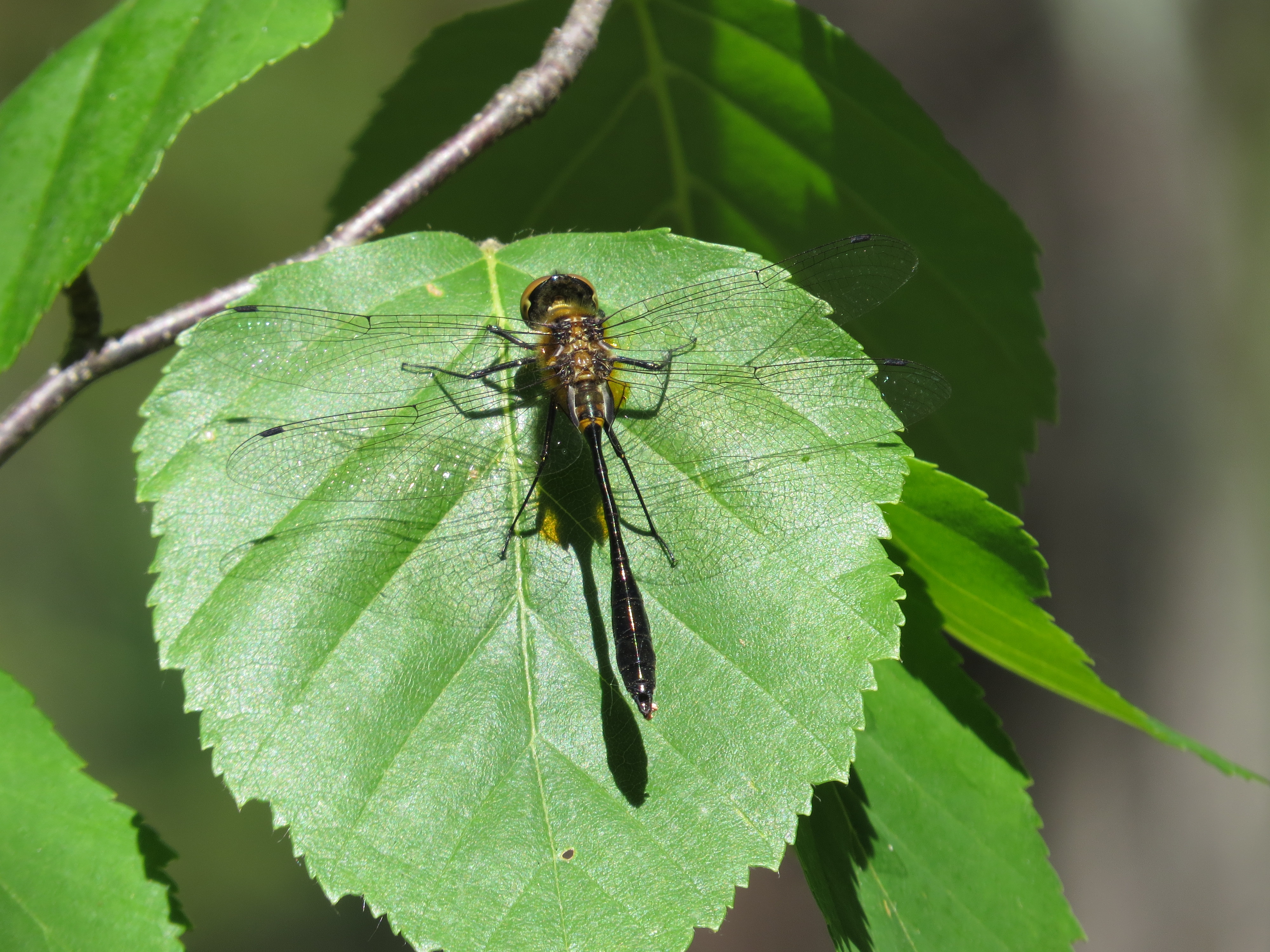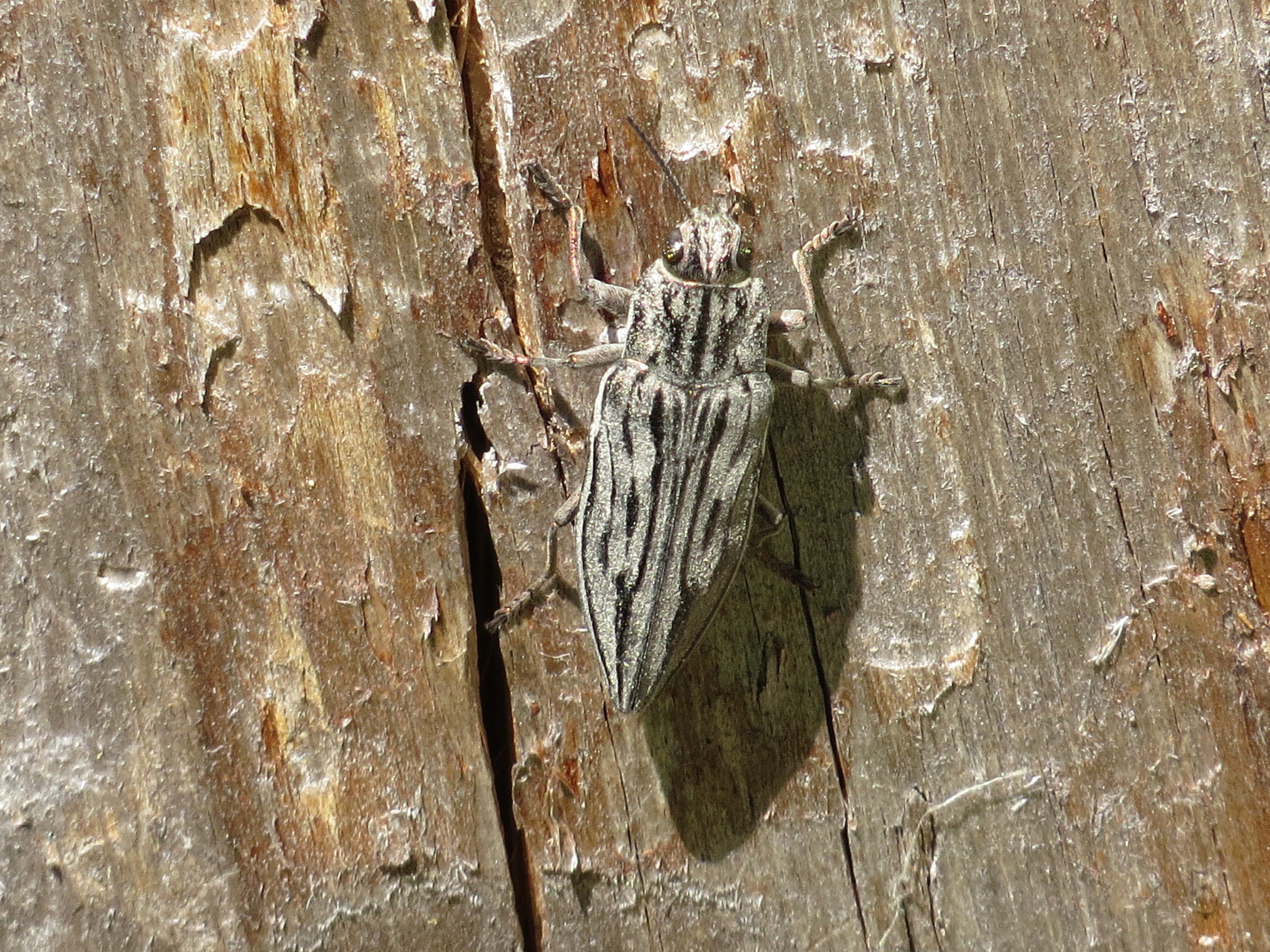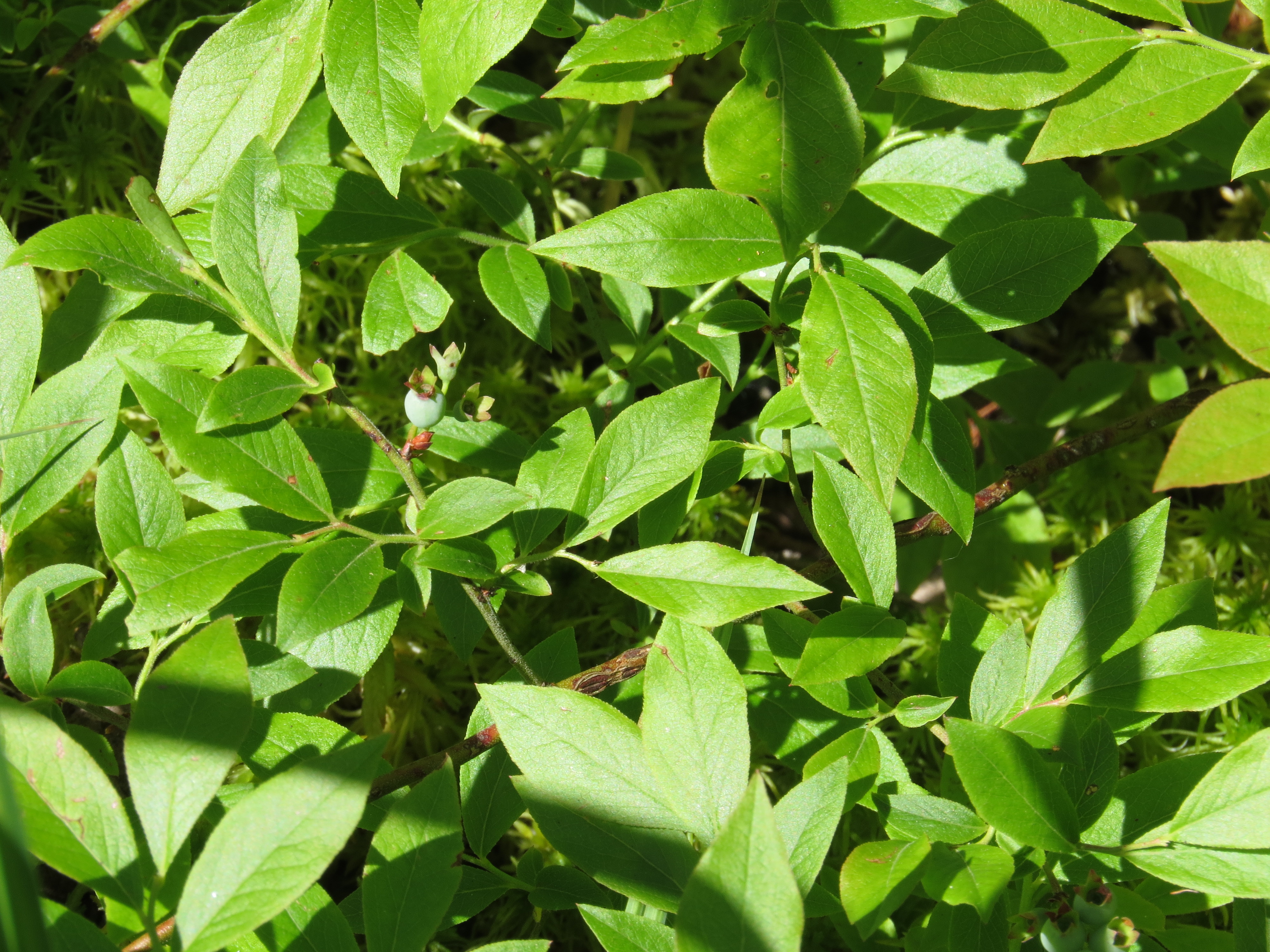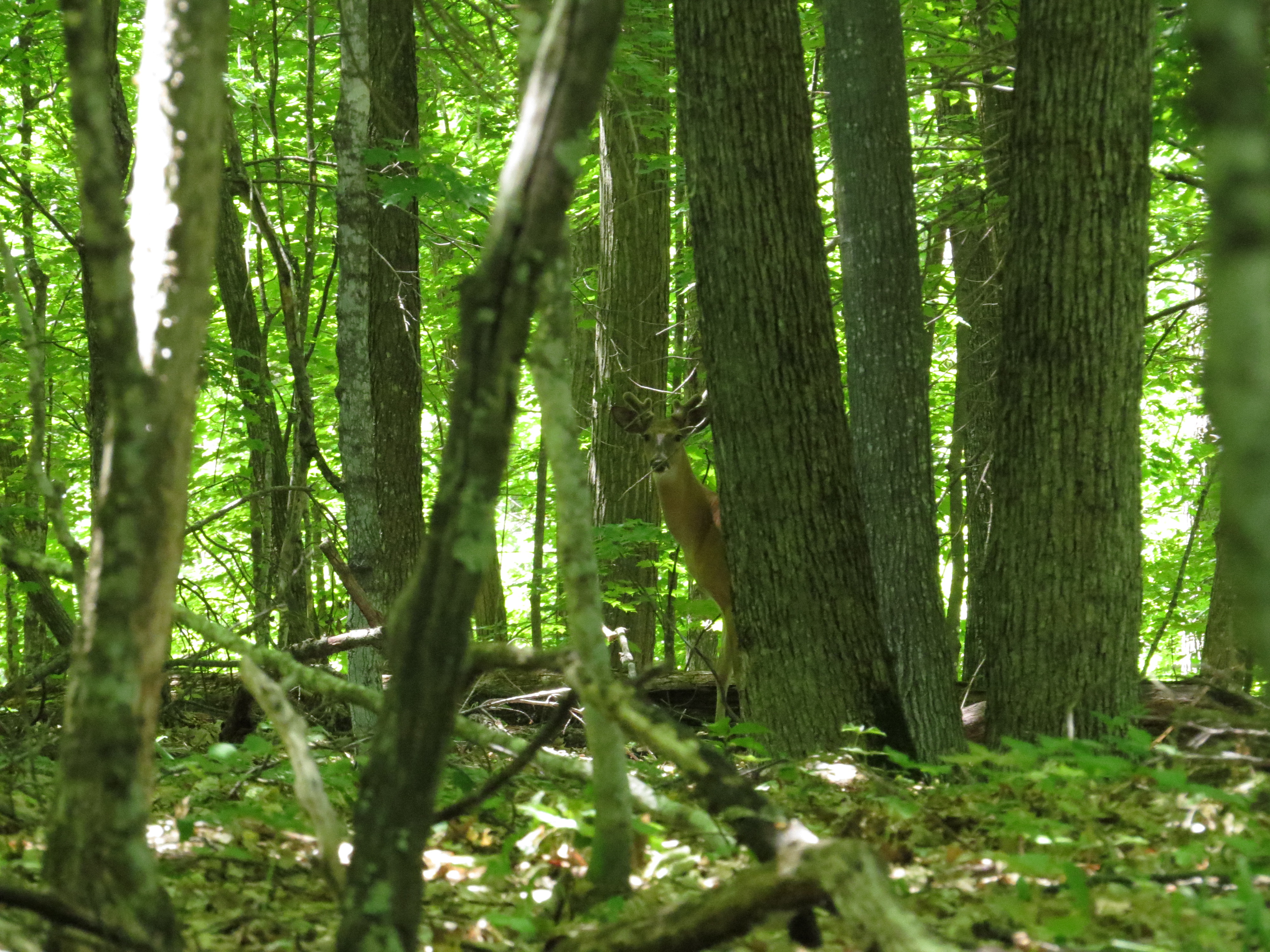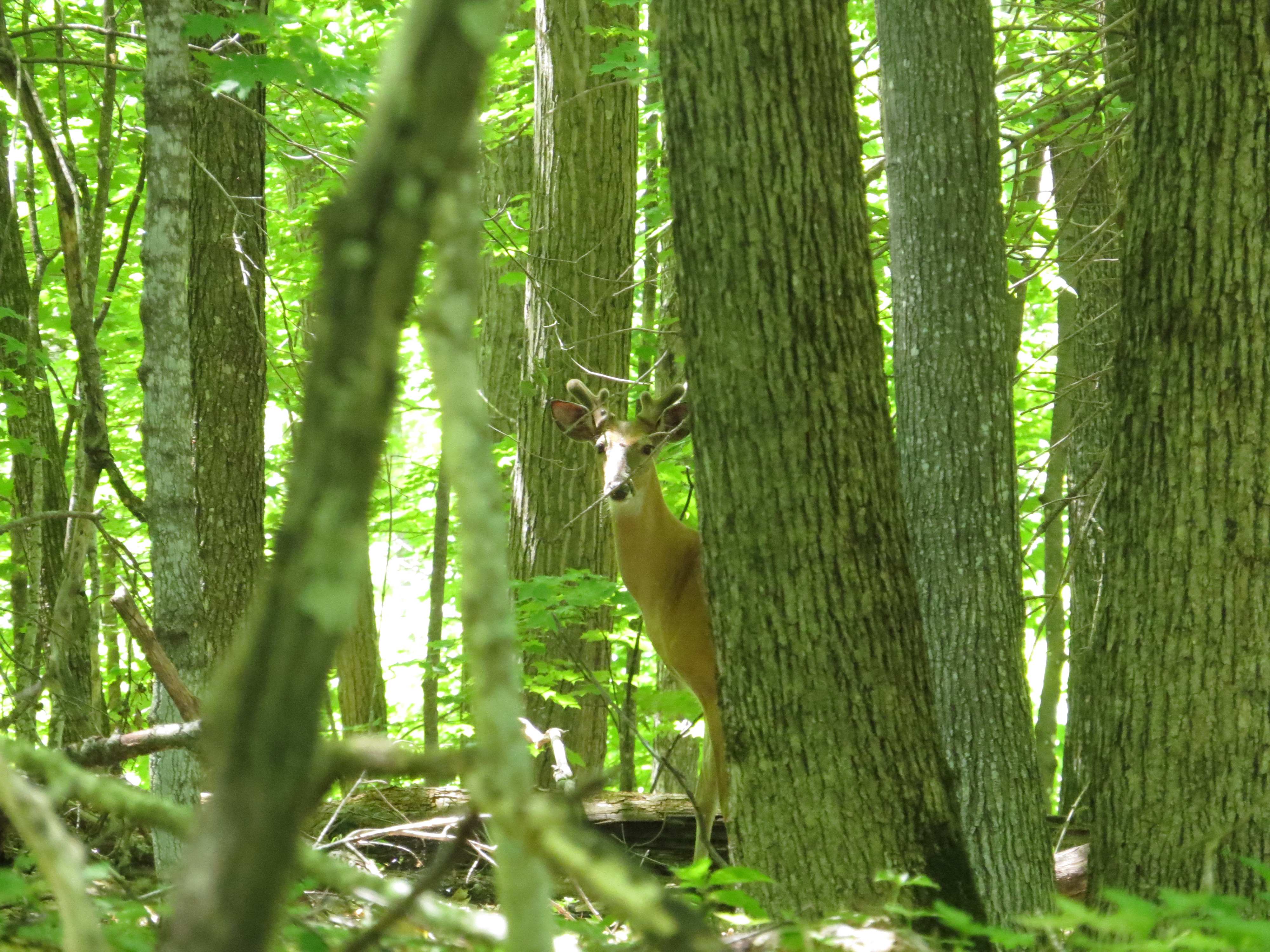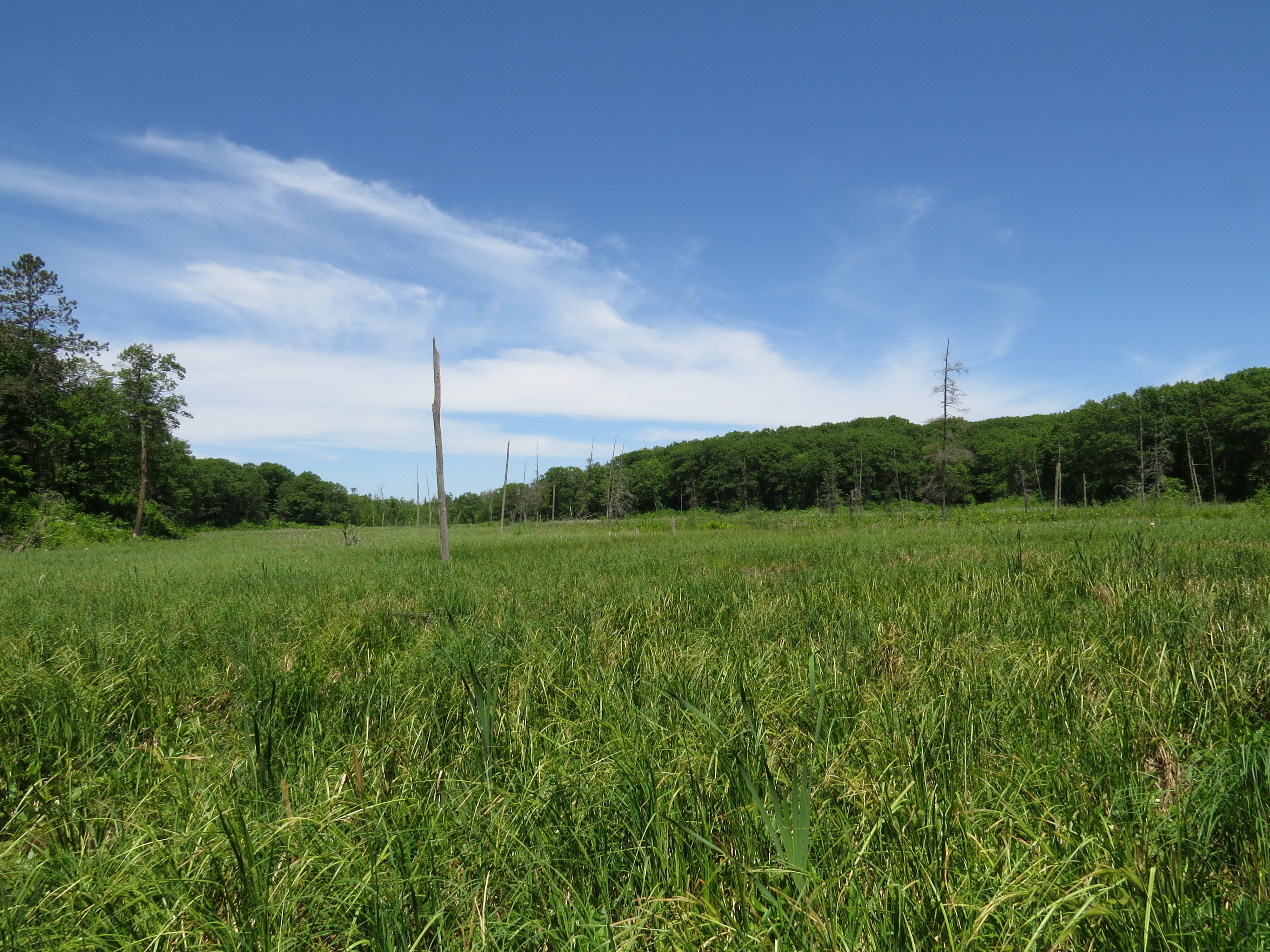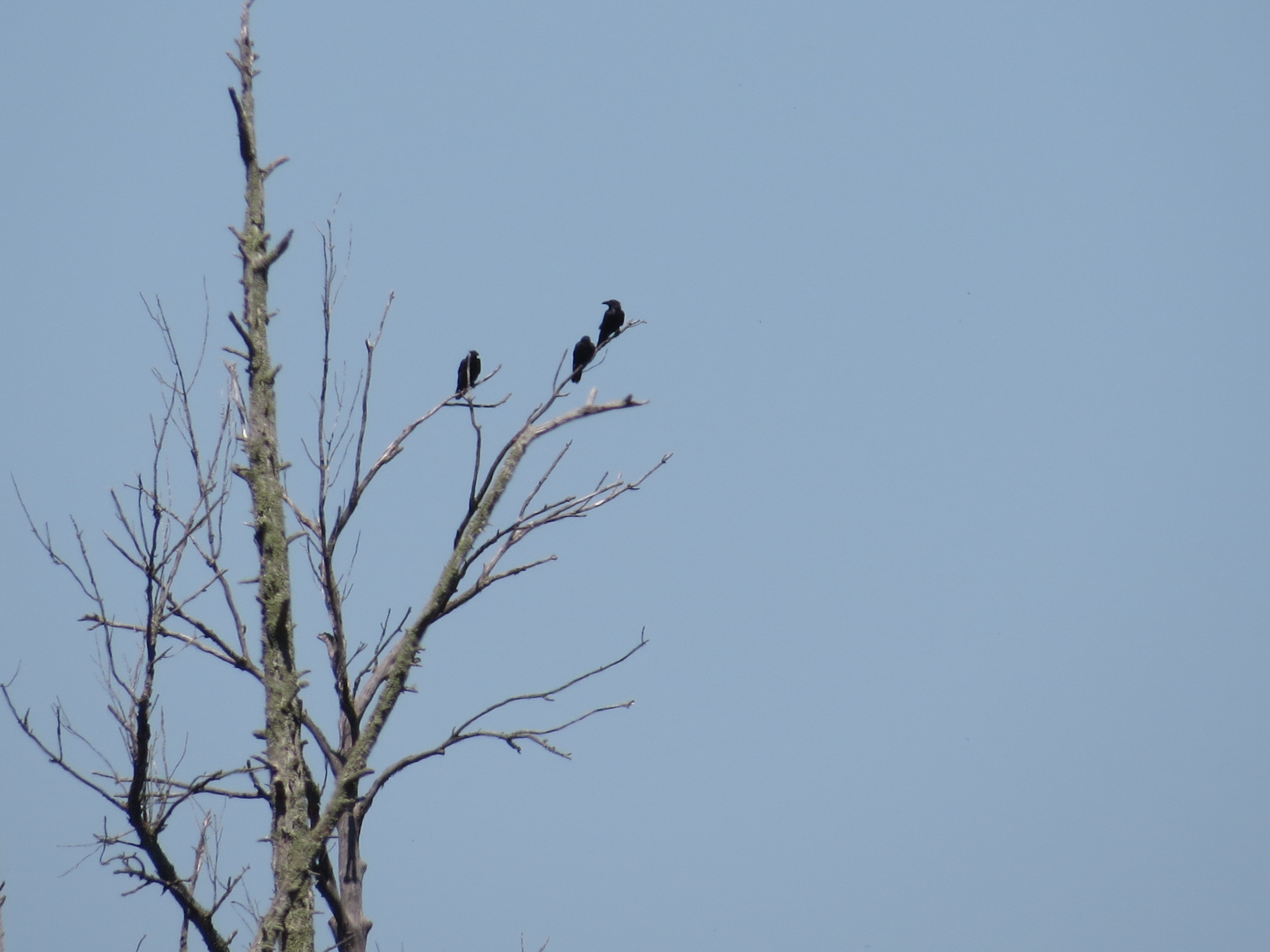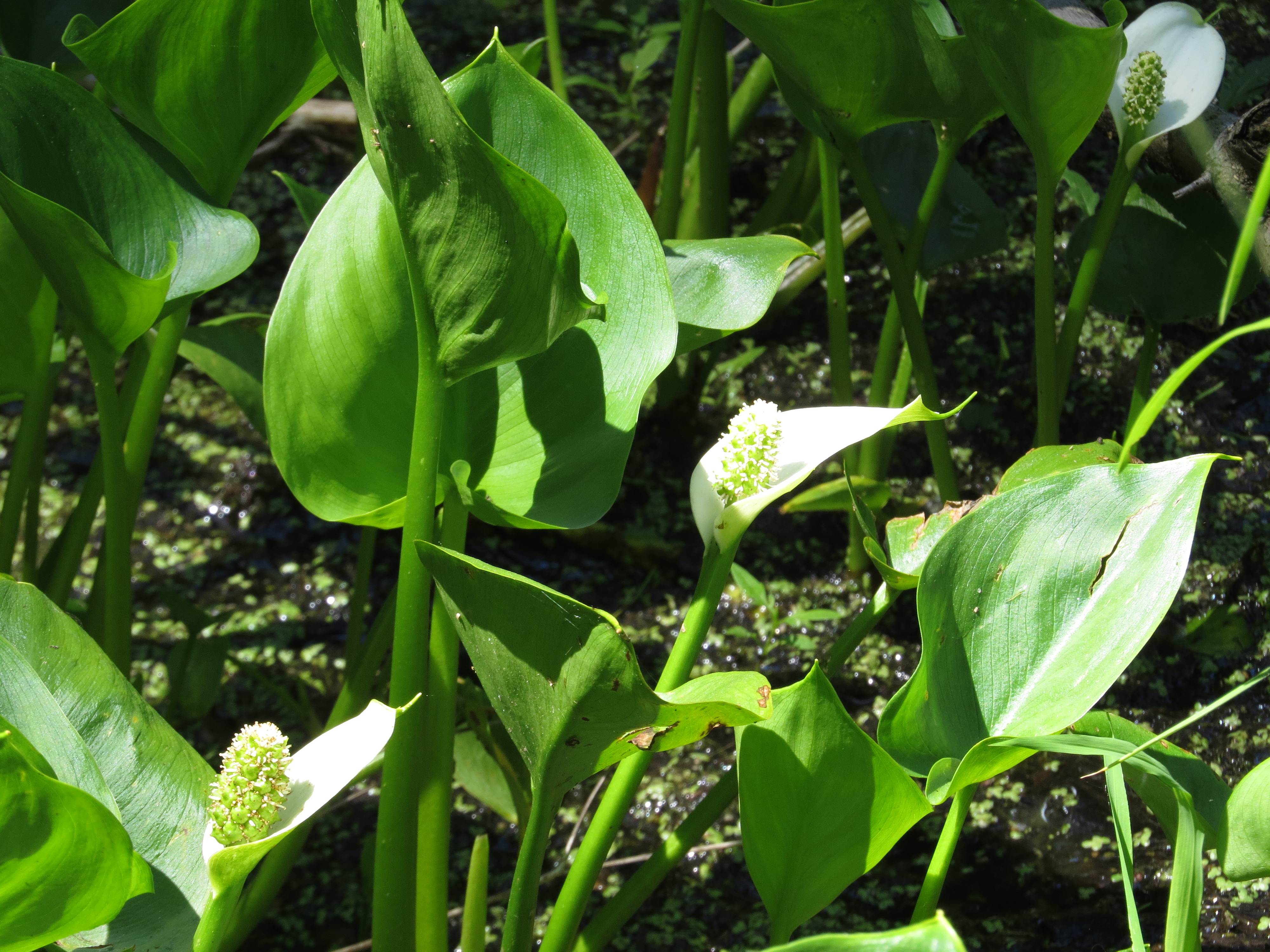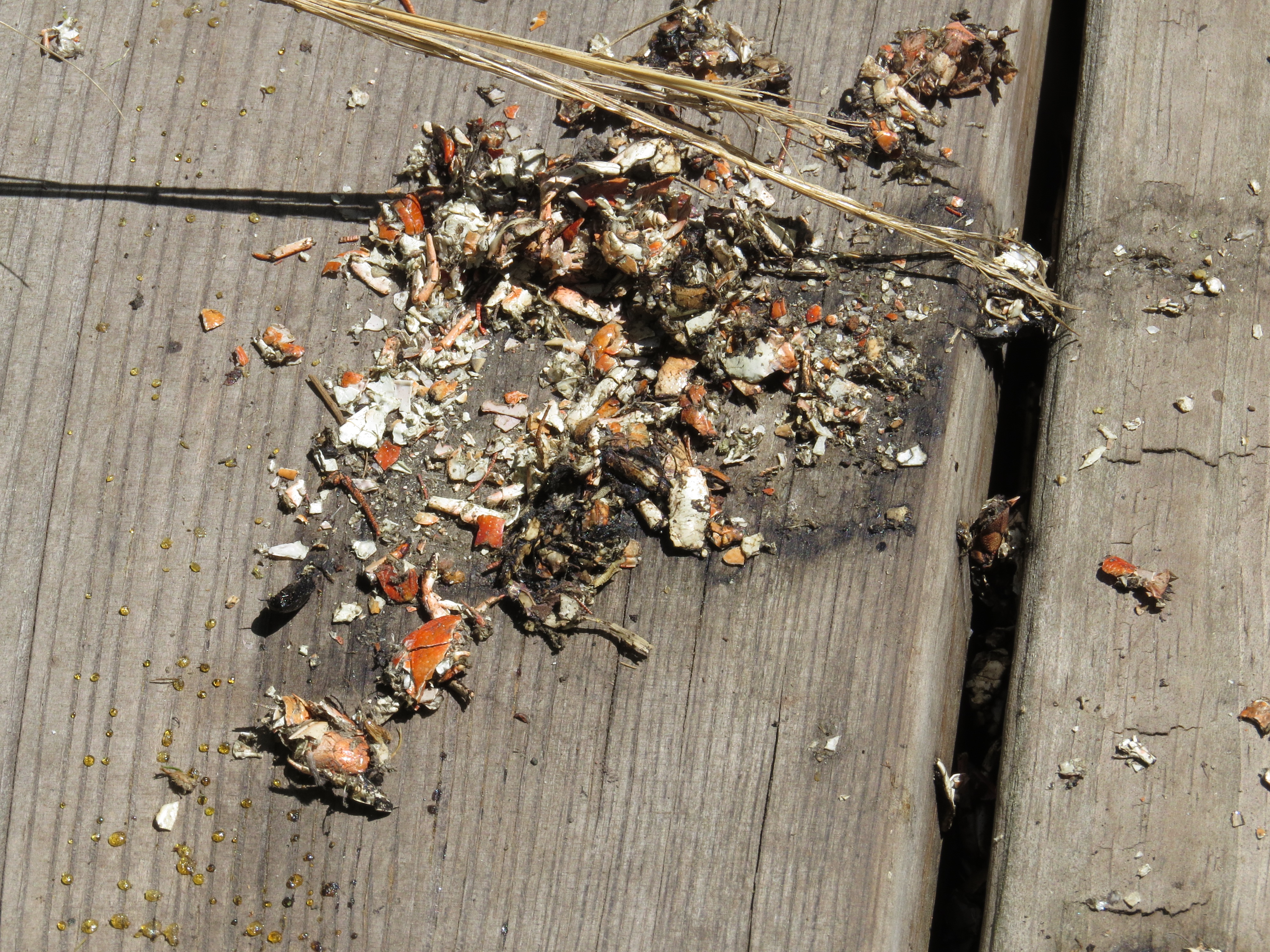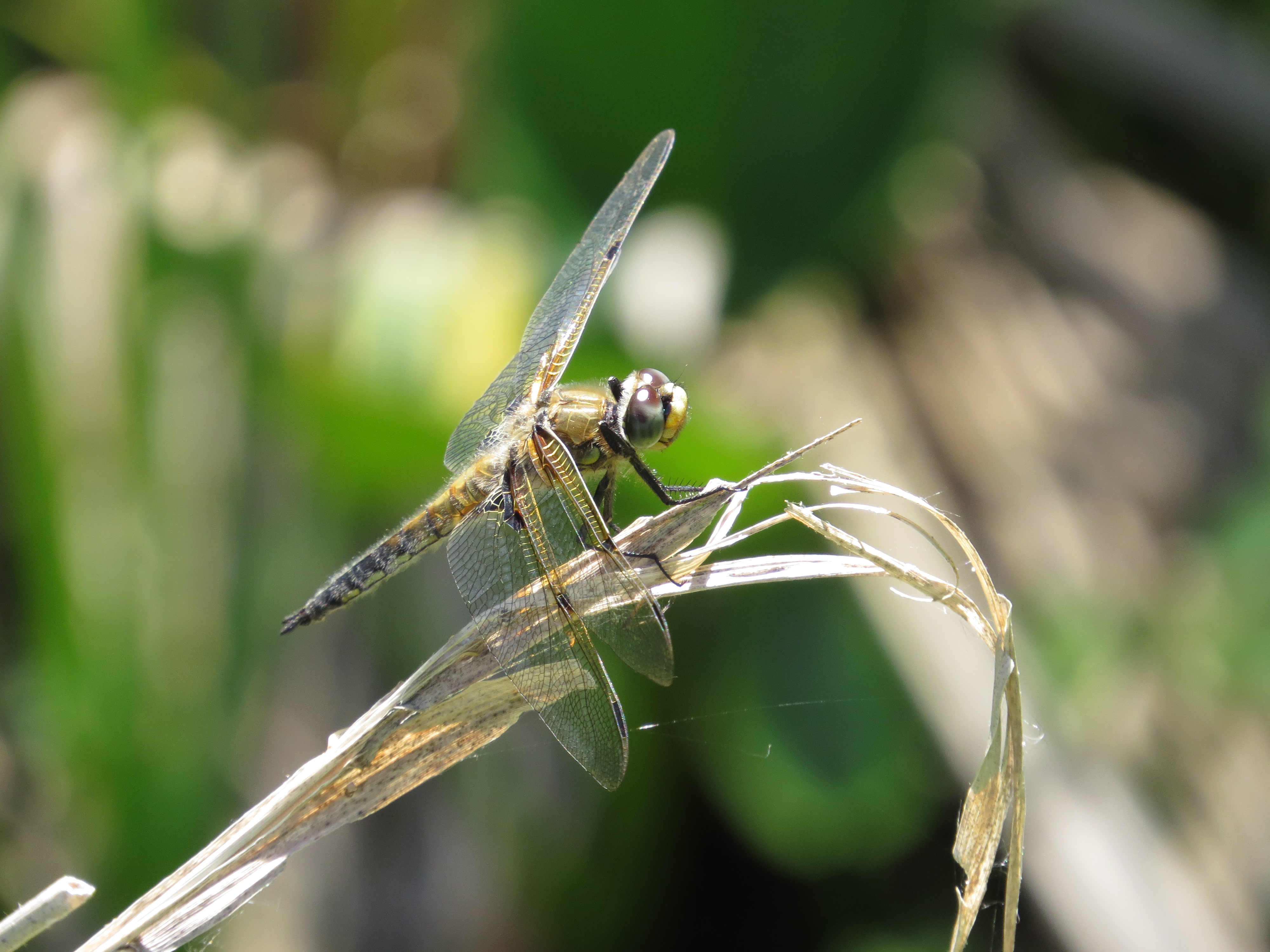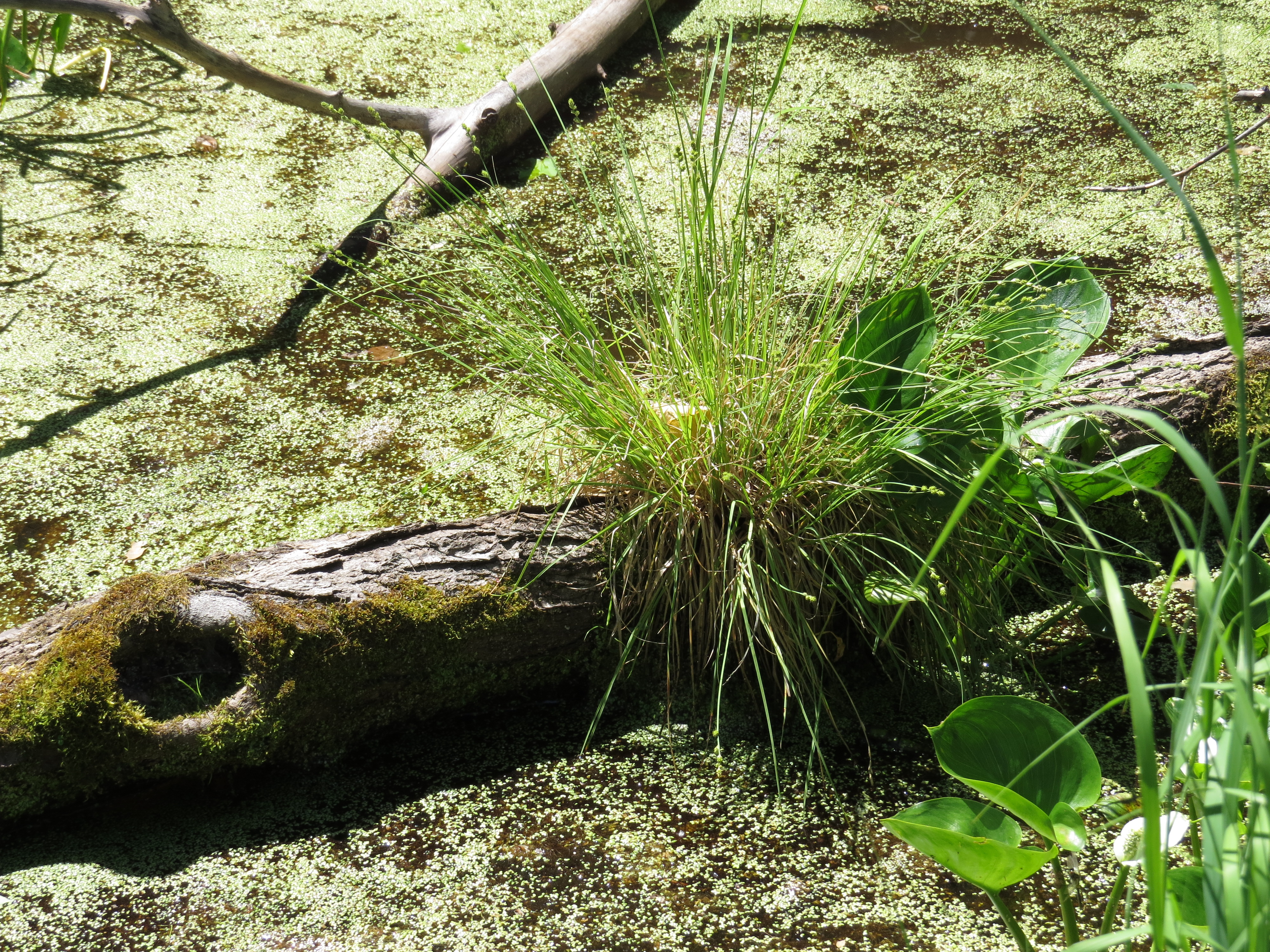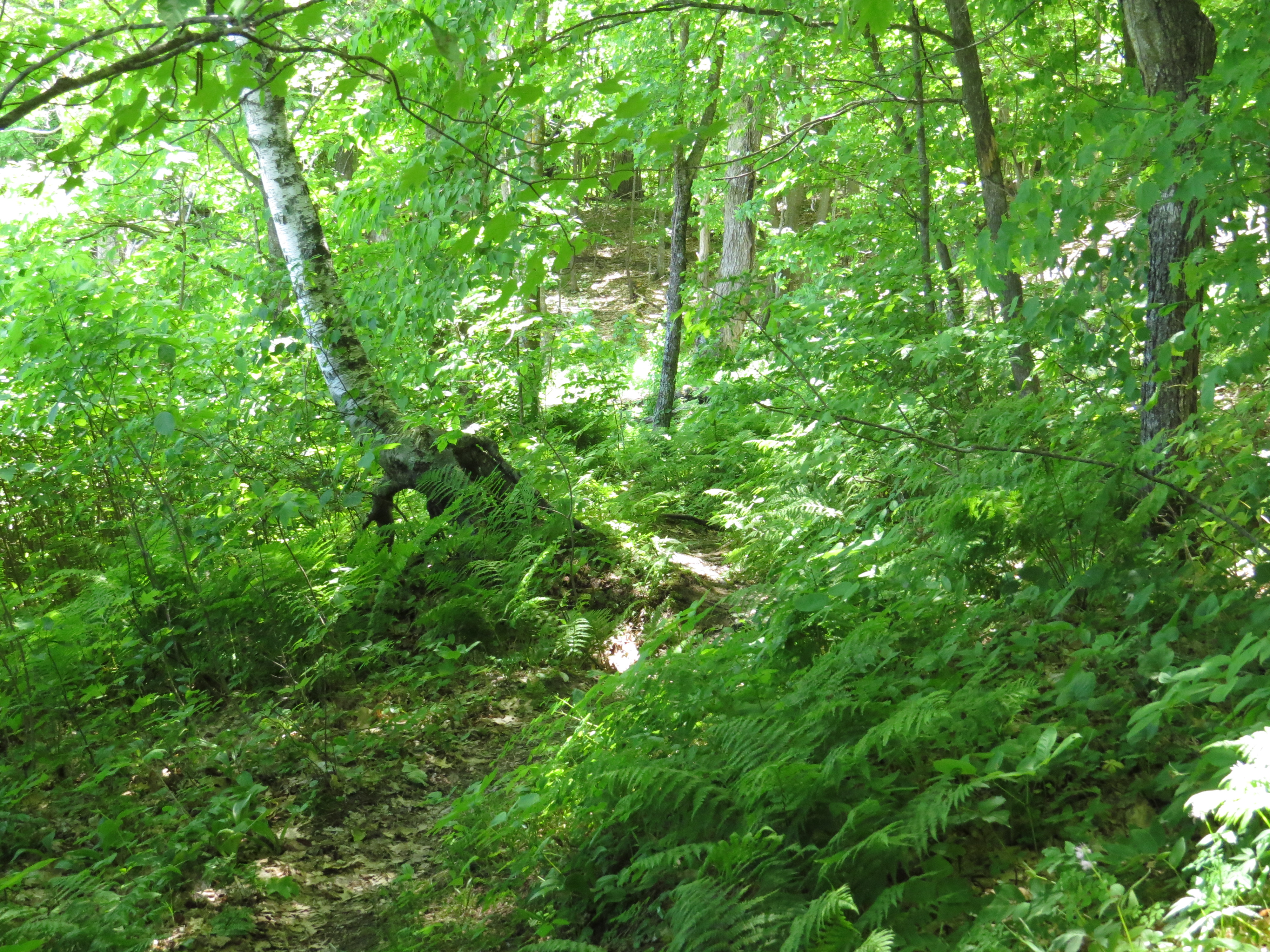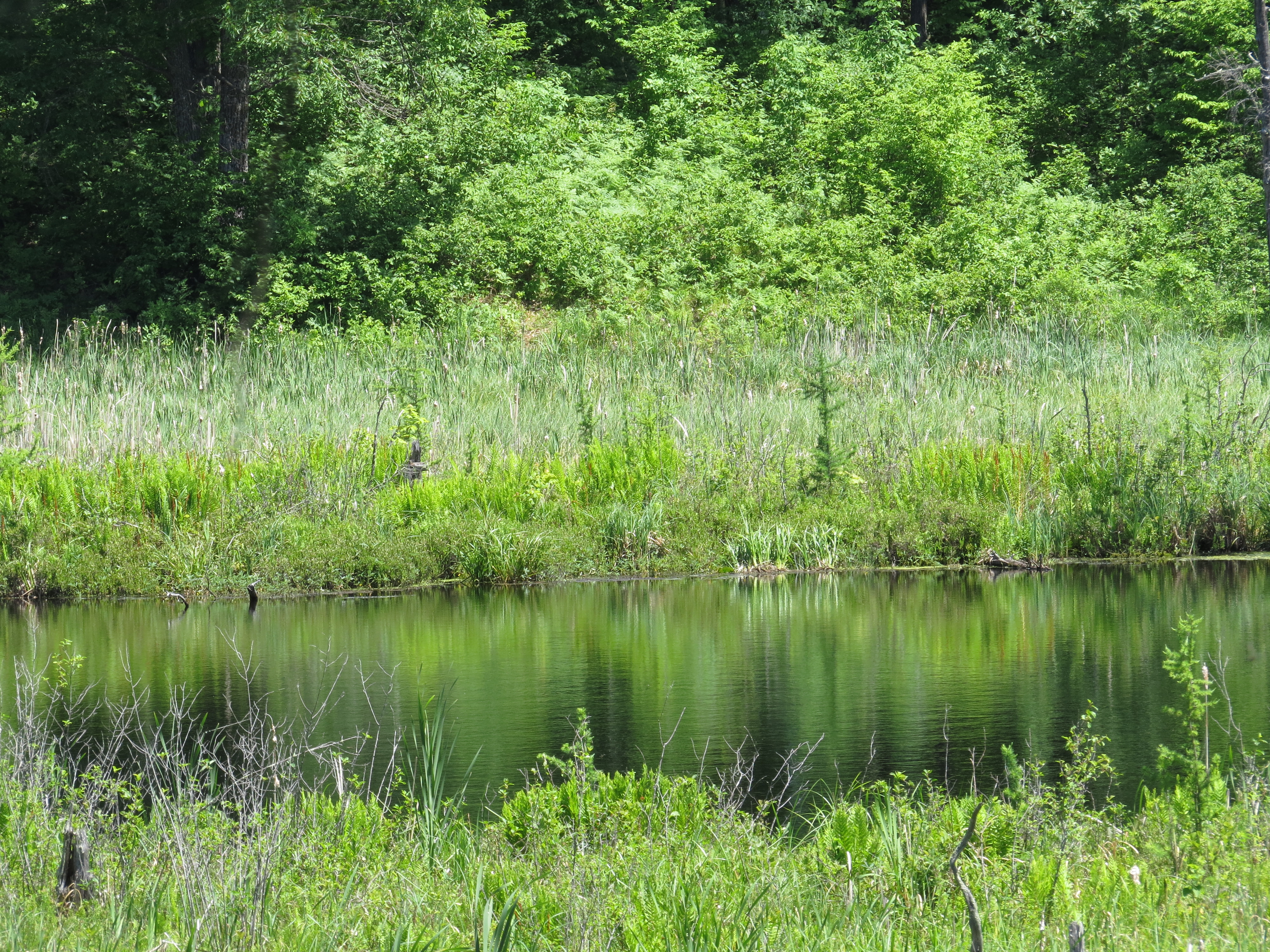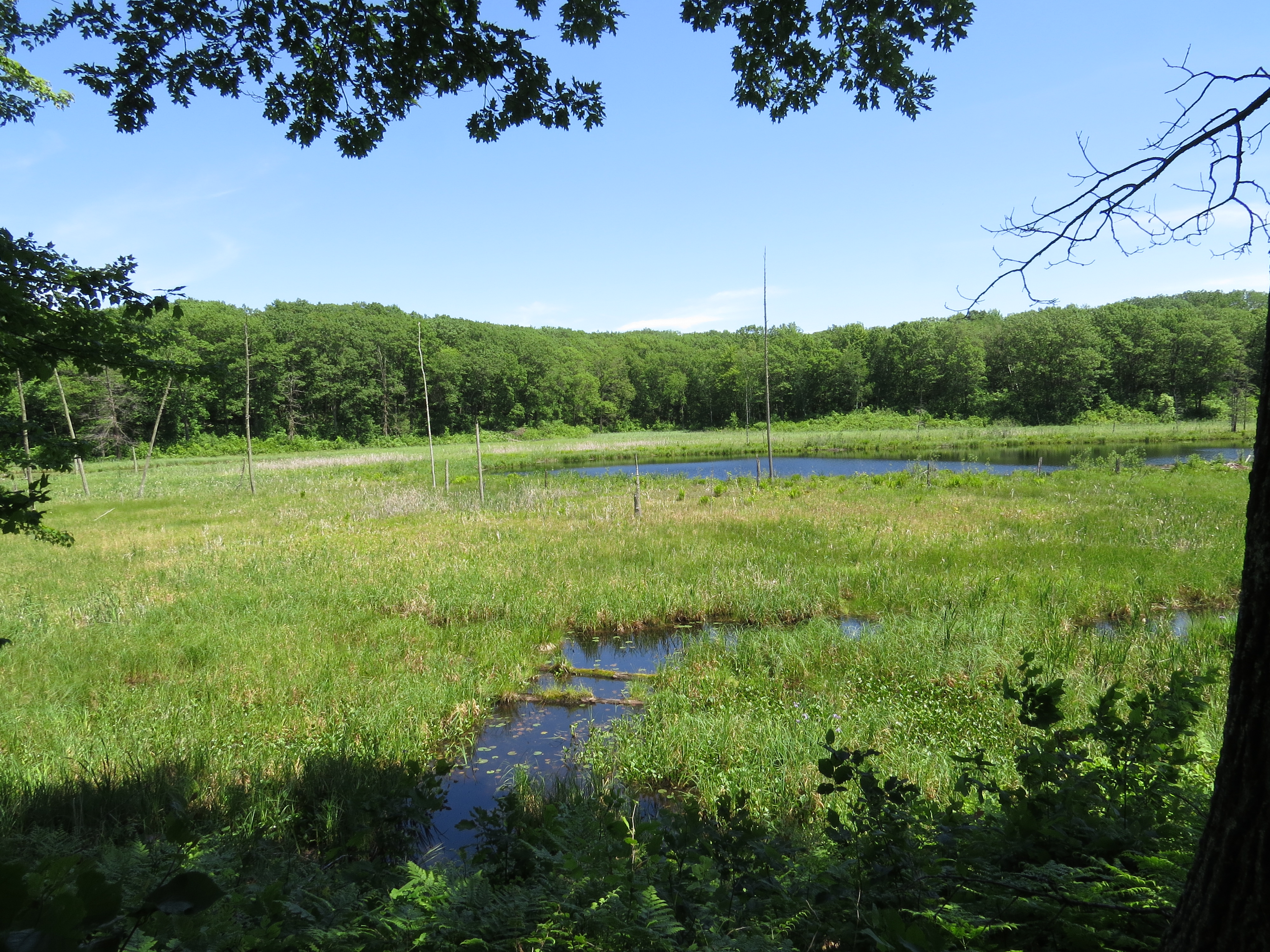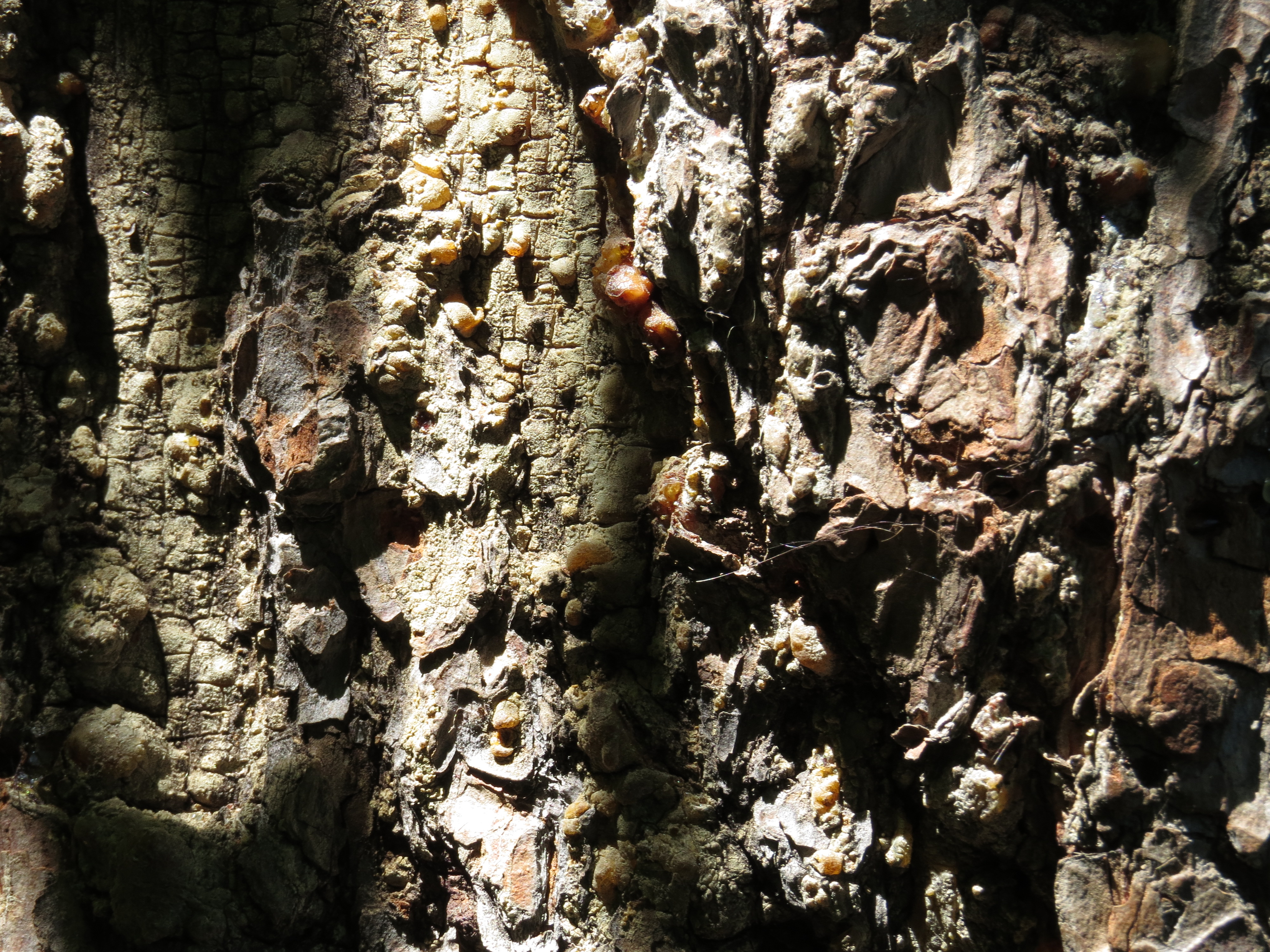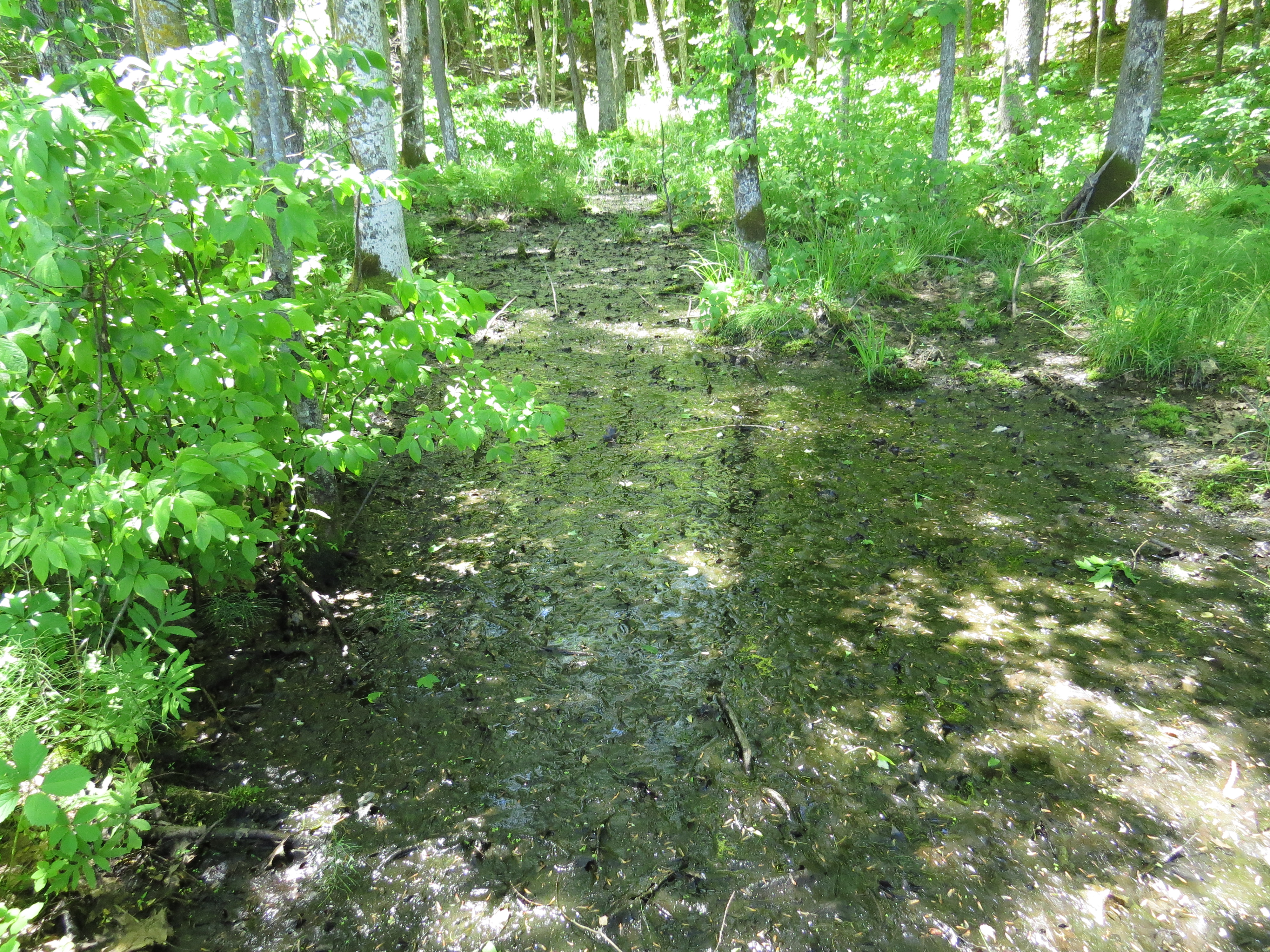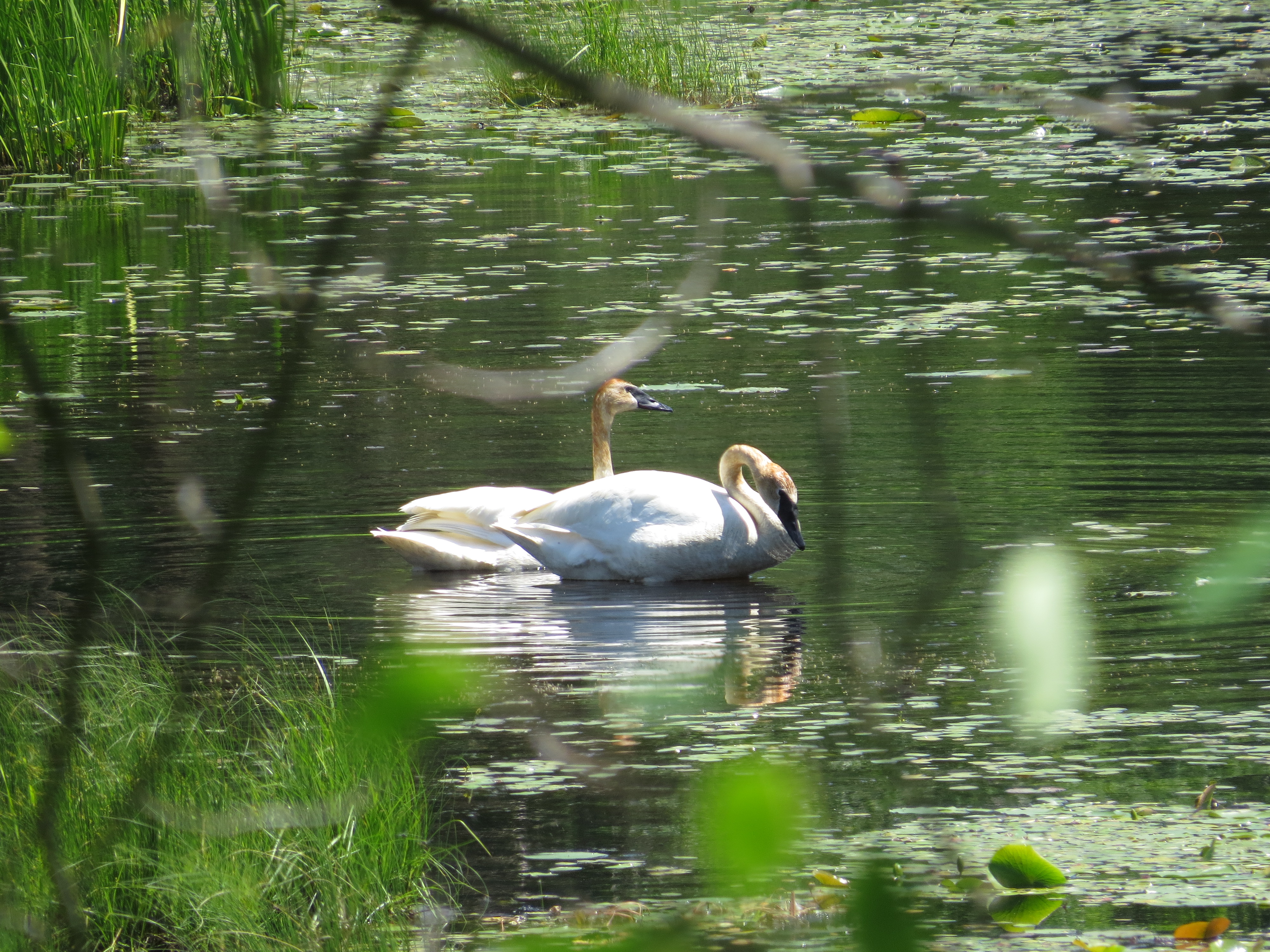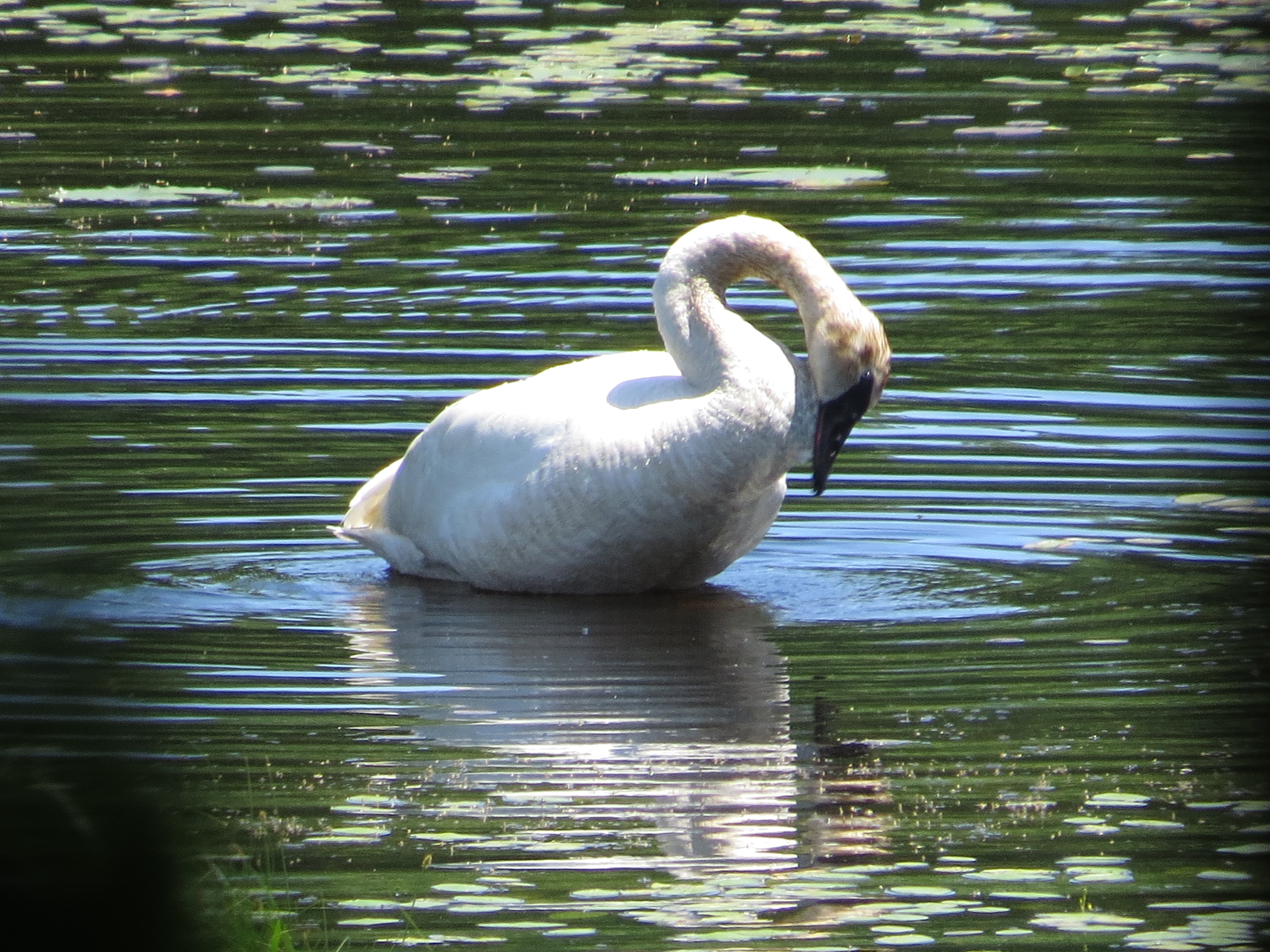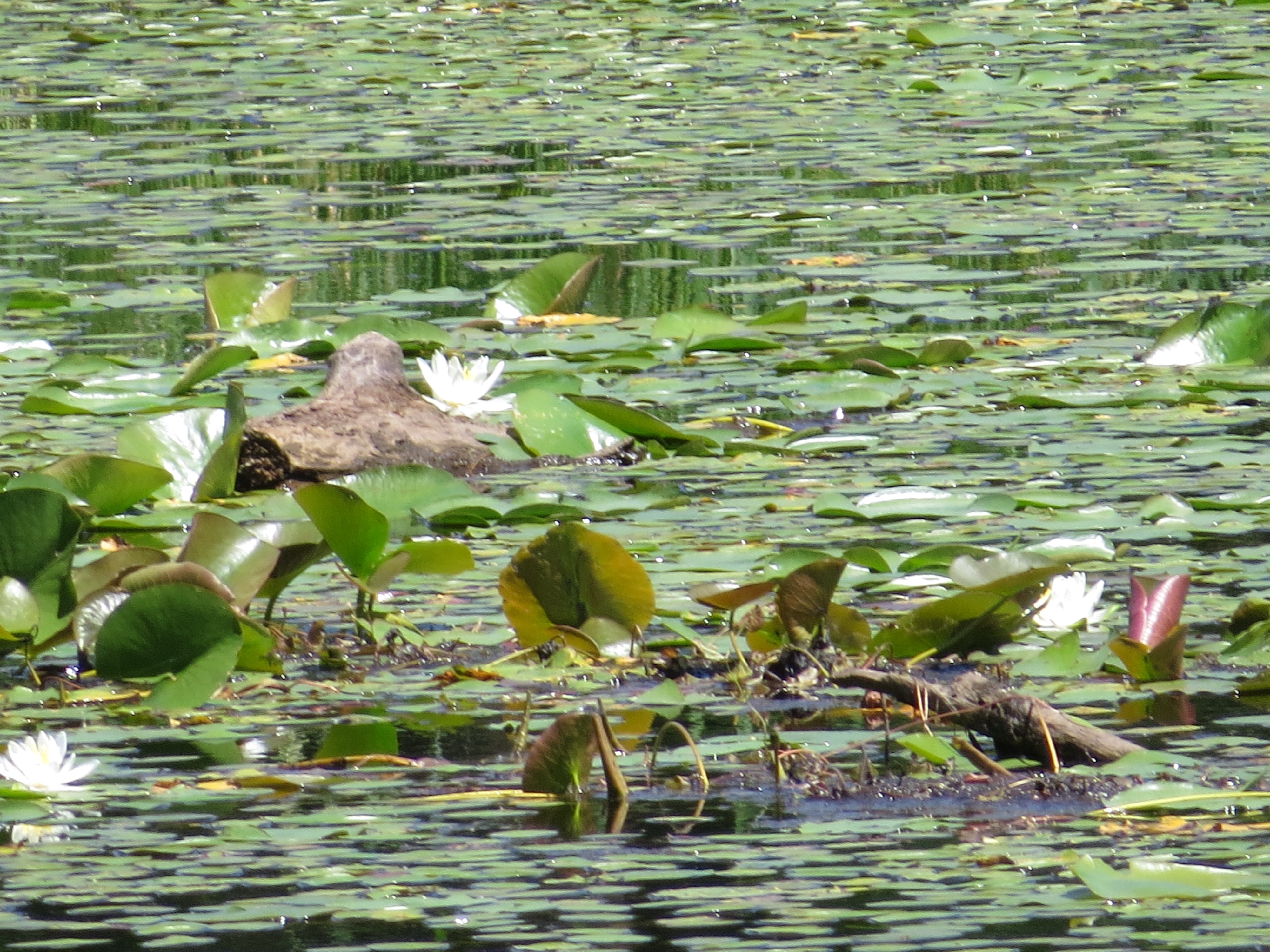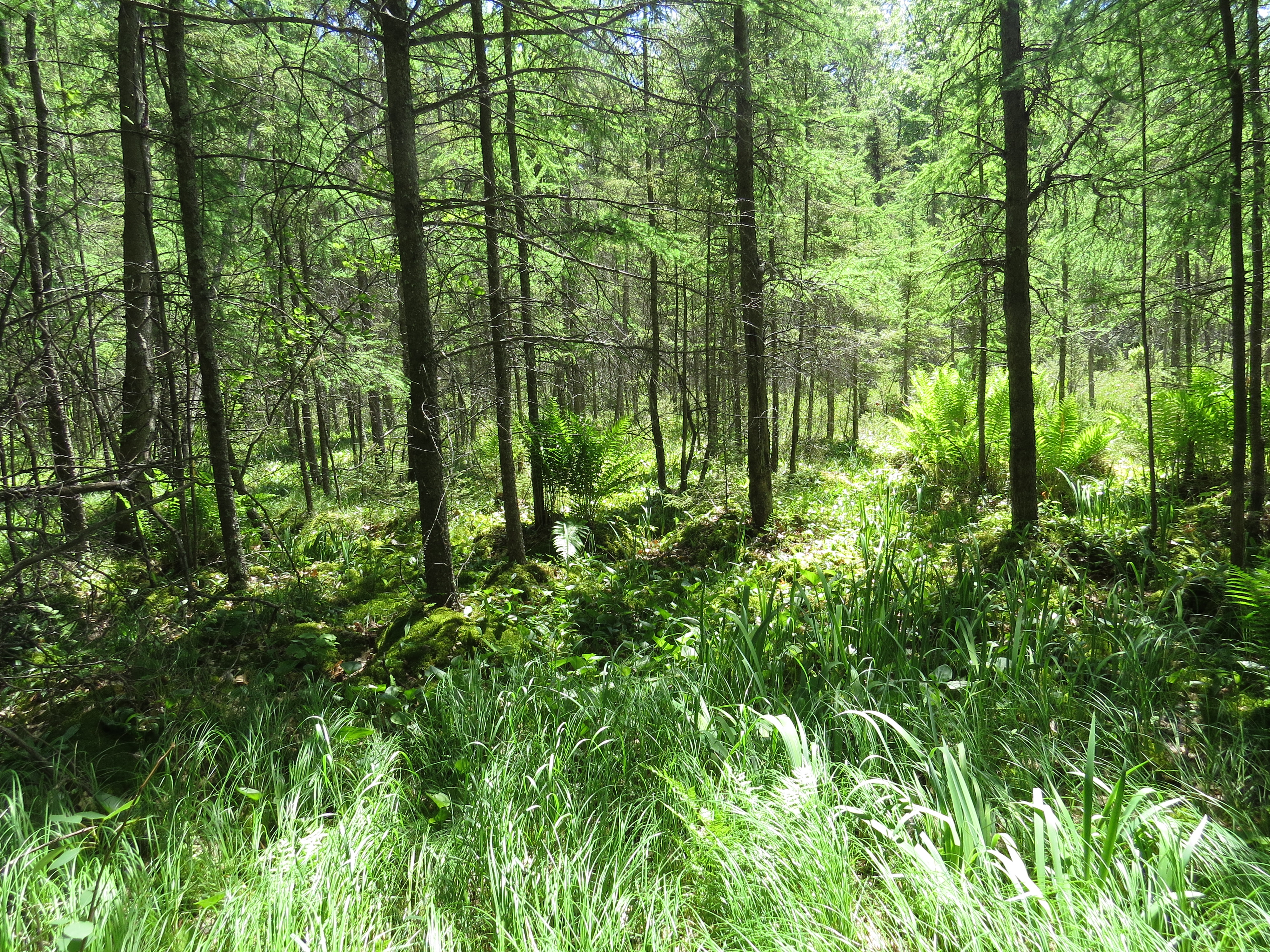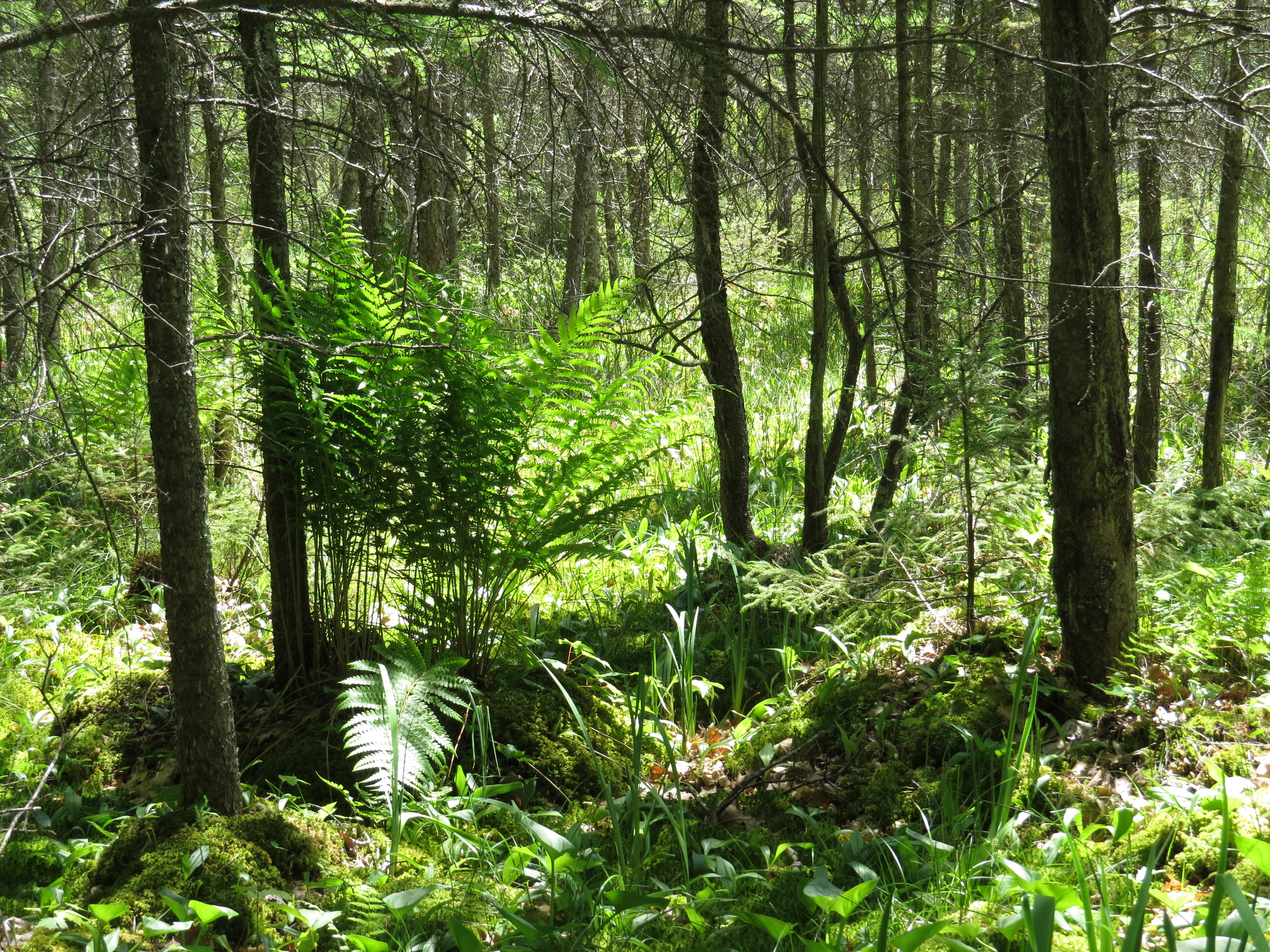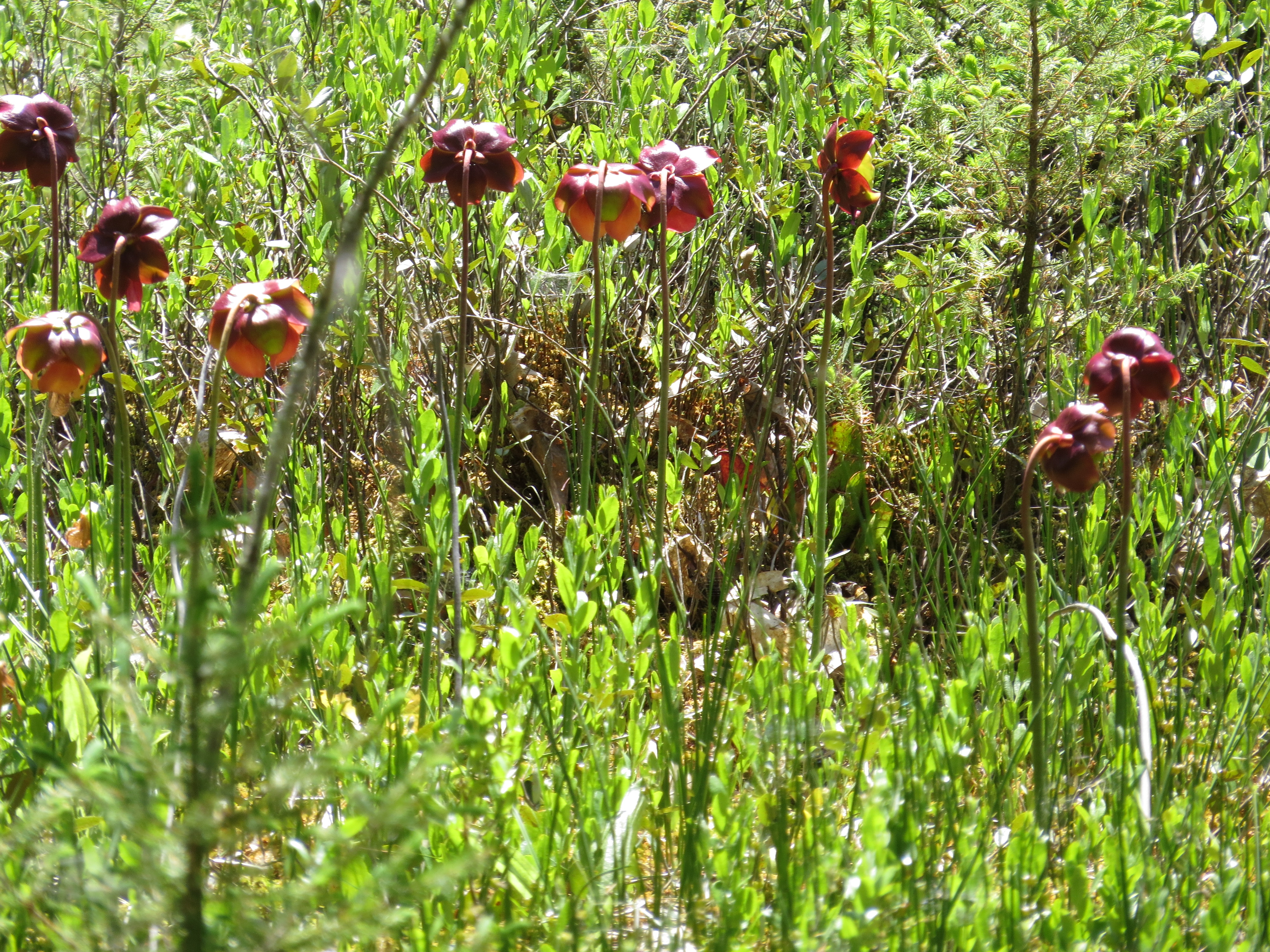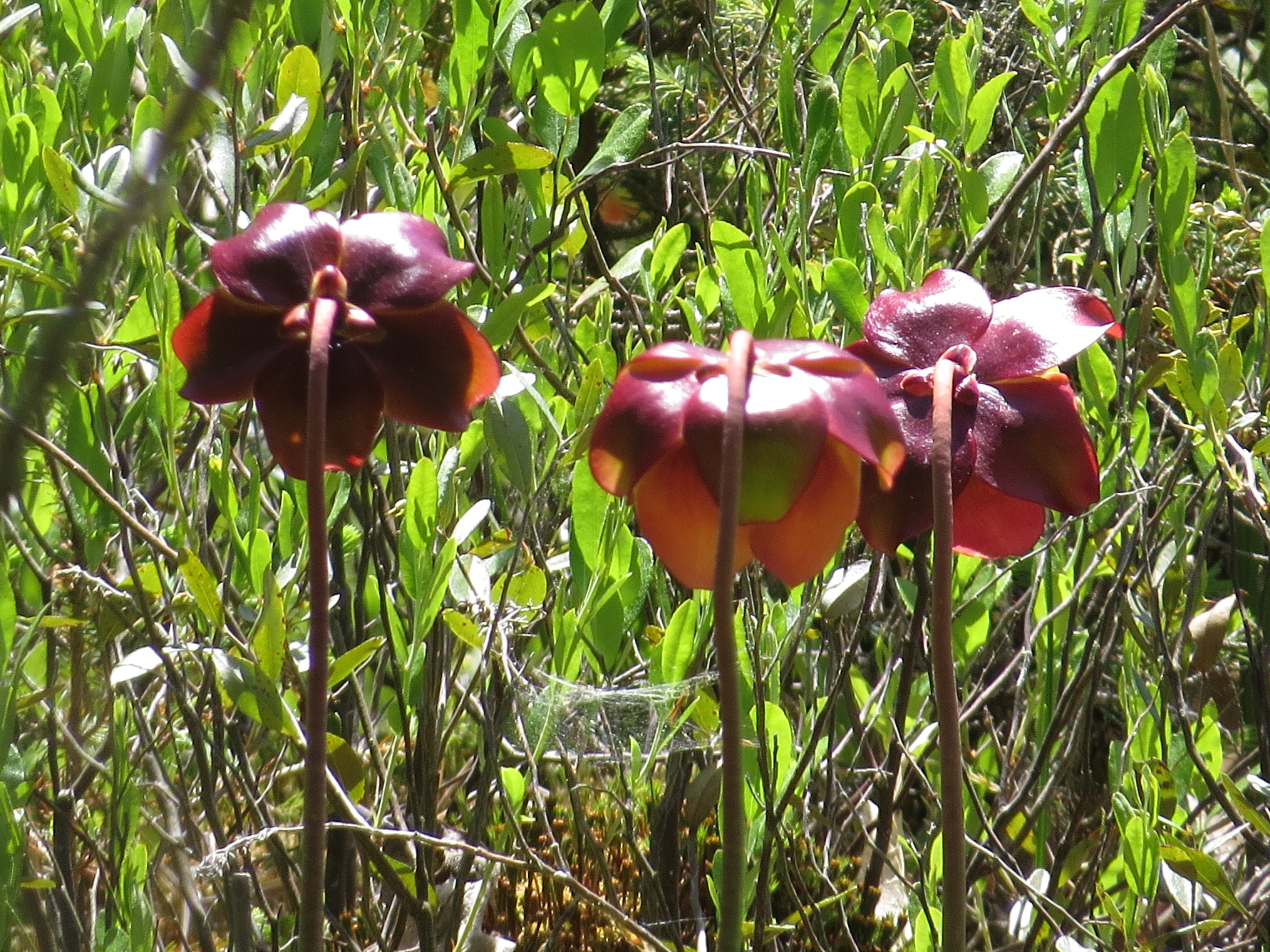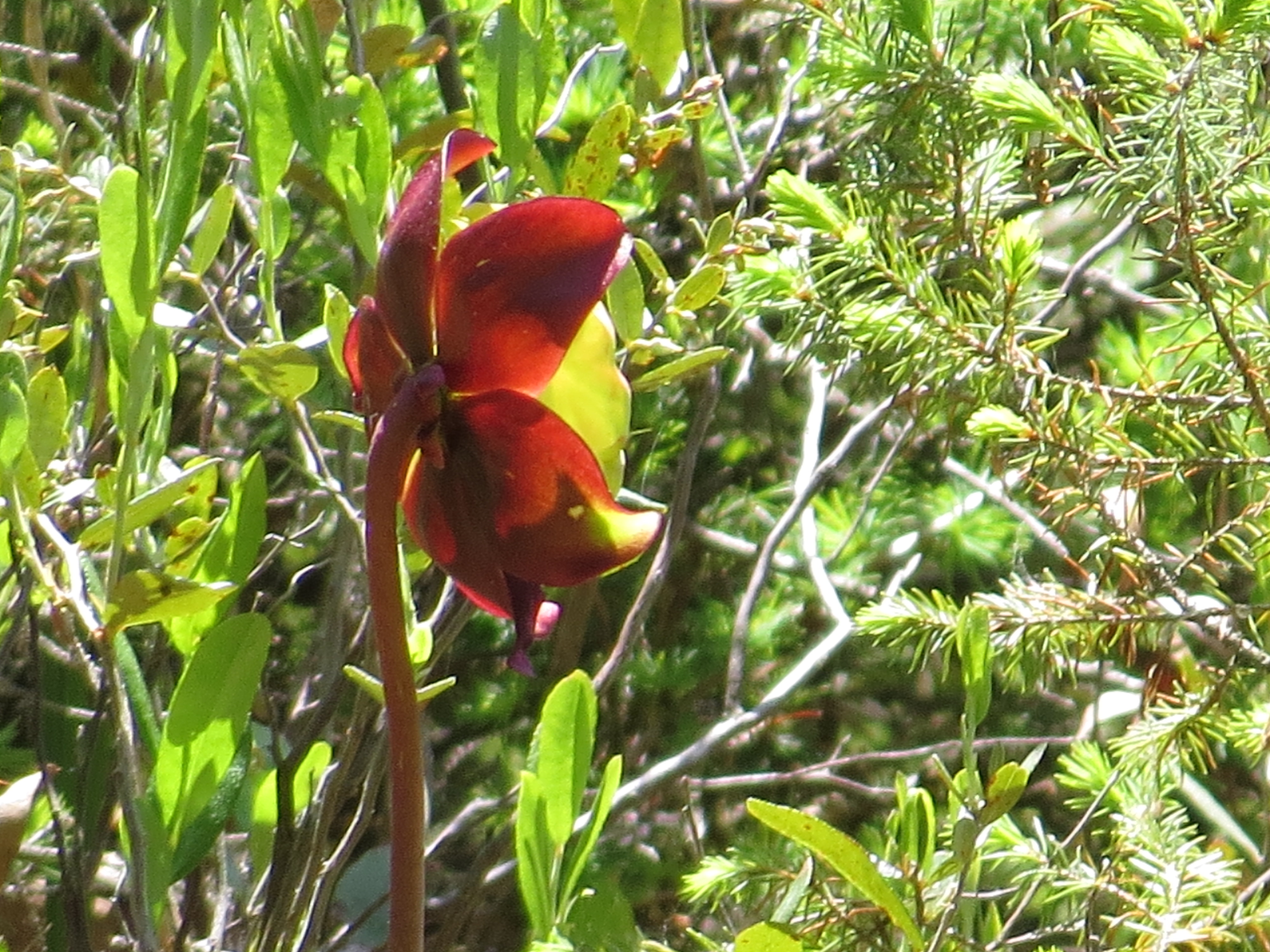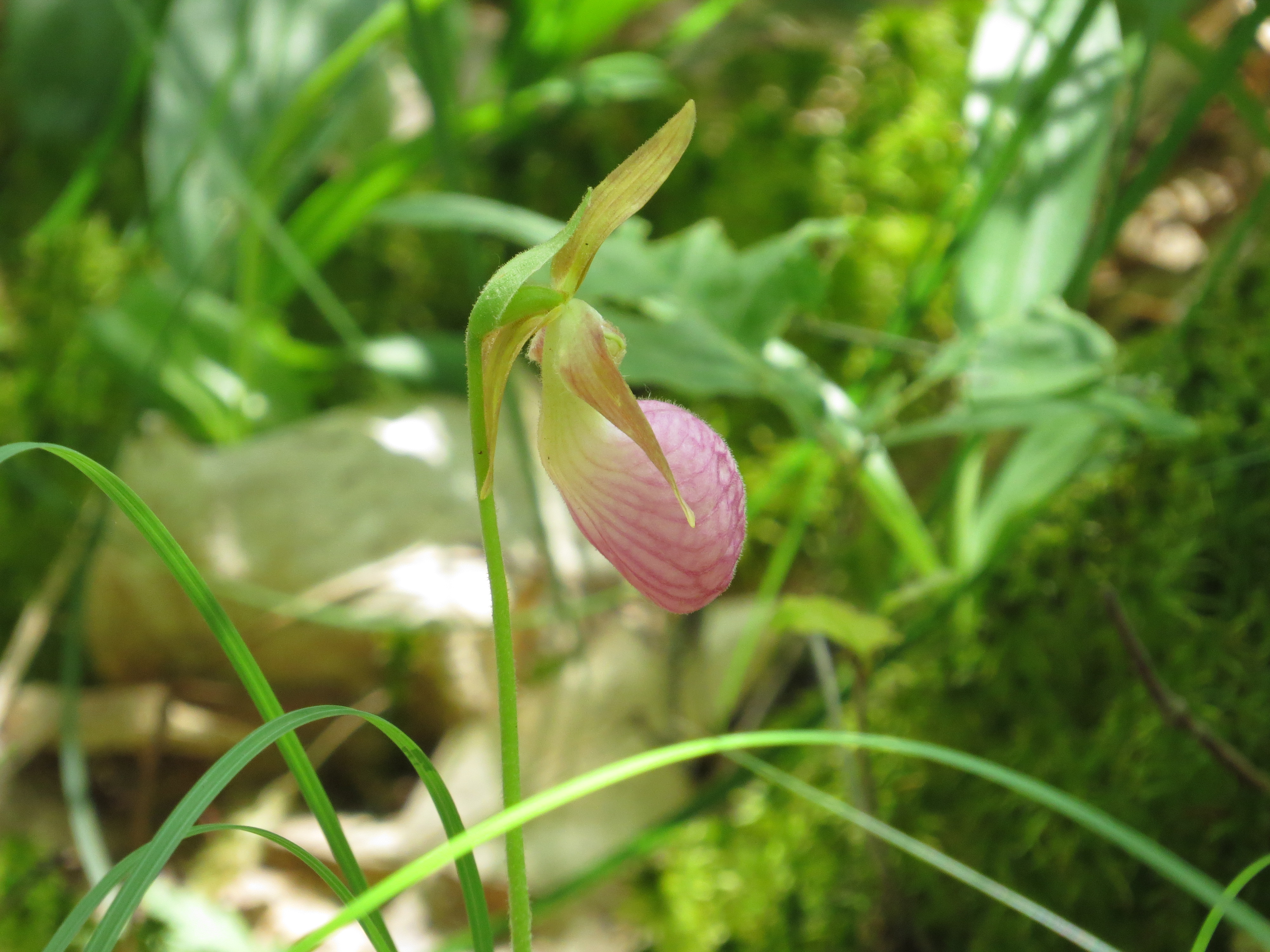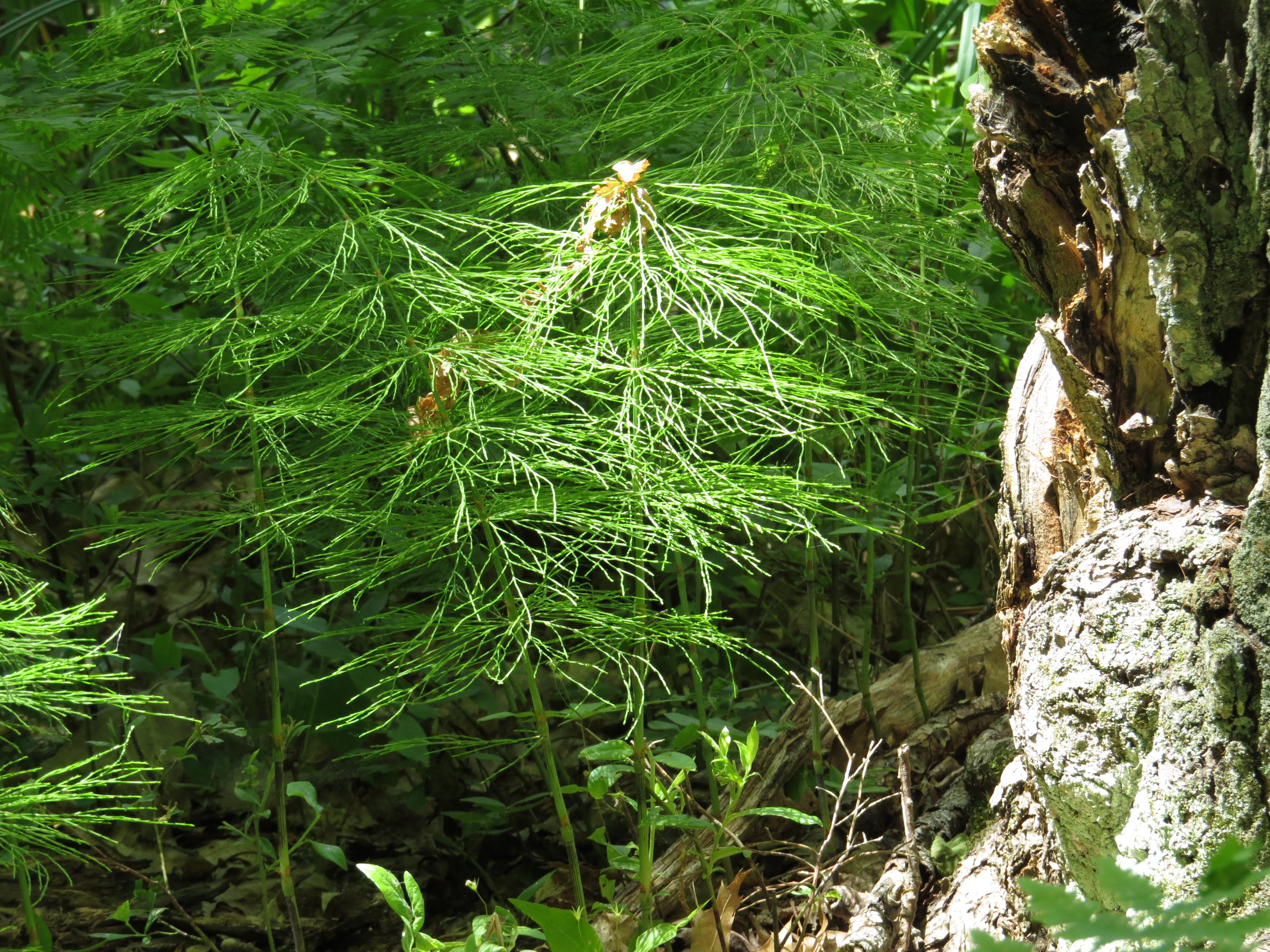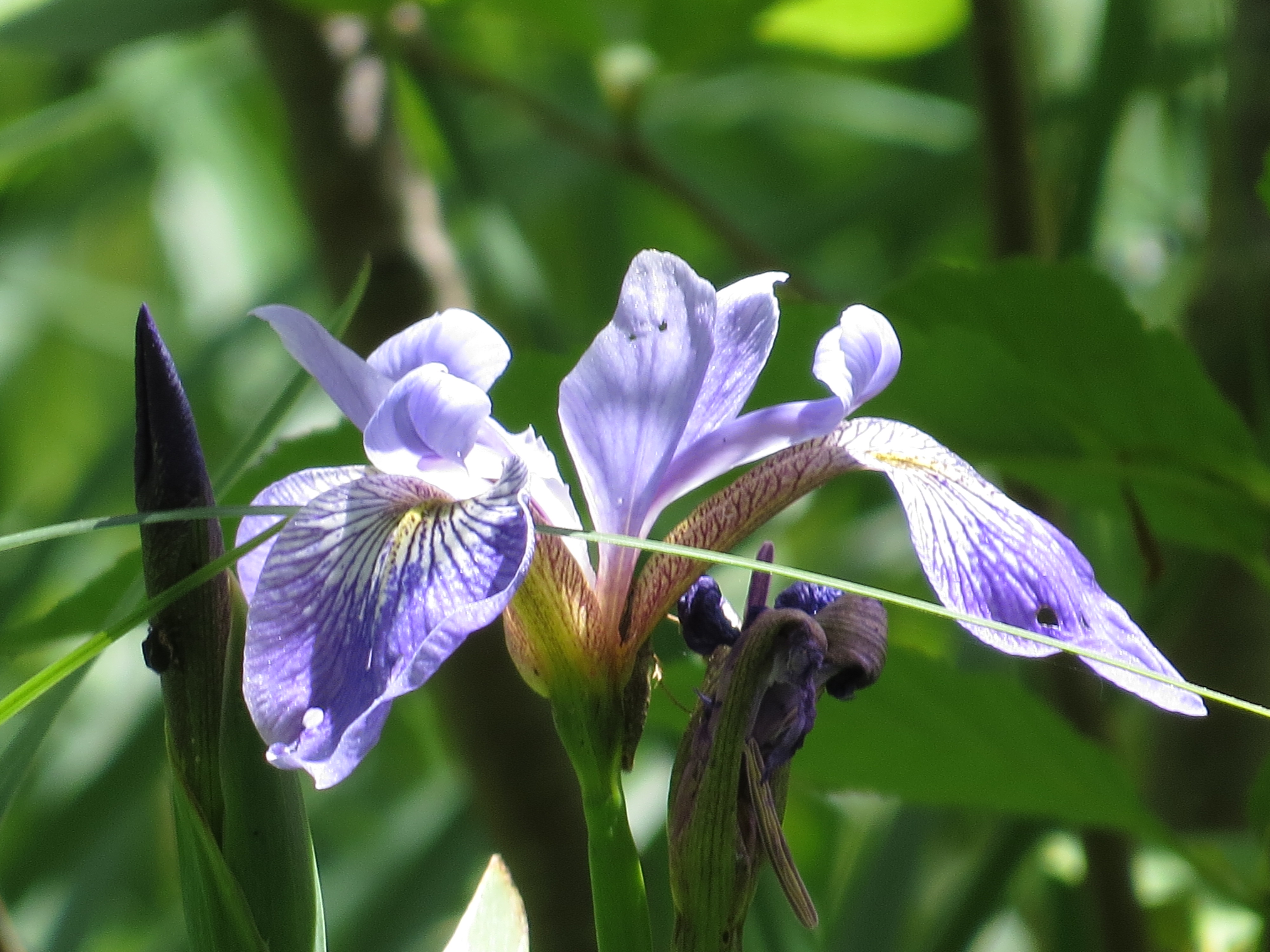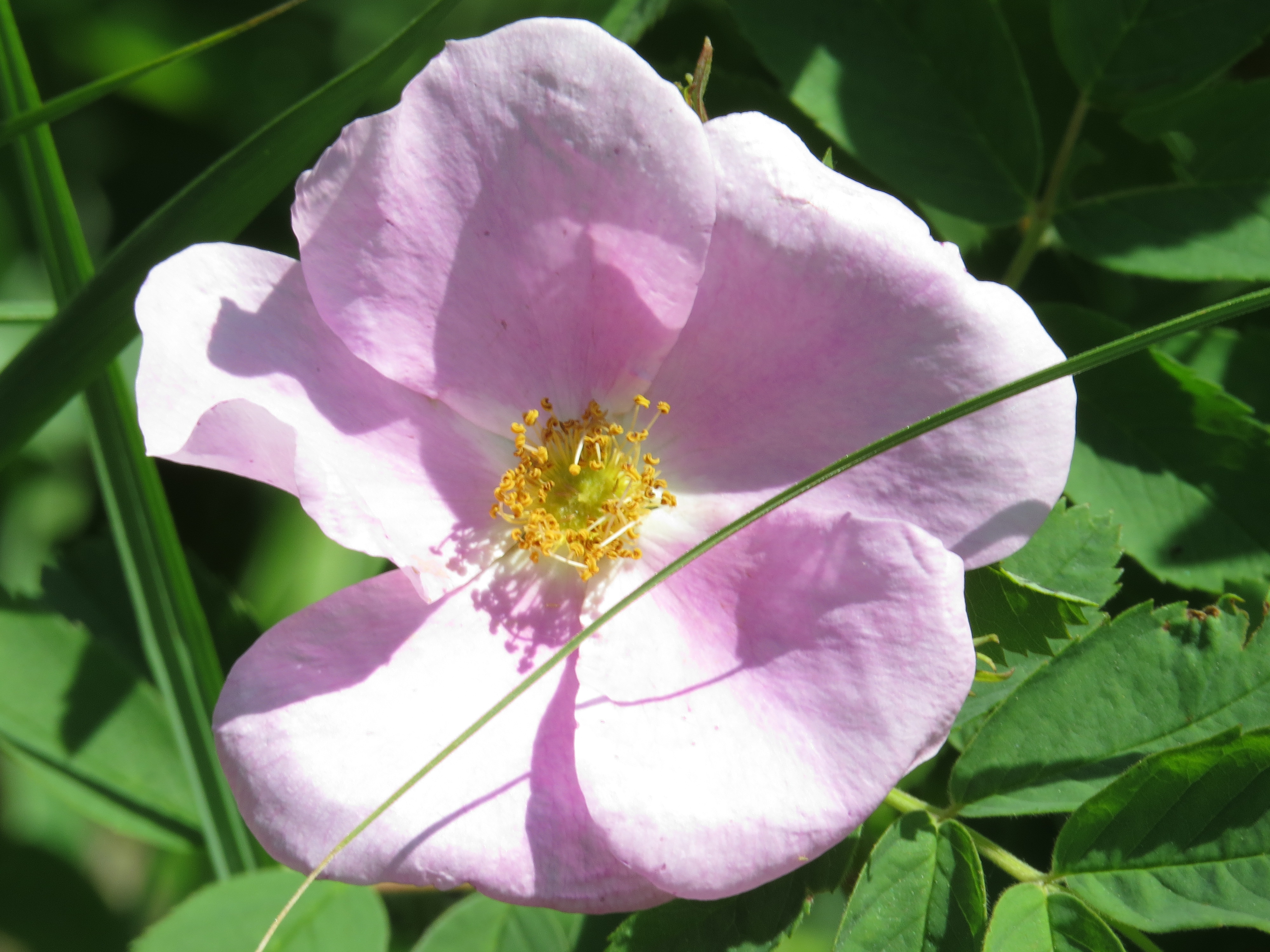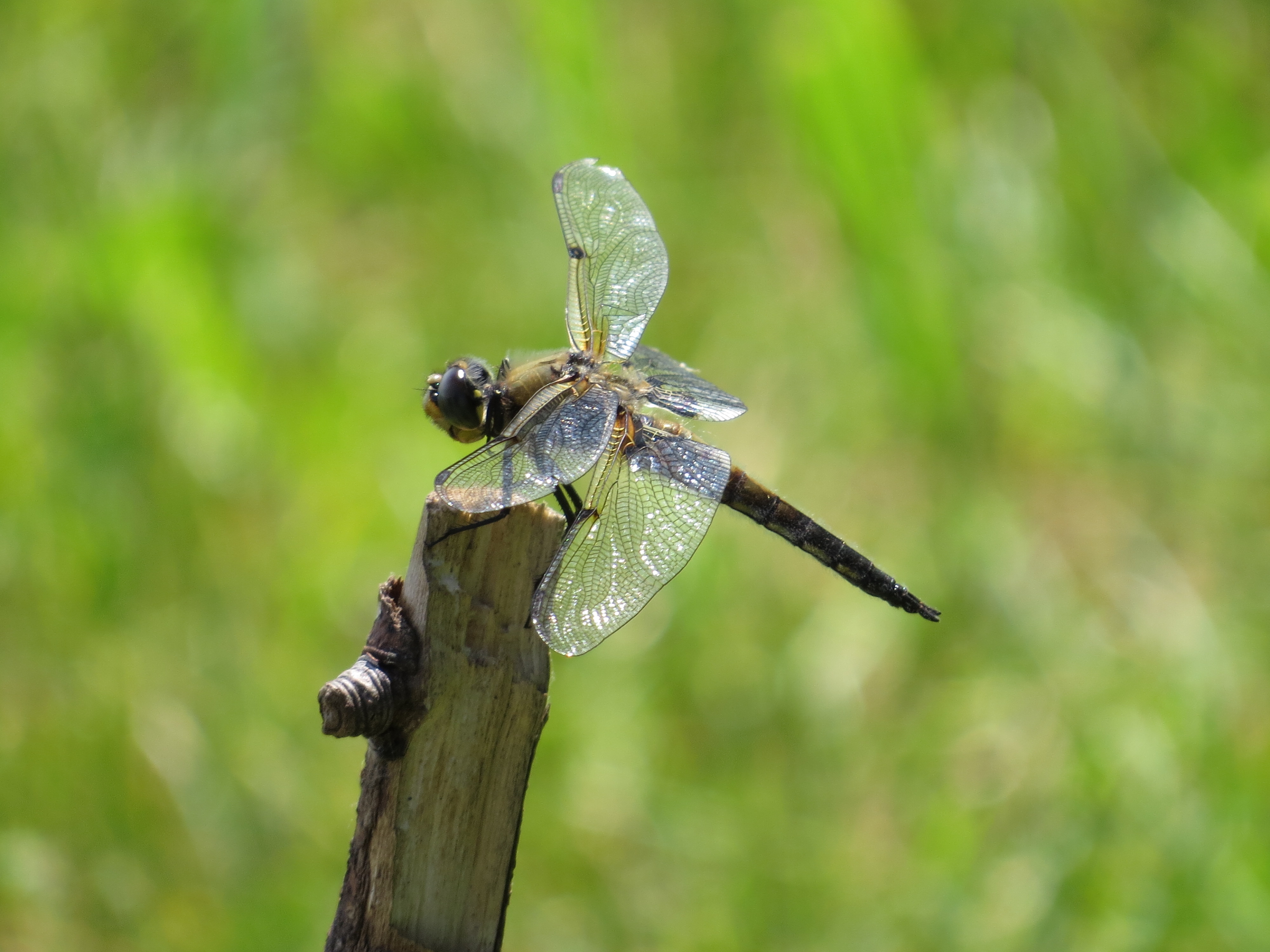July is taking a long time. It’s only been three weeks since the 4th holiday, but it seems like so long ago—and we still have another week until we turn the calendar to August. I’ve always been curious about why time seems to move at different speeds. I do know that pain—physical or emotional—s-l-o-w-s d-o-w-n t-i-m-e. There is usually no endpoint in sight—if we knew the pain would end at such and such a time, our minds would be able to skim over the suffering with determination—‘Yep, I can do this.’ With no endpoint to hitch our hope to, our confidence takes a hit, our determination wanes, and time drags on. I’m pretty sure this is where addiction steps in to ‘manage’ the pain…and time. But time can also move slowly when we are waiting—waiting for baby to come, waiting to hear back from the doctor, or waiting for a long anticipated celebration or event. Good or bad, waiting slows time. How about when time goes fast? When one has too much to do within a certain amount of time—deadline crunches crunch time. Time goes fast when ‘spending time’ doing something we love to do or being in the presence of someone we love to be with—especially when that time is short. We want that feeling to continue, but time is fleeting. I do recall days, though they are few and far between, when time was perfect—neither too fast or too slow. Usually those days are busy, but not hurried, fun, but not manic, productive, but not intense, and usually those days are shared with someone I love.
So back to slow July. For me, heat and humidity are days to suffer through, and thankfully air conditioning (such a funny name, really) minimizes my suffering even as it contains me inside when I’d rather be outside. (As I stare longingly out the window…) Add to that a drought, and I just about can’t take it. The suffering of trees, crops, flowers, and garden plants is painful to see. Then, why is there so much drought…and fire…and water shortages…and on the other side, extreme rains…flooding…and excessive storms? We know the reason why. What are we waiting for in a-l-l t-h-i-s s-u-f-f-e-r-i-n-g?
We have a little oasis back in the trees where we have chairs, a fire ring, small table, and this summer, a tent for camping out in cool nights or reading in during breezy afternoons. In July, our oasis has been a desert of sorts. No fires. Match-like mats of bone-dry pine needles. Suffering trees, dying trees. But I go back there still. I found a random Lily growing under a Jack Pine. It provided food for hungry ants. Daisy Fleabane—little yellow-bottomed cups of frilly white petals—and Spotted Knapweed—lavender and purple spikes that curl into a knot when spent—still grew and flowered and provided food and beauty. (Though Knapweed is listed as an invasive, noxious weed.)

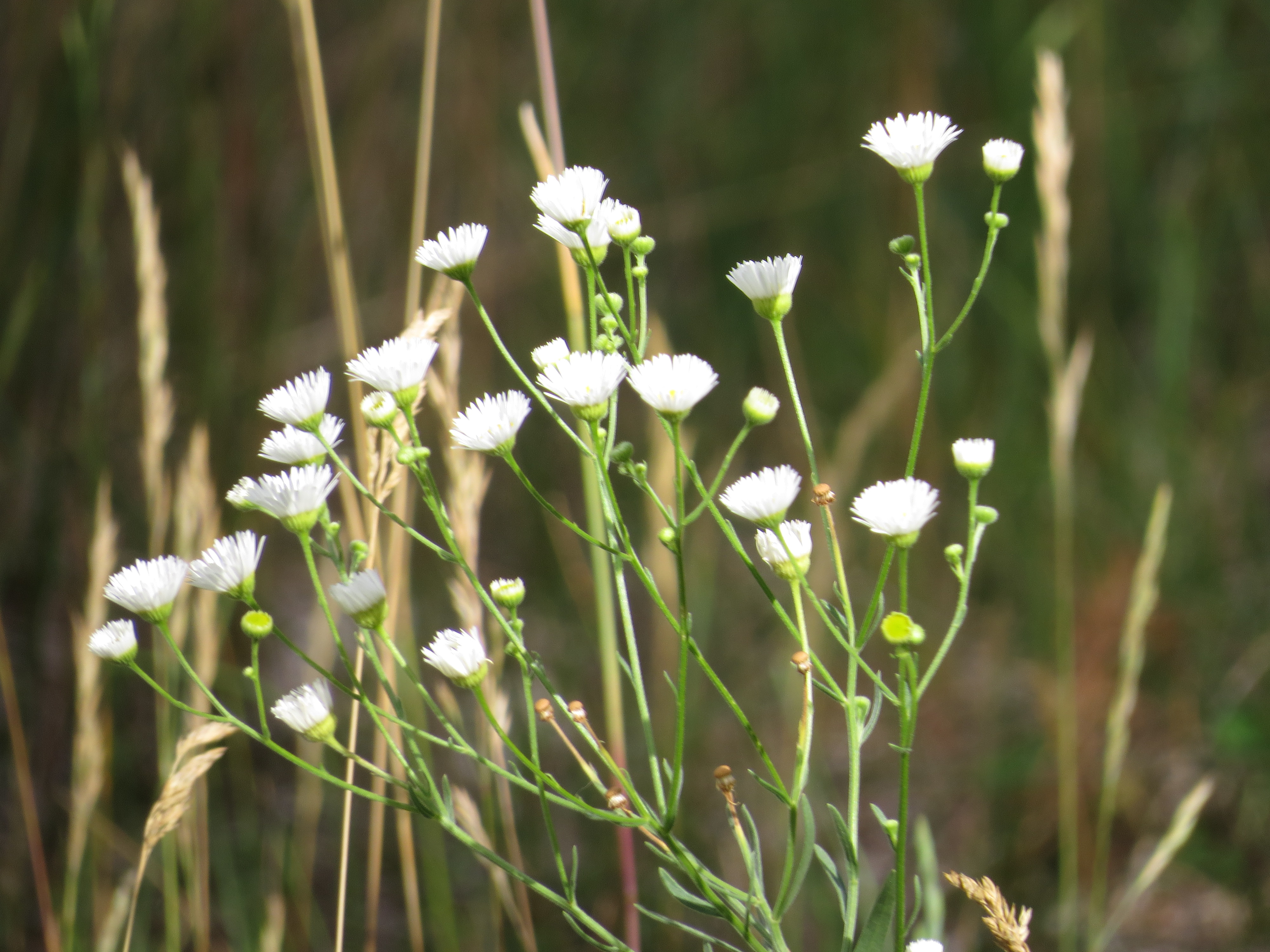

One evening when the sun was shining sideways into the trees, I noticed a whole spider-web town on the pine needle floor. Without the sun, I probably wouldn’t have noticed them. Each web-house was unique in size and construct of using sticks, pinecones, and needles to weave their webs around. There were dozens of them shining in the sunlight.
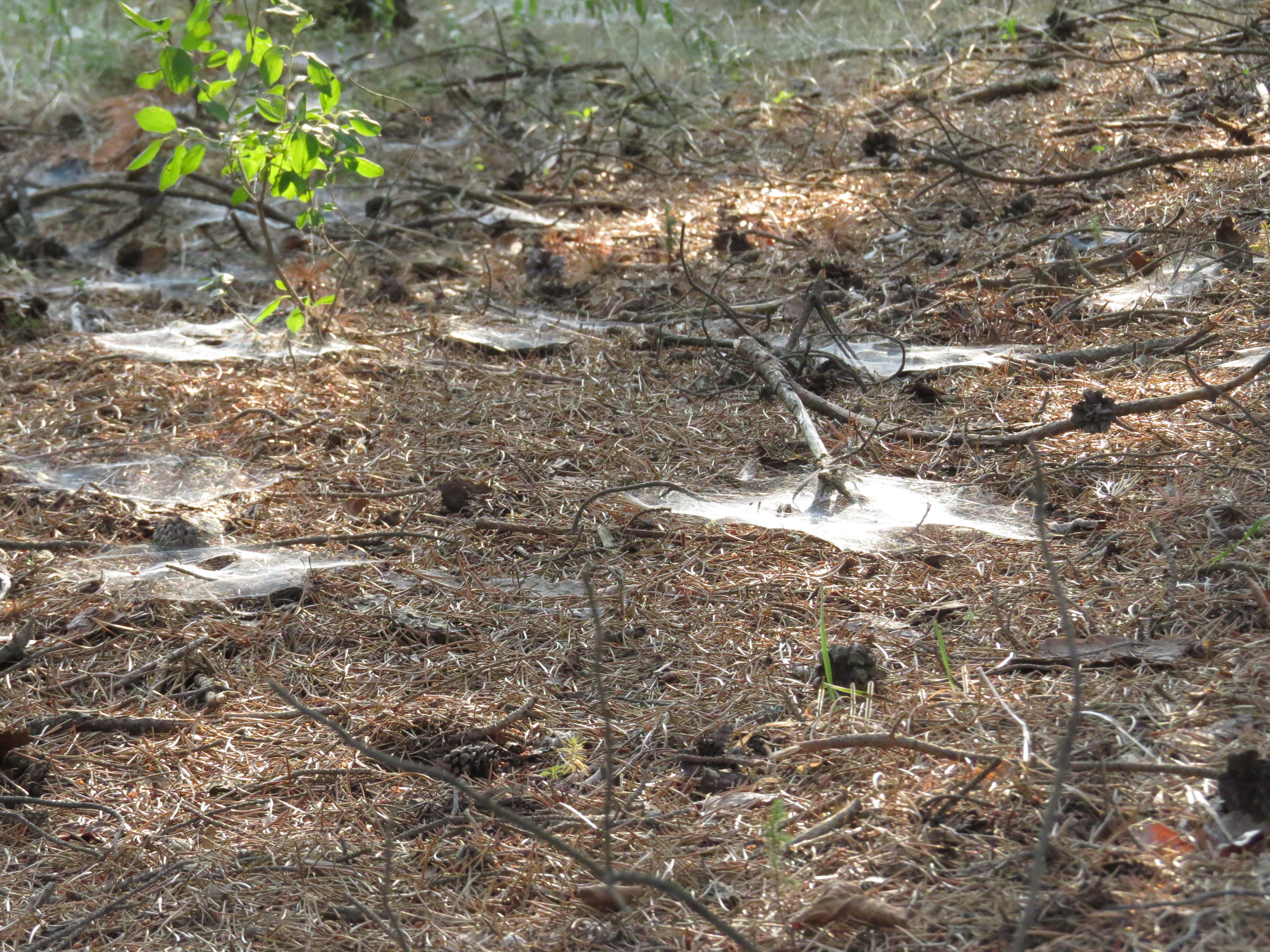
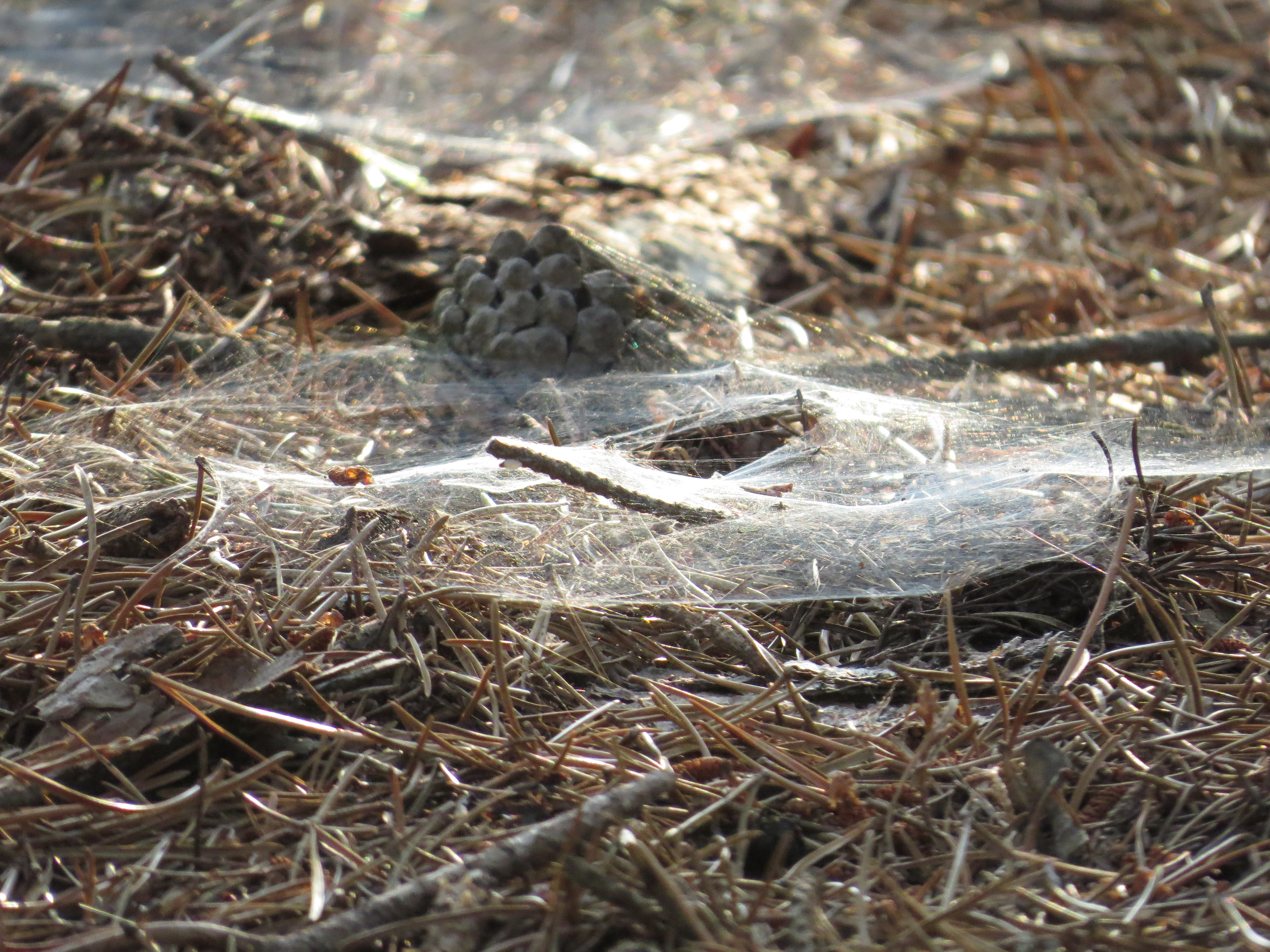
Each web contained a funnel where the Grass Spider could wait for any prey that happened to get too close. I had seen these webs before in the dewy grass of the lawn, but what struck me about these were the glistening colors of the gossamer webs. They were like mini-rainbows but random in their color sequencing. Strands of gold, copper, green, and orange. Hints of red, pink, and blue—like threads of gemstones. Beautiful houses of color!


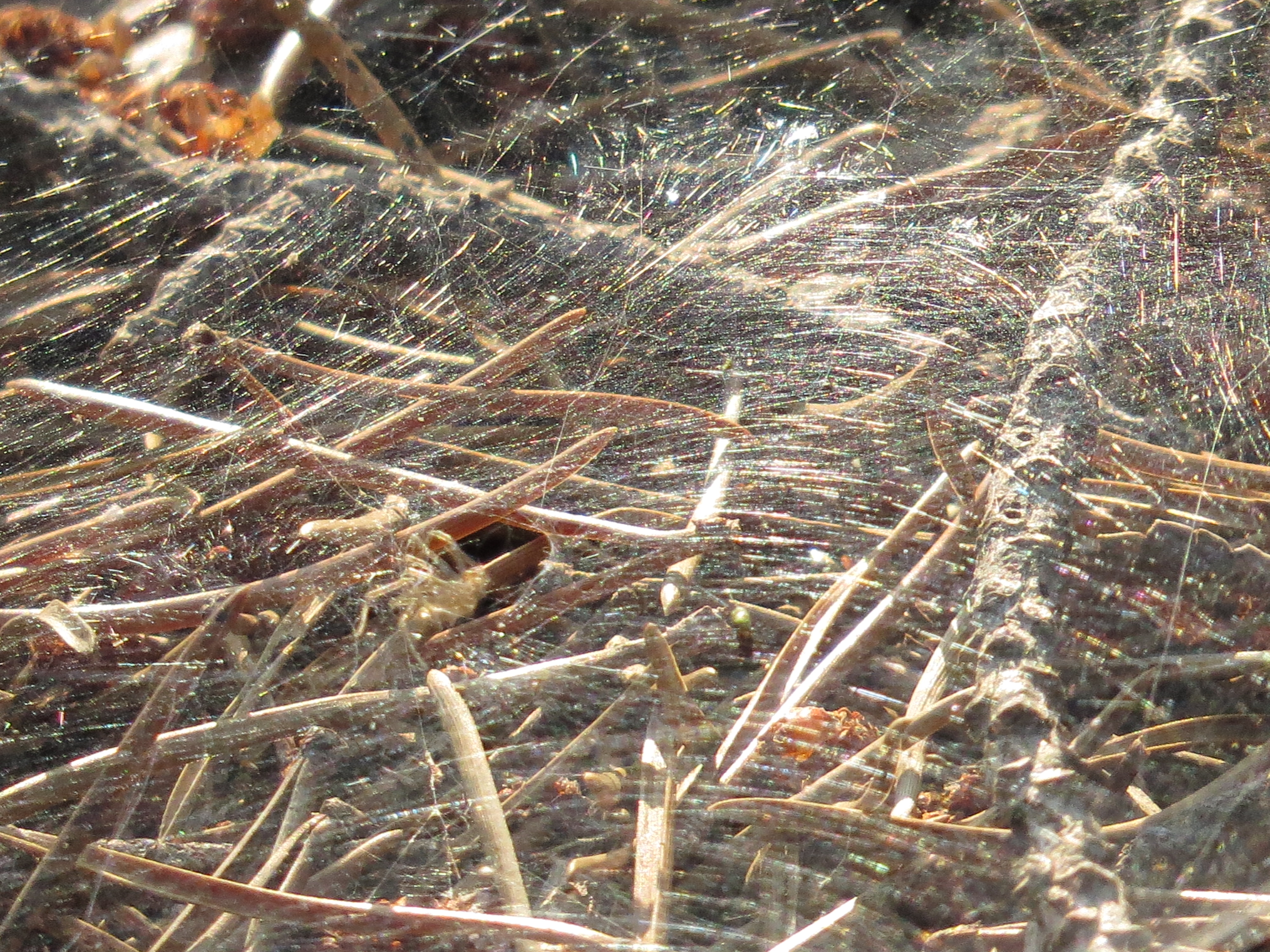
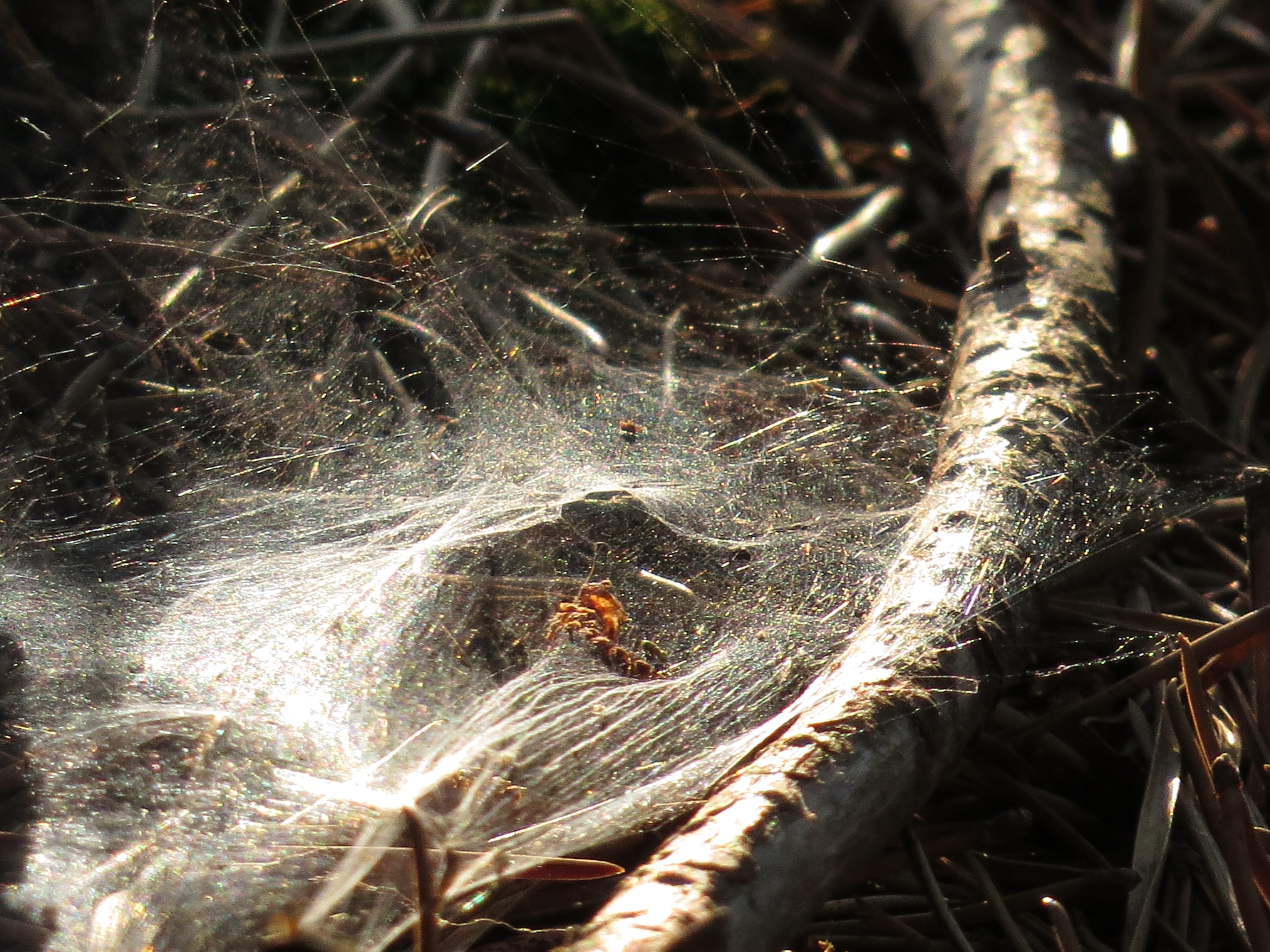

One hot, dry, July evening, as darkness was falling over the trees, a doe and her mate grazed at the edge of the yard. His velvet-covered antlers were still growing—the ends were tender bulbs, not pointed tips. He had old scars on his shoulder and hip, wounds more likely from an encounter with a car than one with a fence. Survivor.
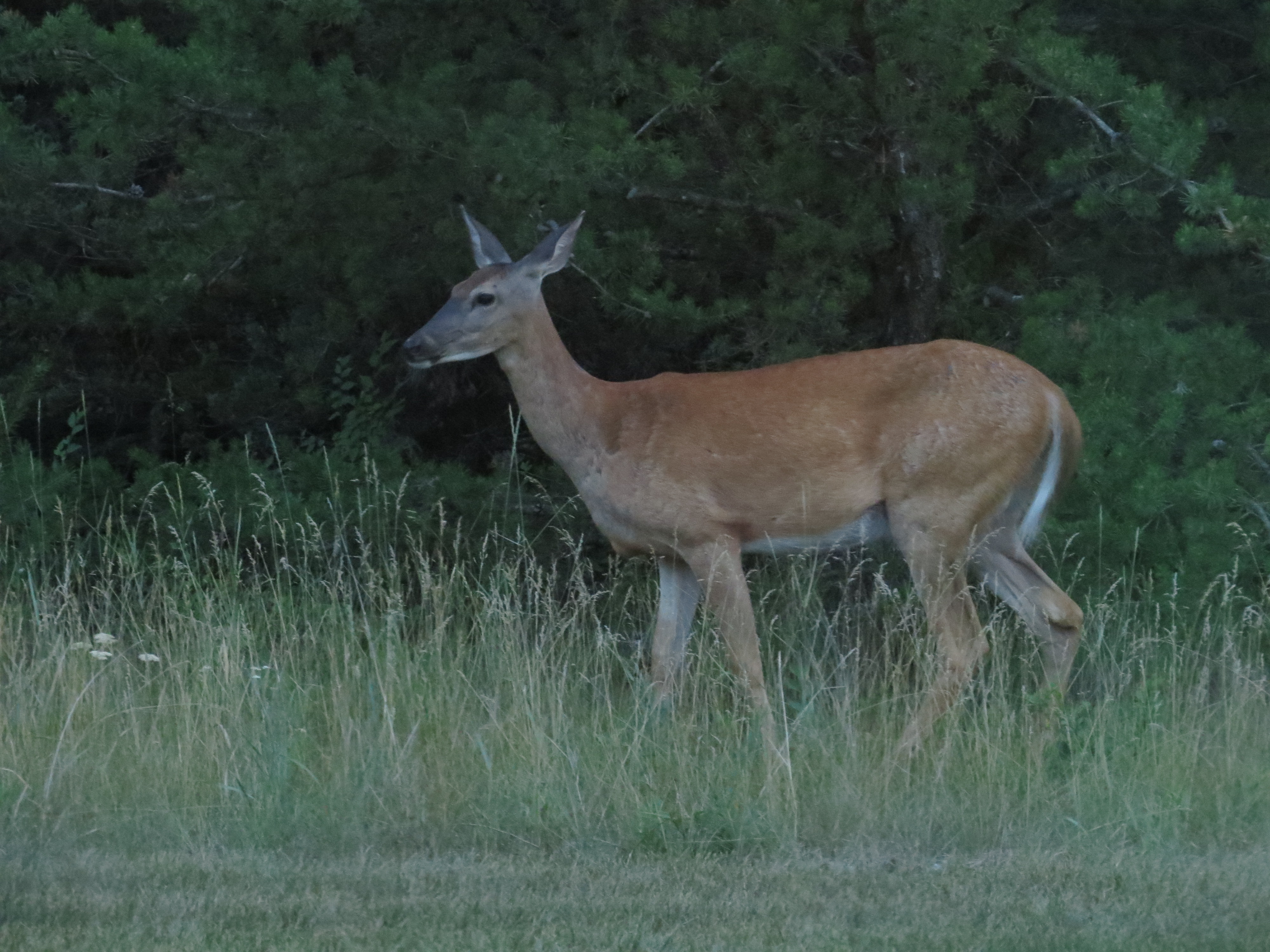
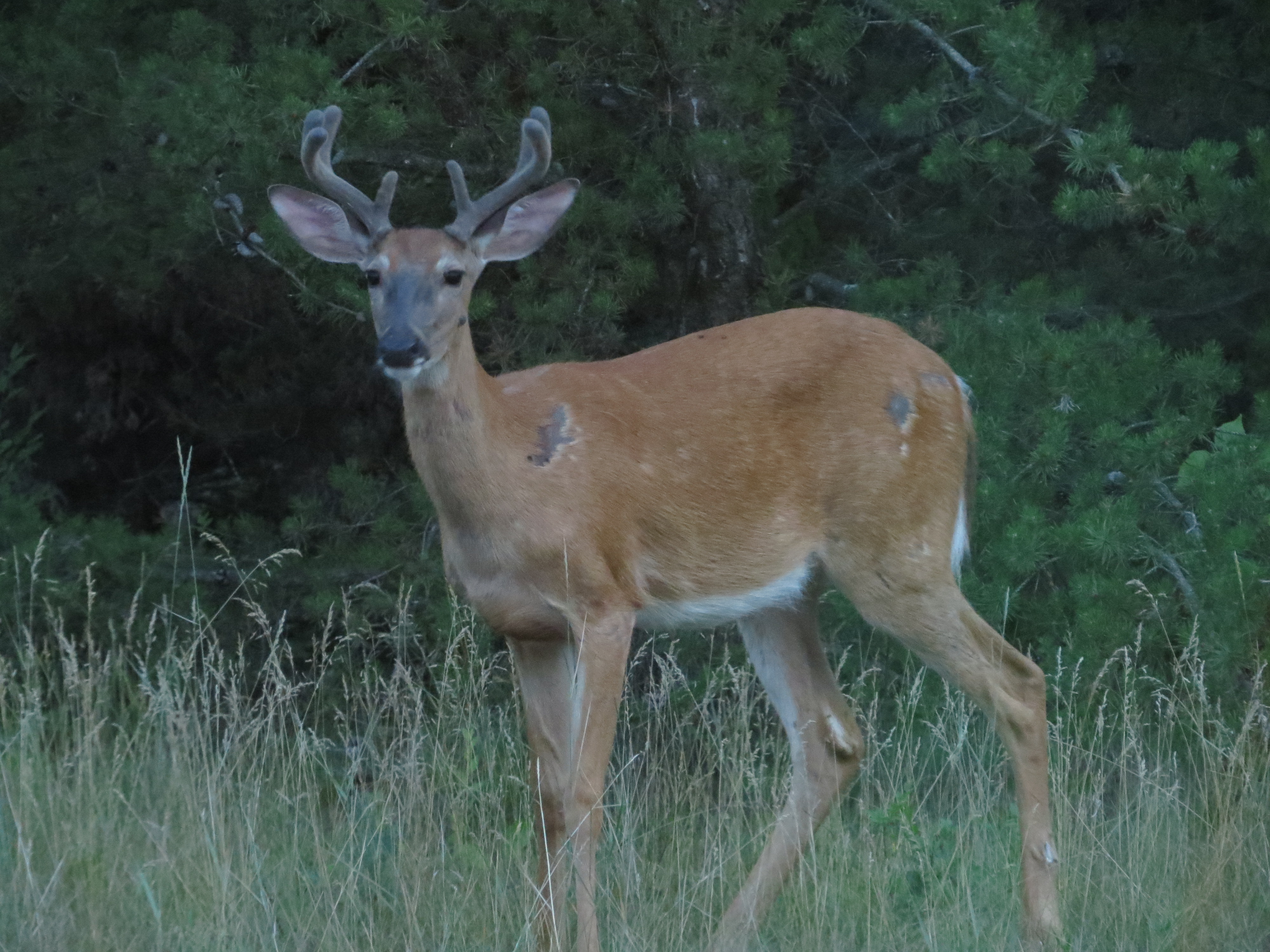
Just the other day, a walk through the trees showed the drooping, dismal dehydration of even the hardy Sumacs. Their vibrant red flowers had crumbled and dried into brown clumps—the viability of the seeds were desiccated away. The lower leaves had turned red and were withering into dry stalks. Aspen trees were in protection mode also, with leaves turning bright yellow and falling to the ground. Autumn in July.
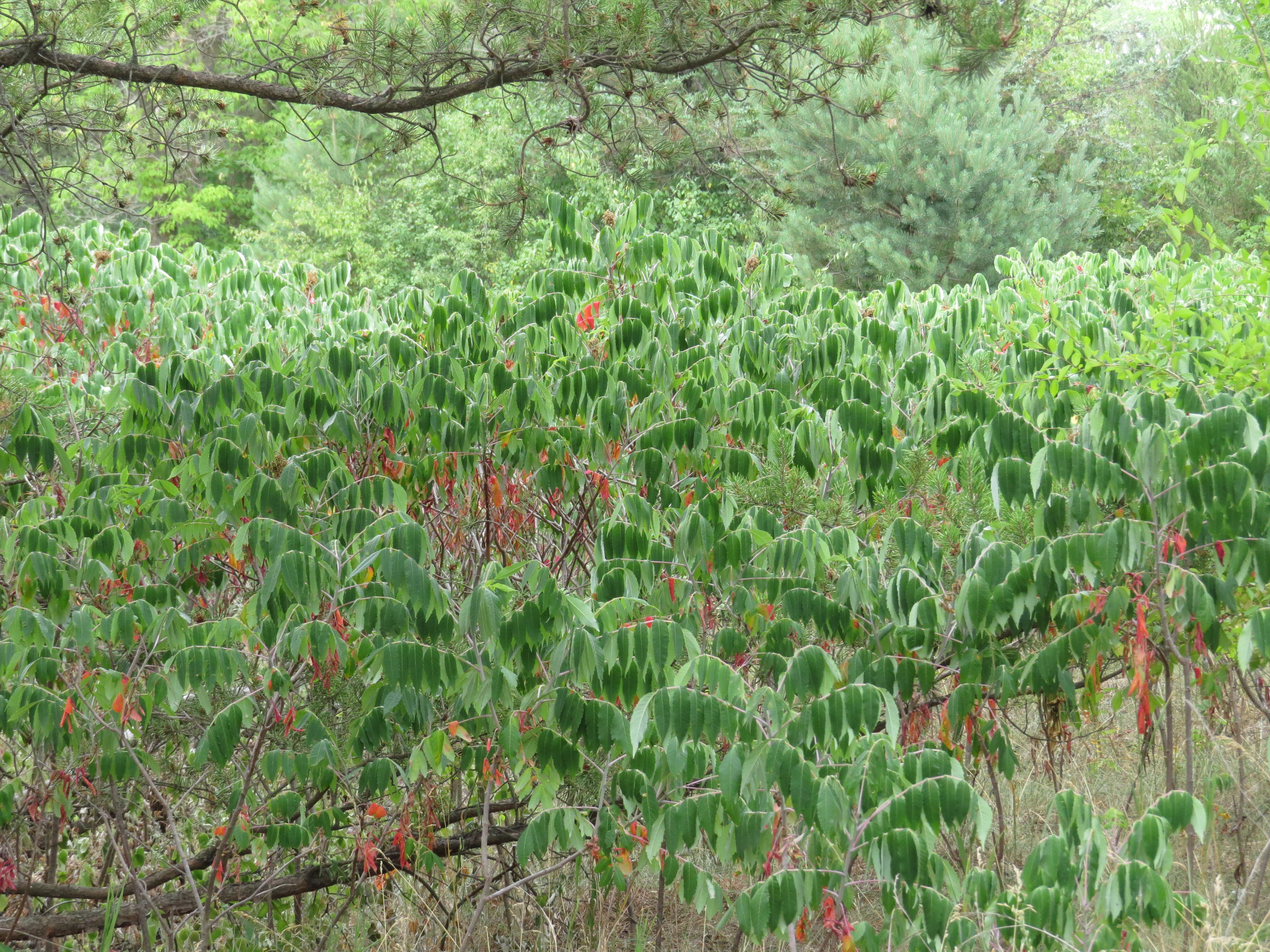
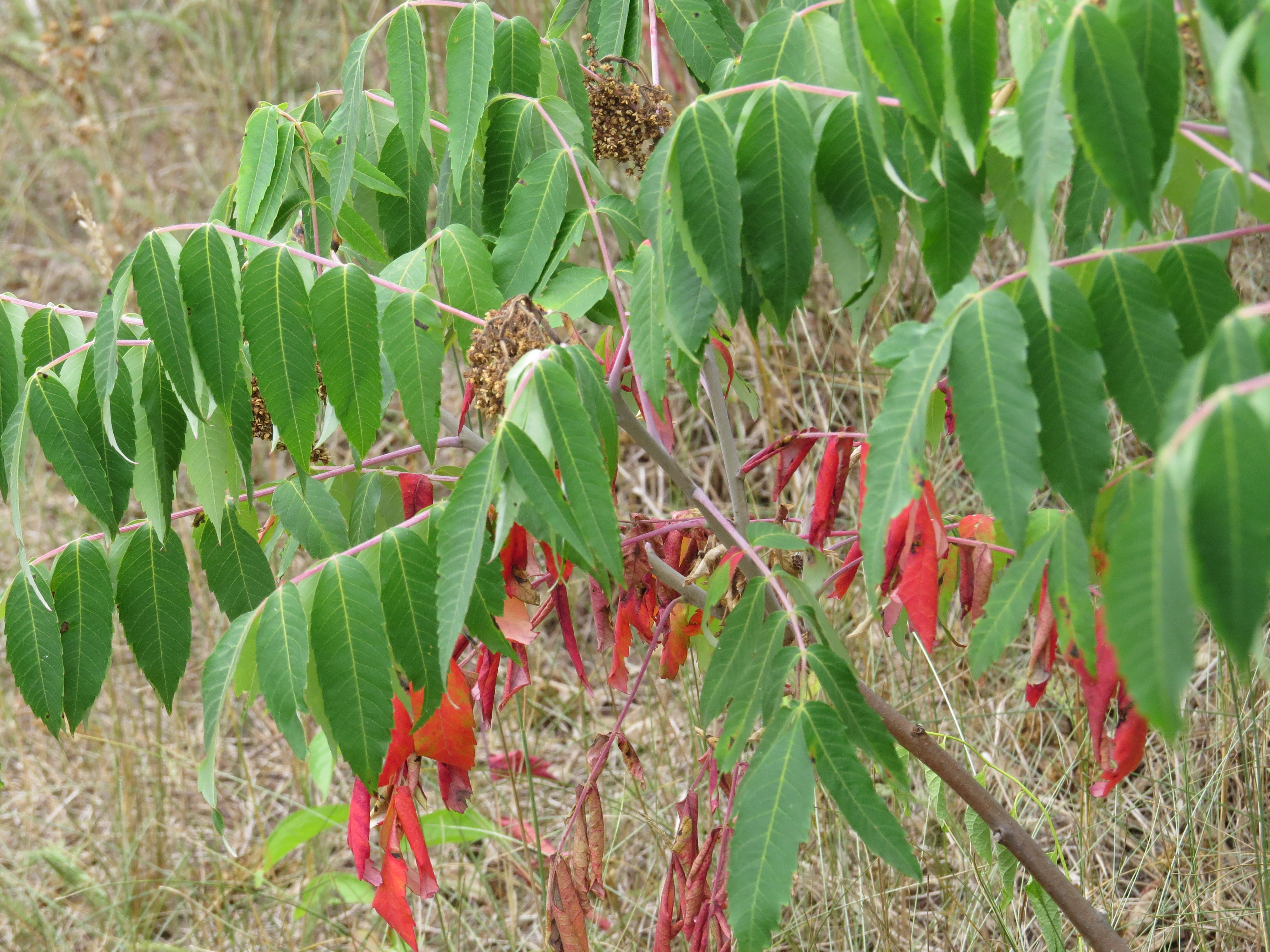
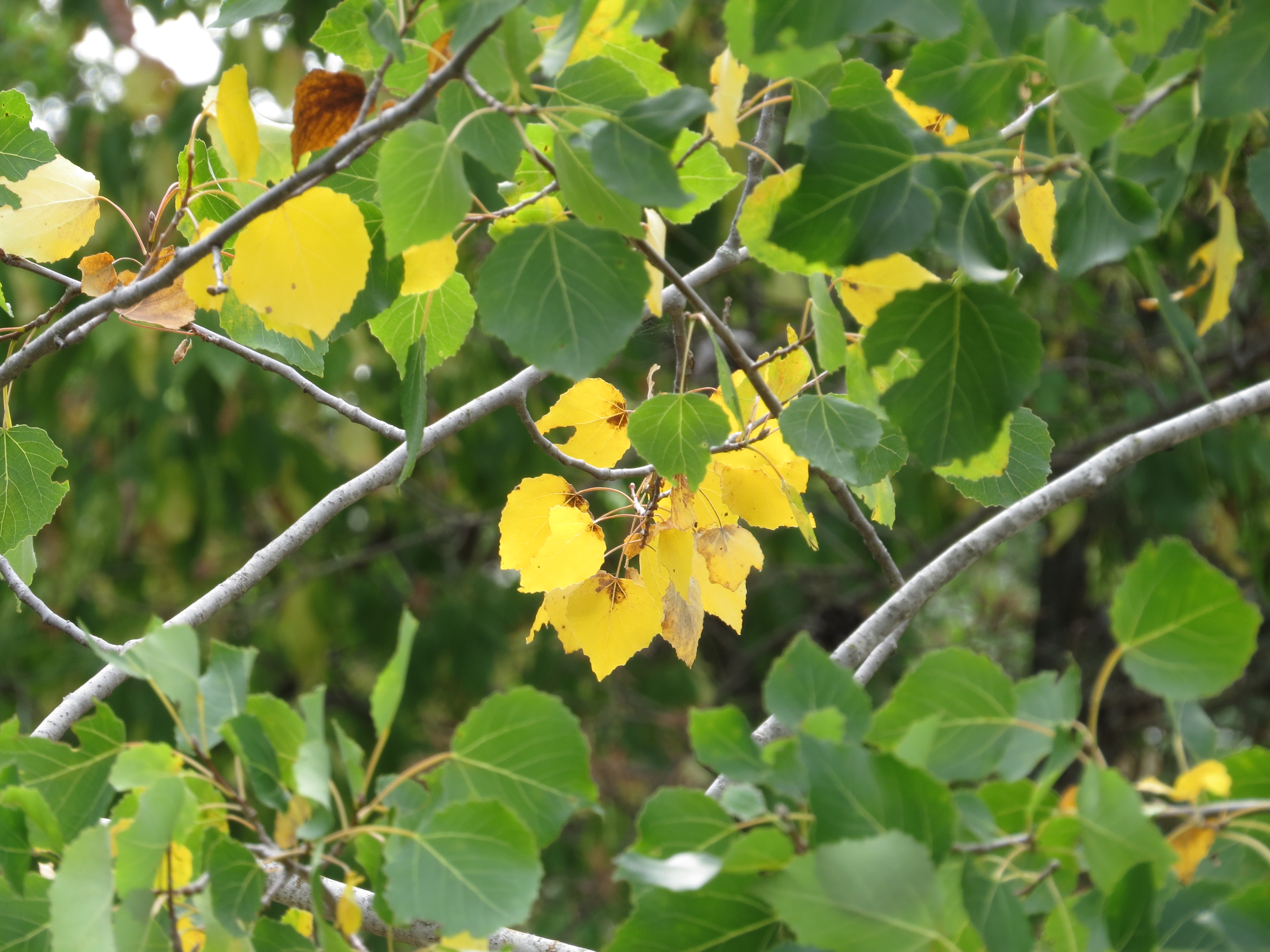
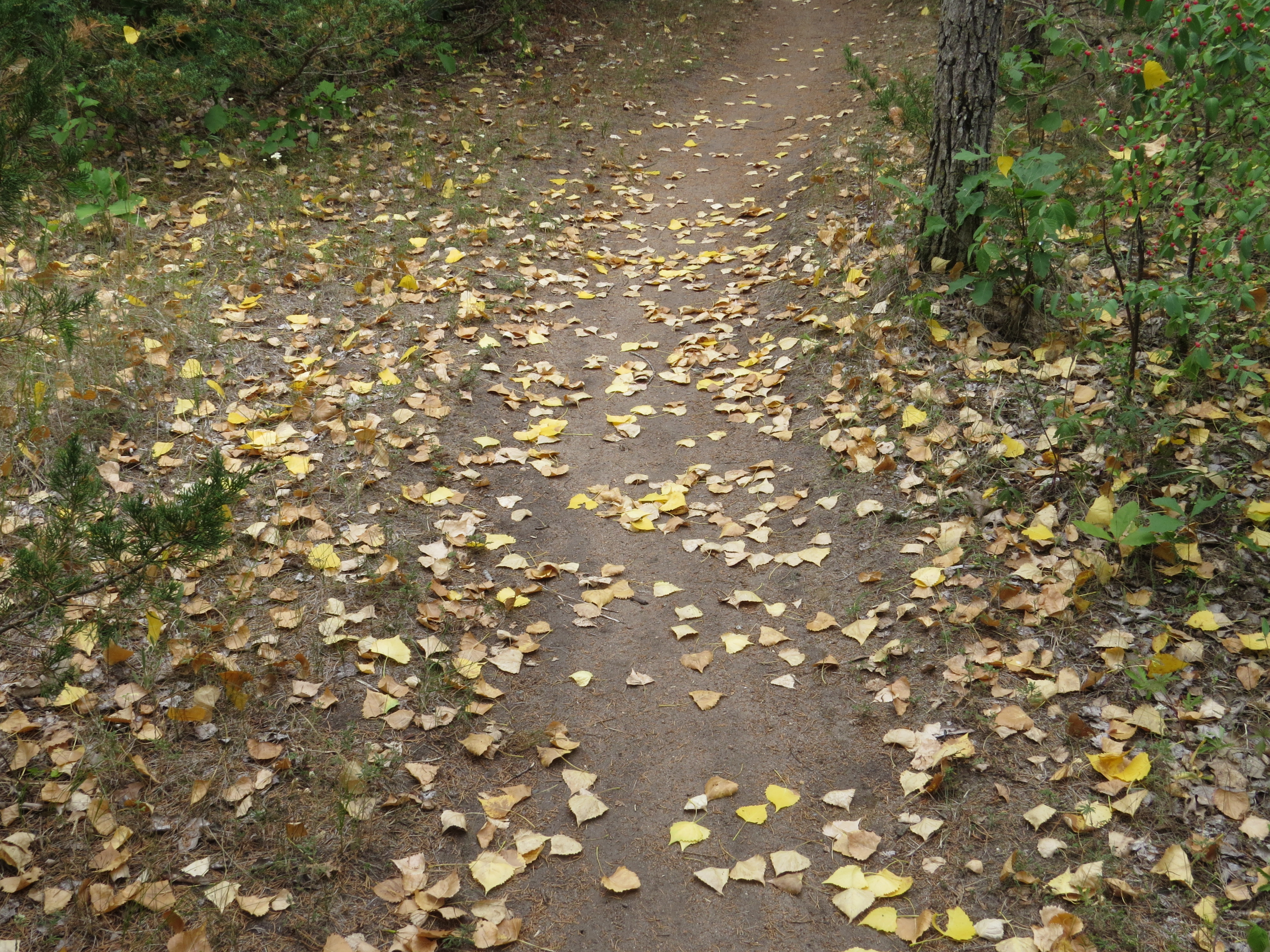
When pain and suffering strike, we all go into protection mode, whether tree, shrub, spider, deer, or human. We conserve our resources. We hunker down in our self-made funnels. We lose our reserves. We react in erratic-seeming ways. Time slows to a c-r-a-w-l. But hope is an exquisite flower in a drought. It is the sun-dazzled home of a ‘lowly’ spider. Hope is the instinct and desire for a mate. And hope is a nighttime thunder storm that drops an inch of rain. Hope is also awareness. We have a lot to do in a certain amount of time to save our Earth from our own destructive ways. I will not be blind to the damage already done and what will be done before we turn this ship around. We are losing people who should not have died. We are losing bees, butterflies, birds, and trees to harmful practices. There is too much suffering among all species. We cannot survive if Nature doesn’t survive. So every day I find some hope in a flower, a tree, or a spider. Perfect time flows from love.
